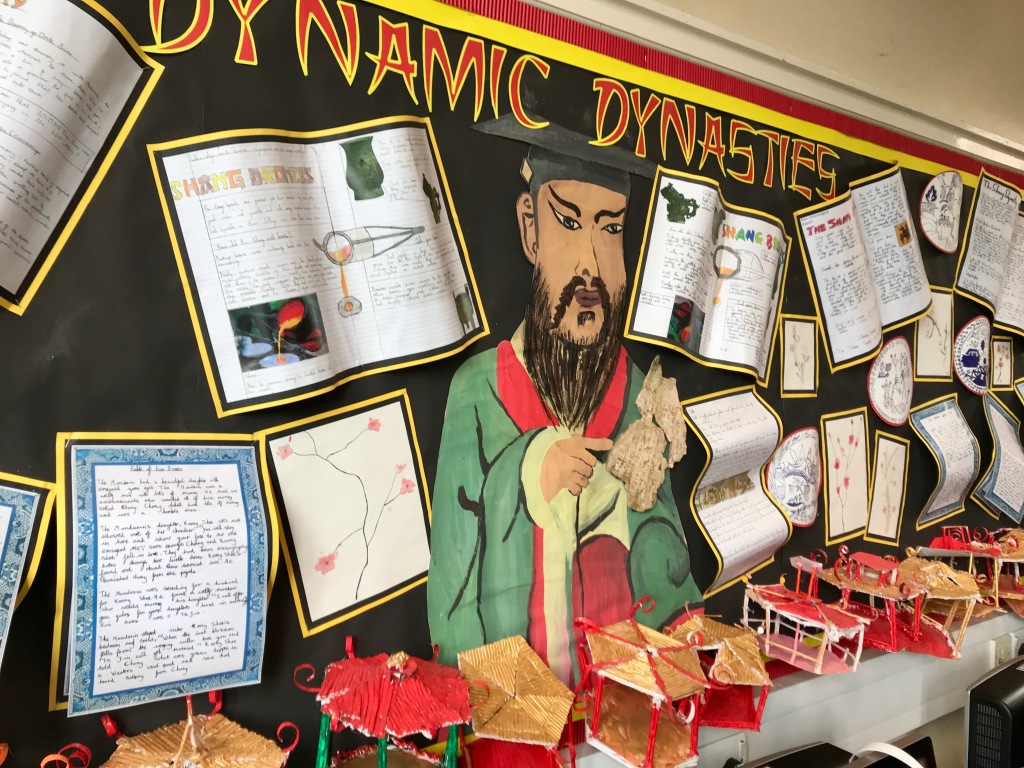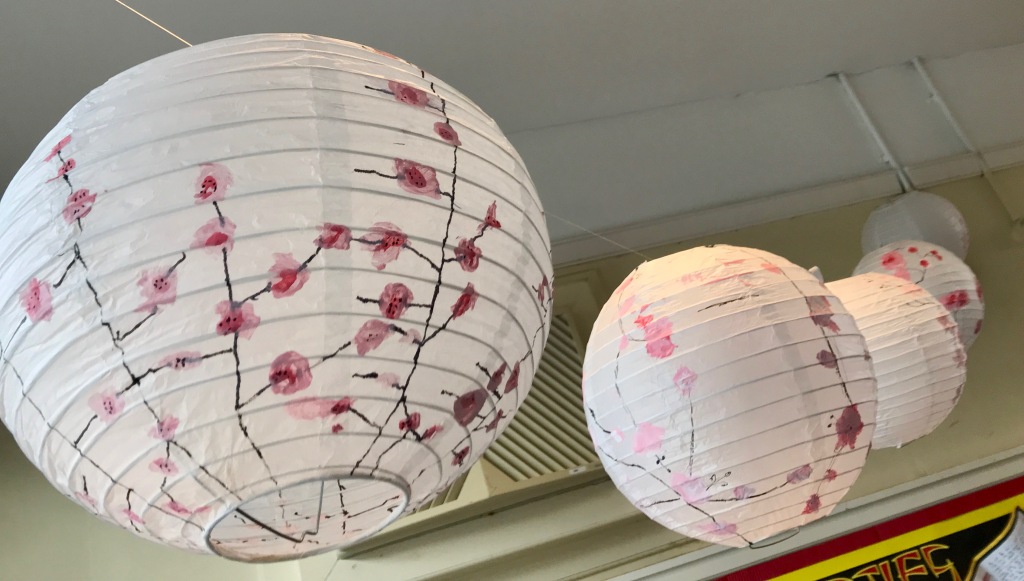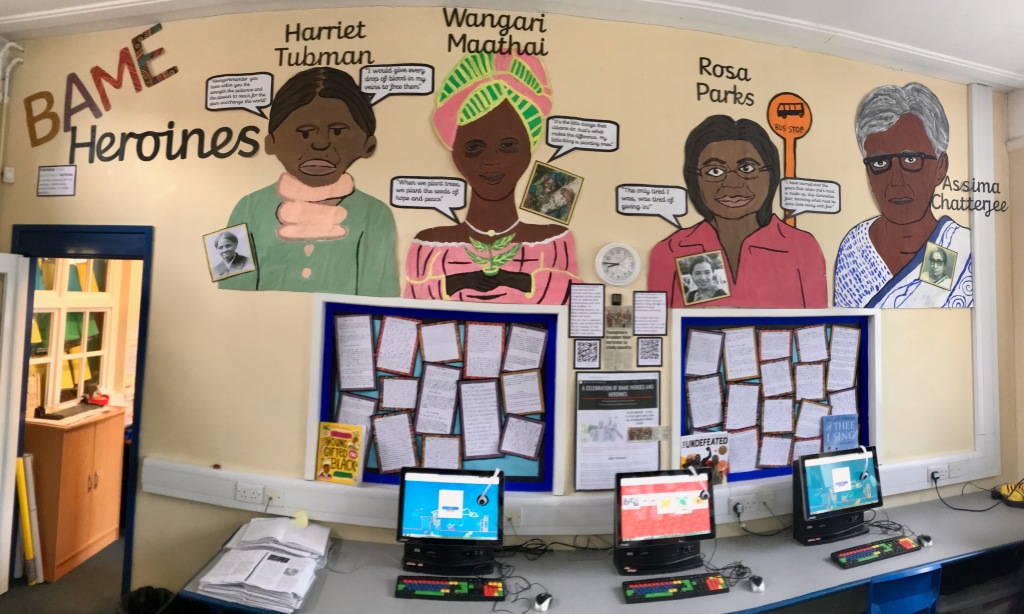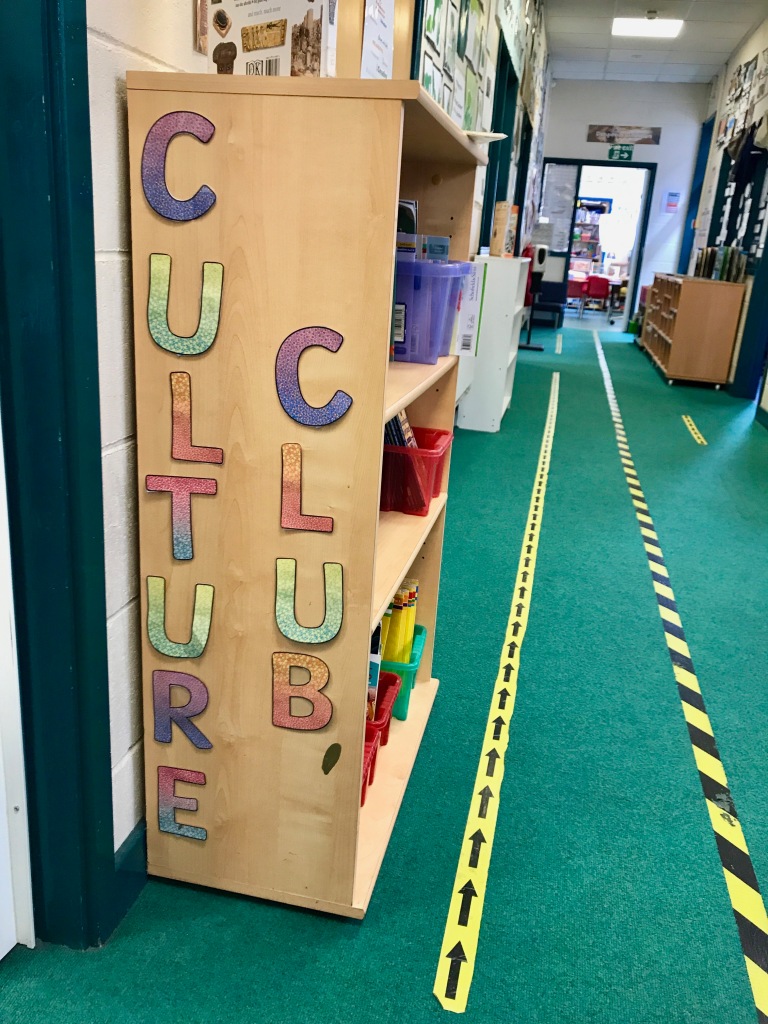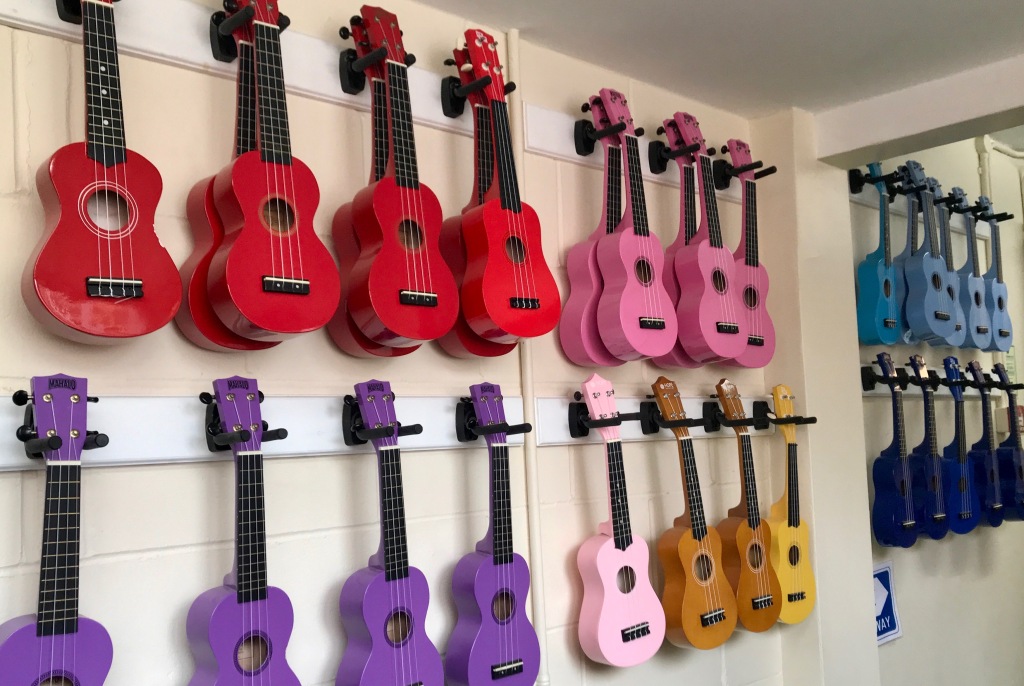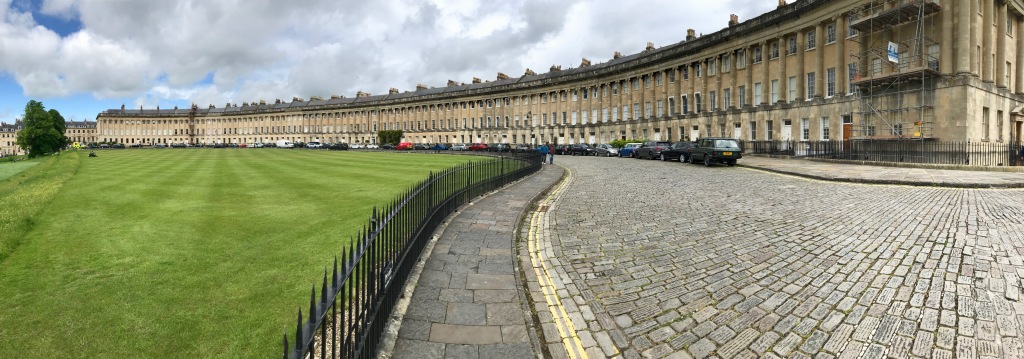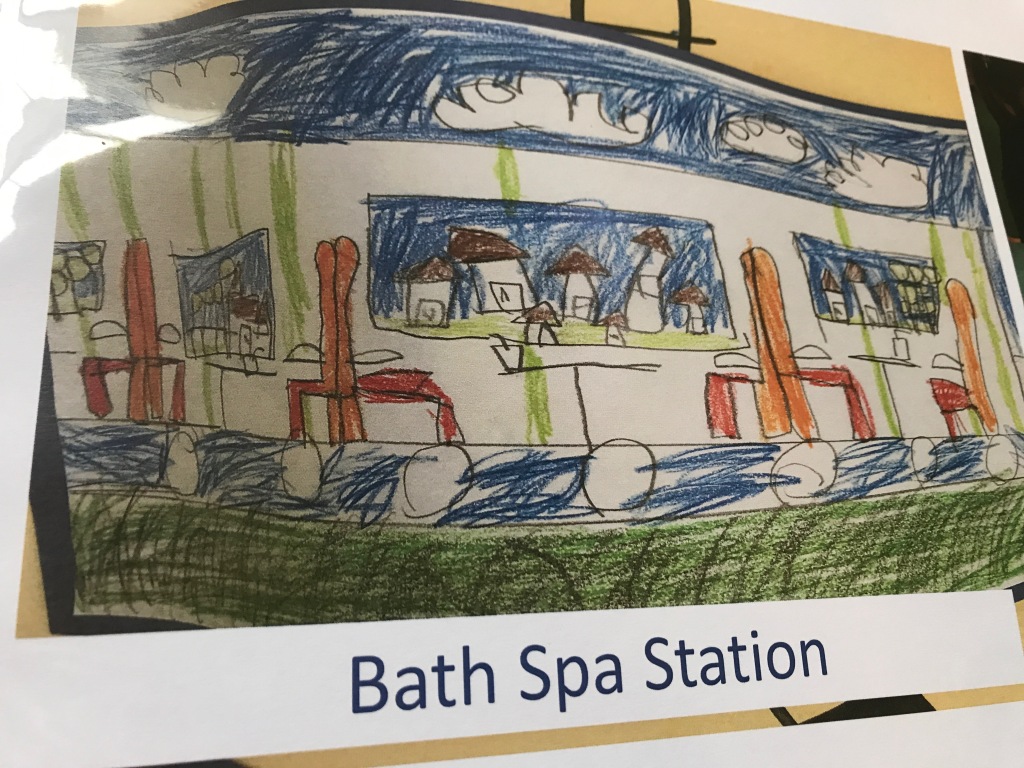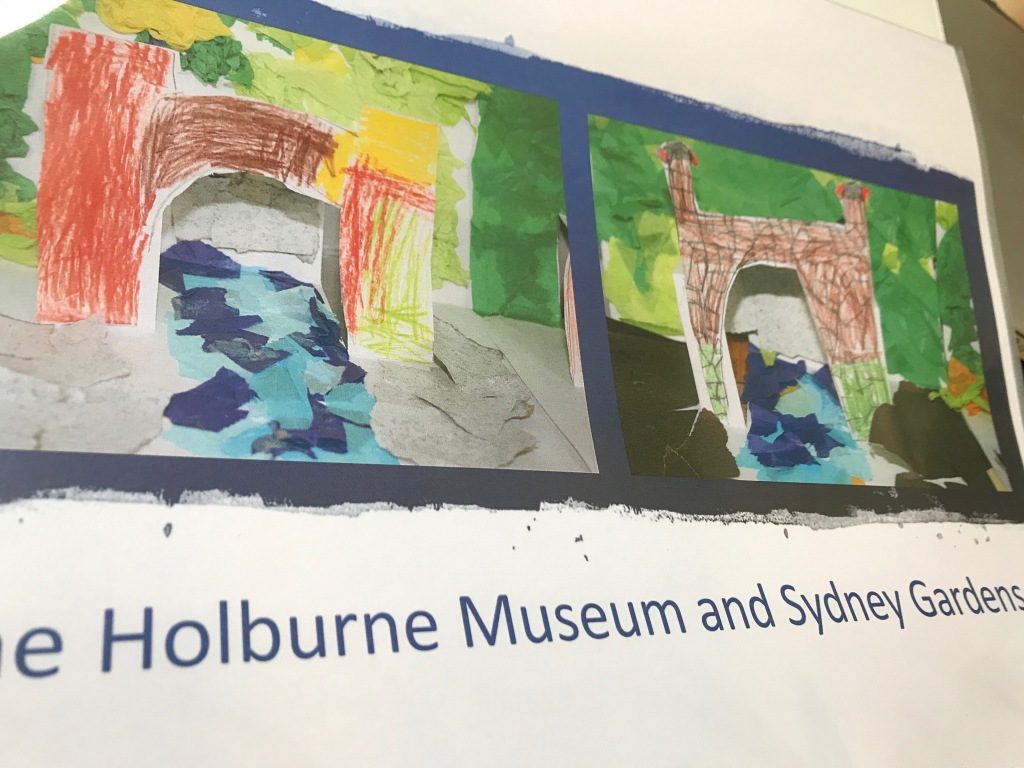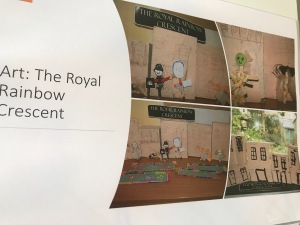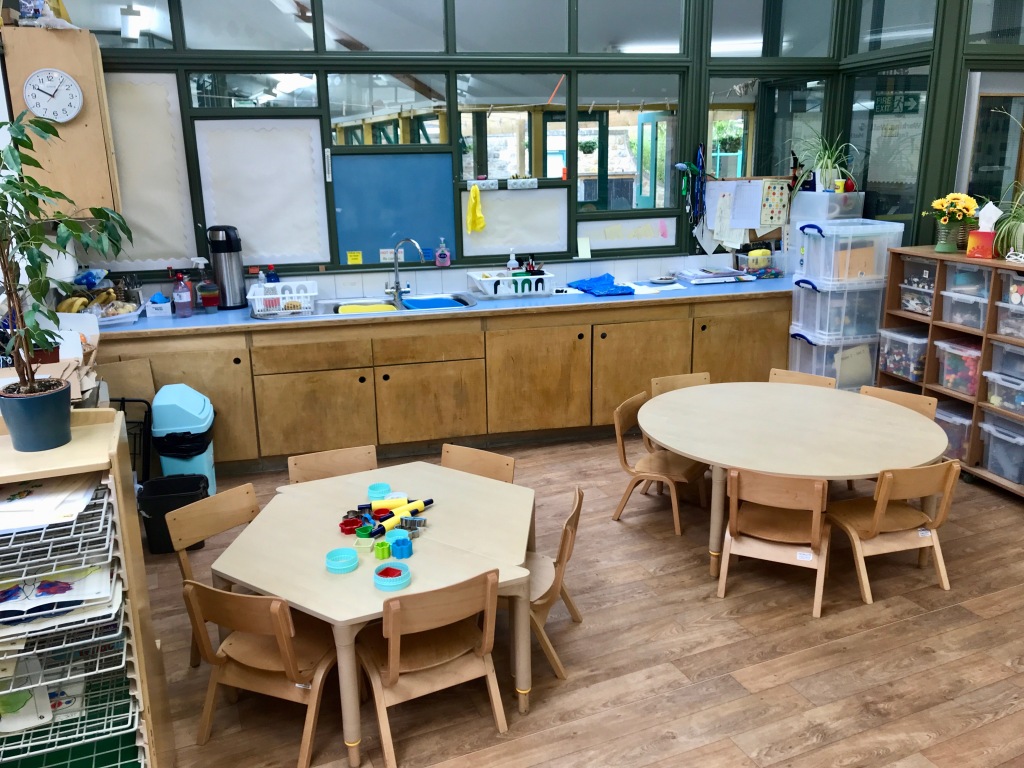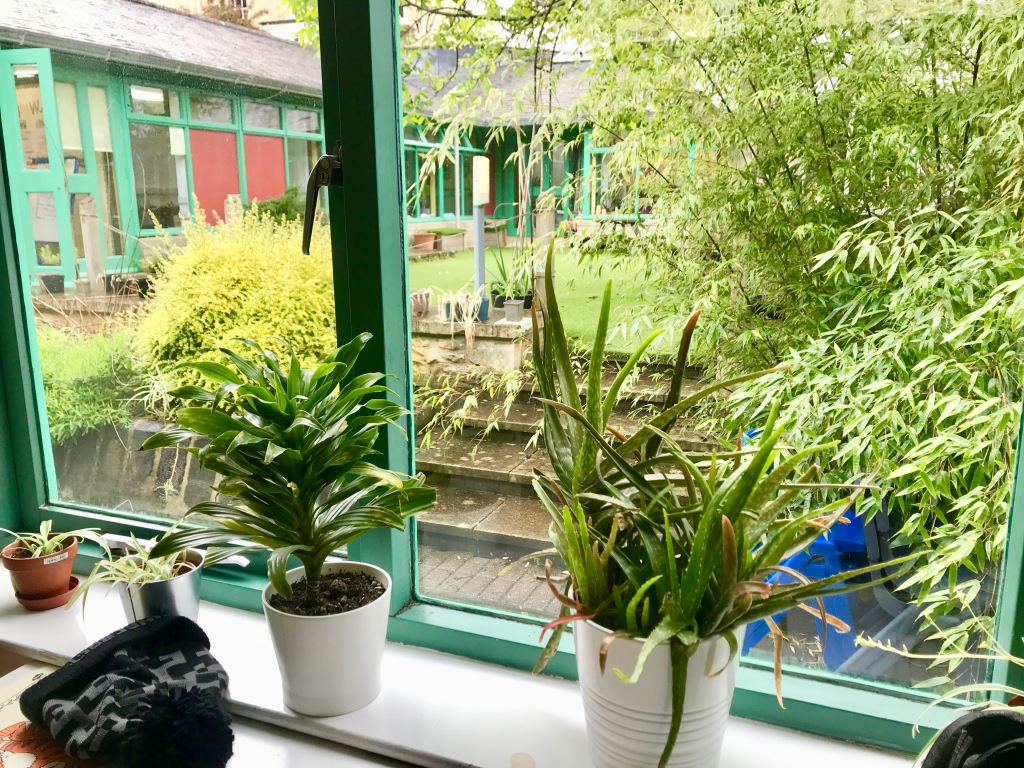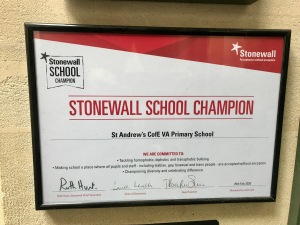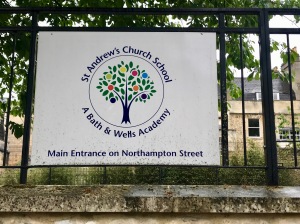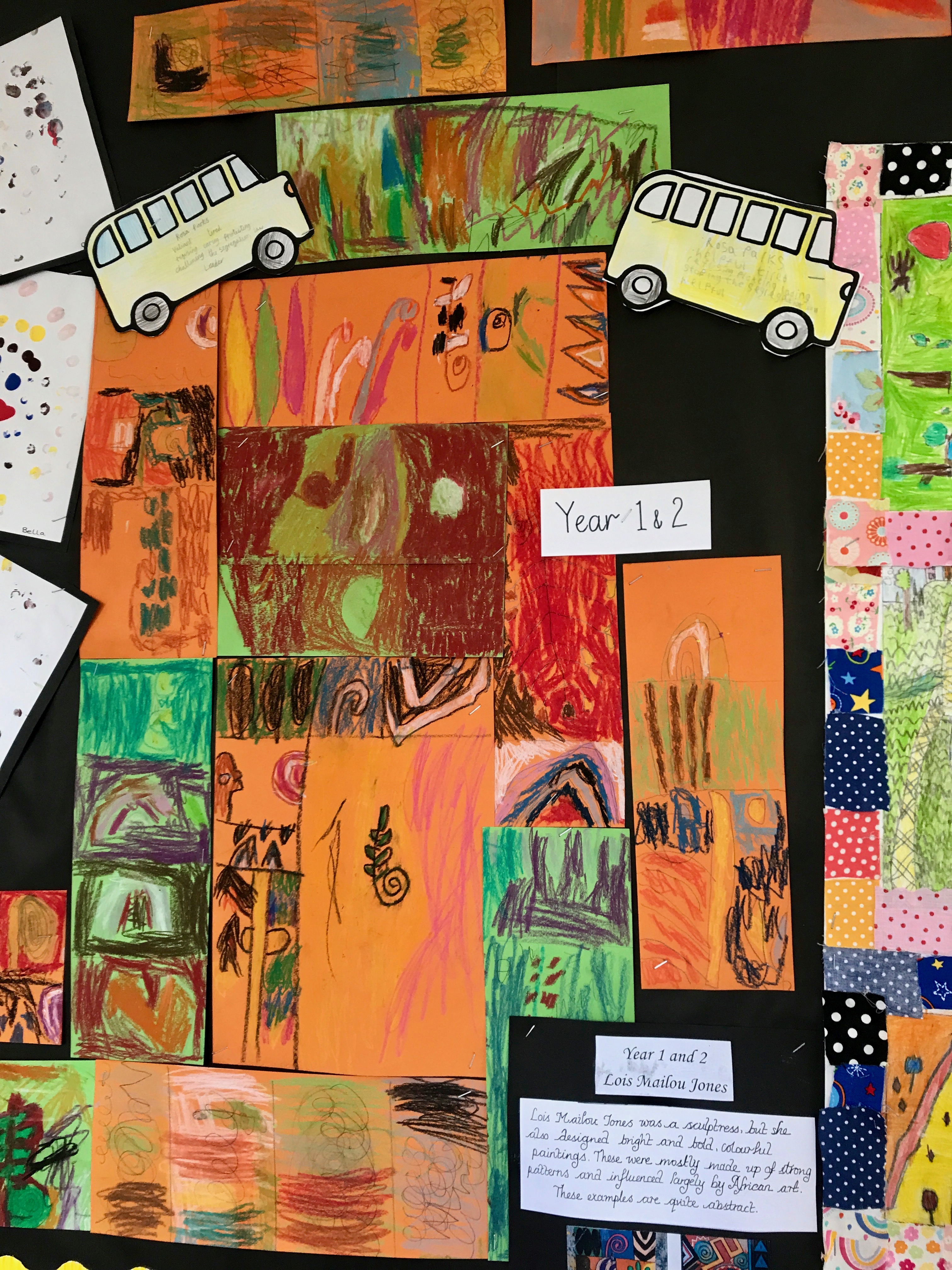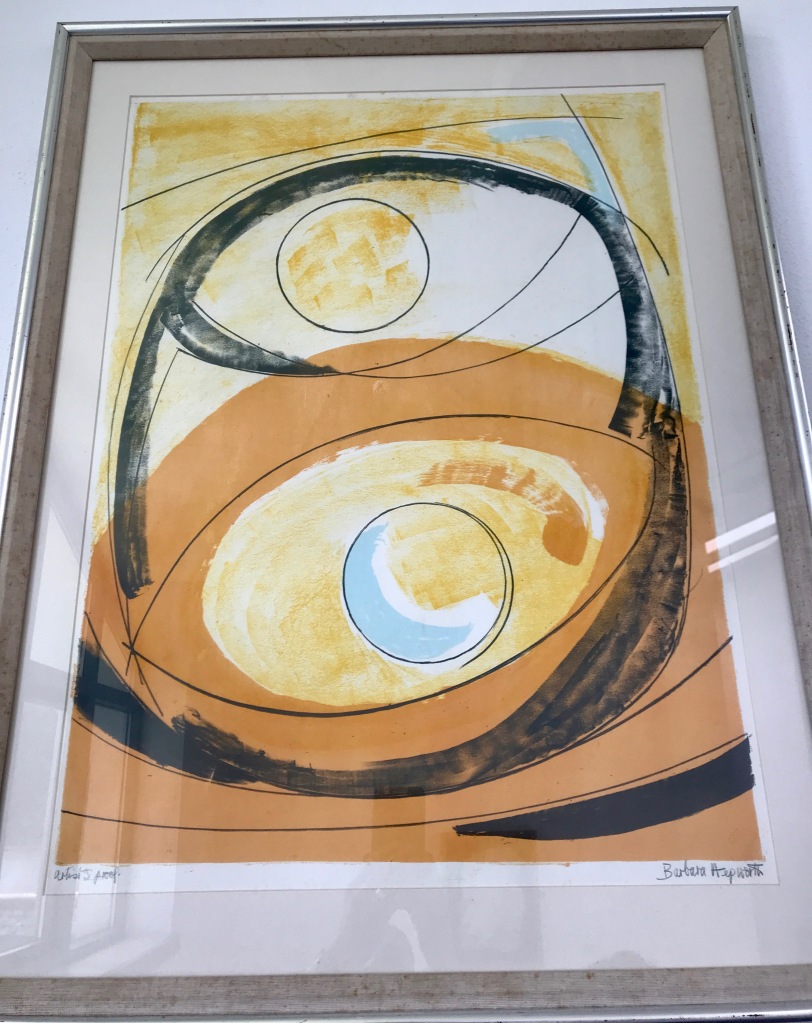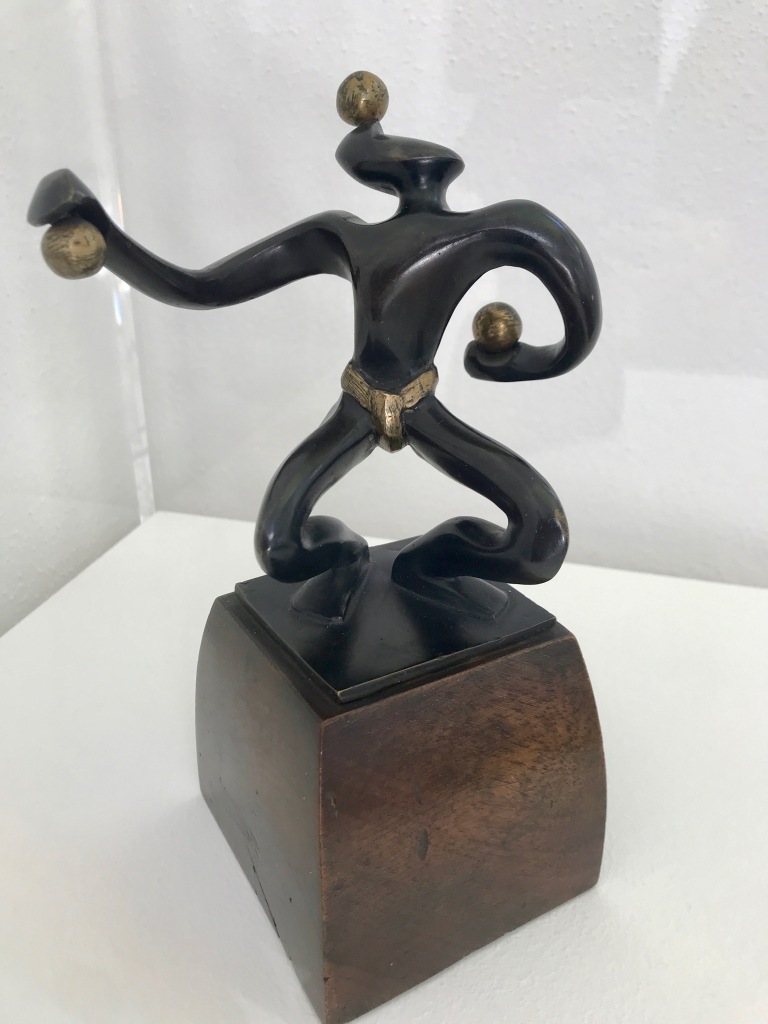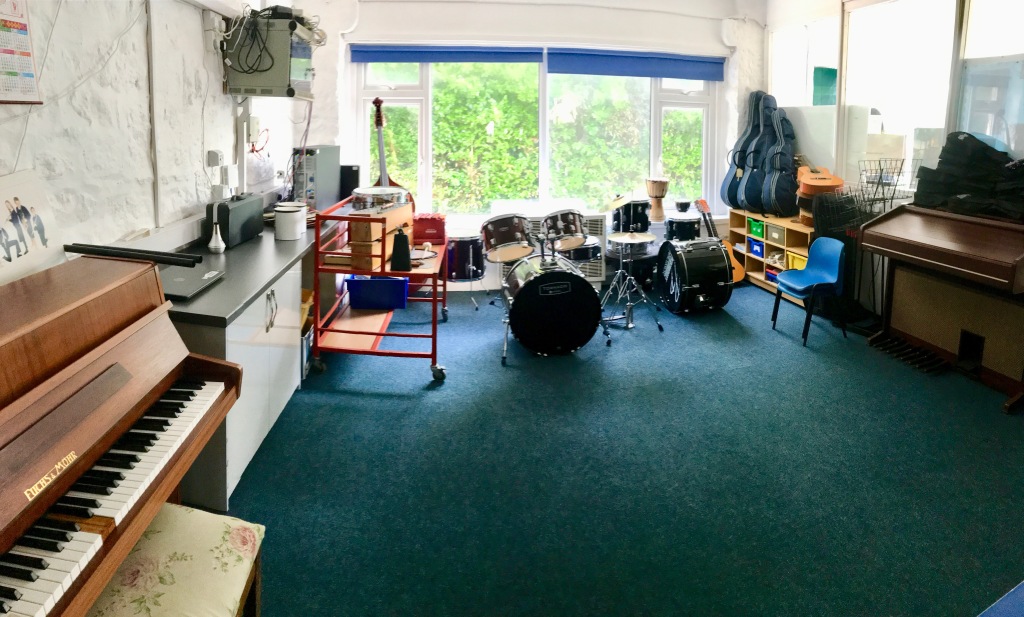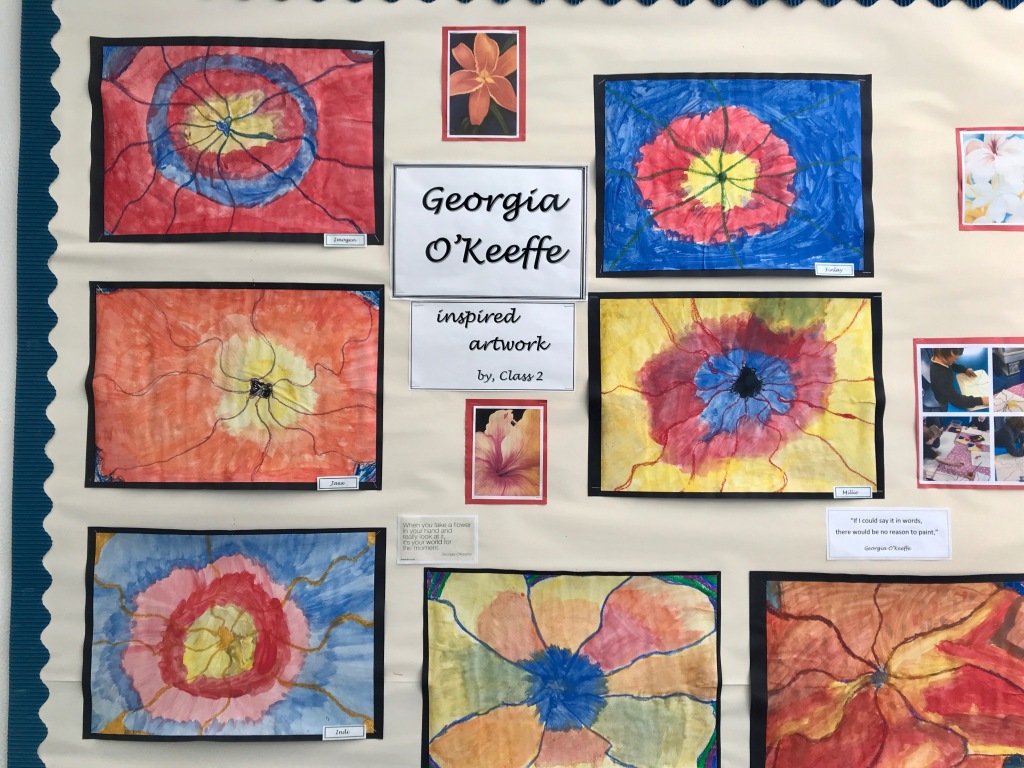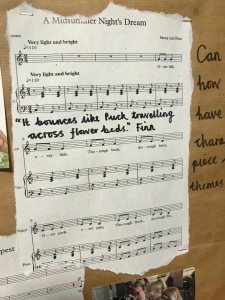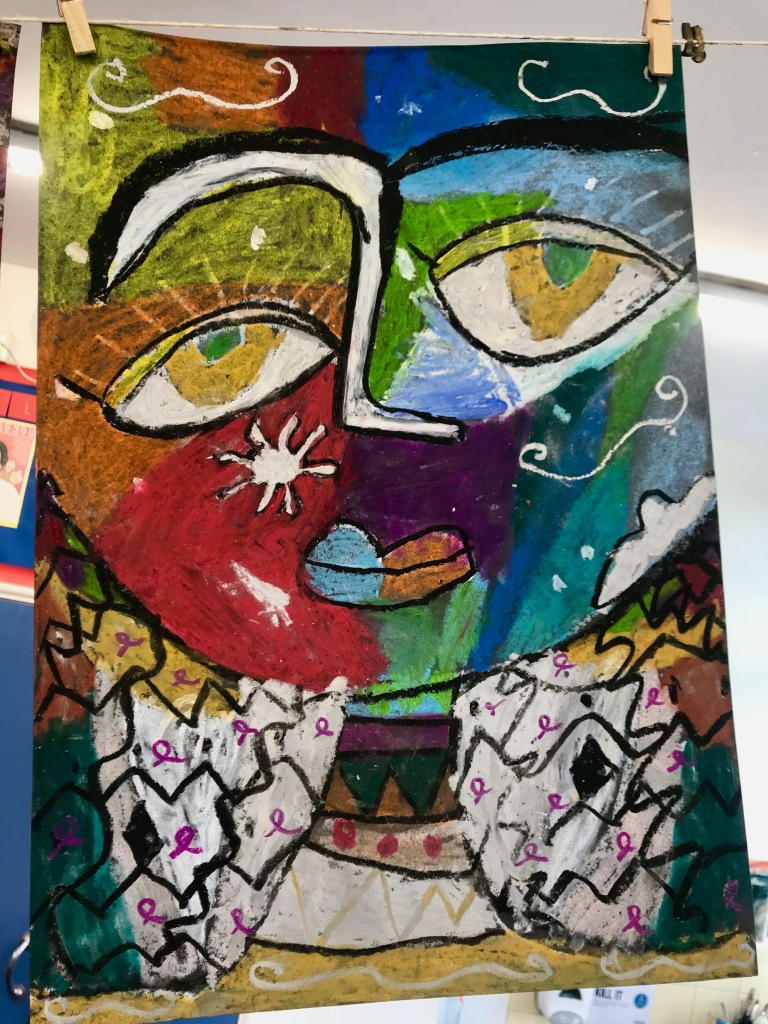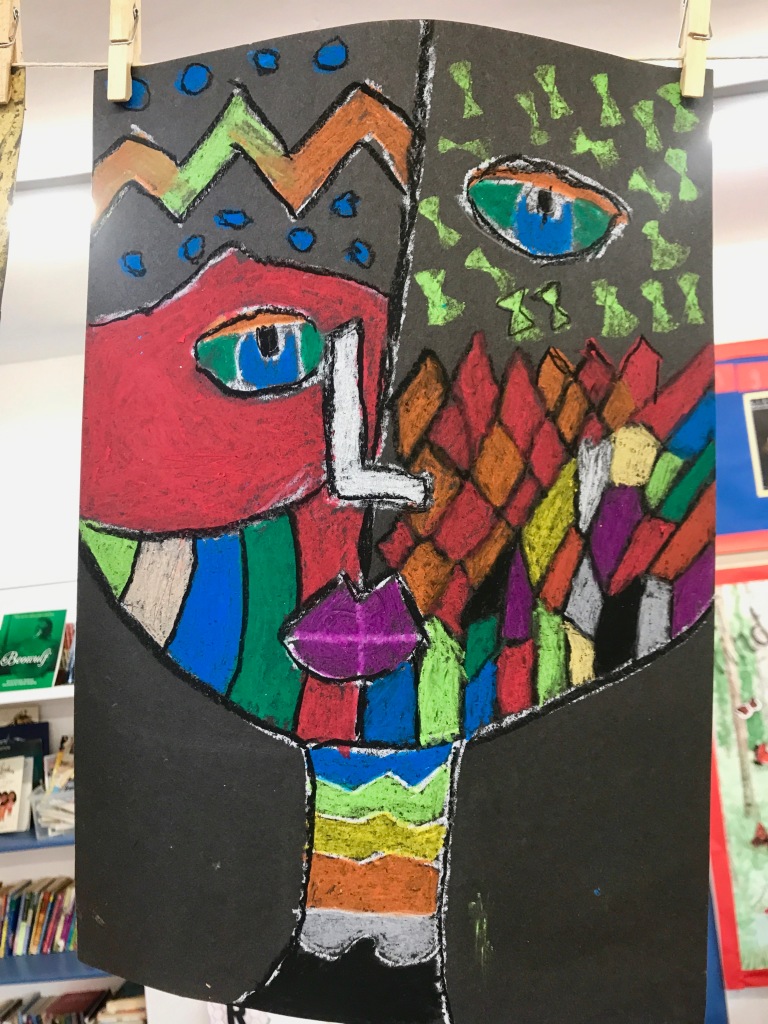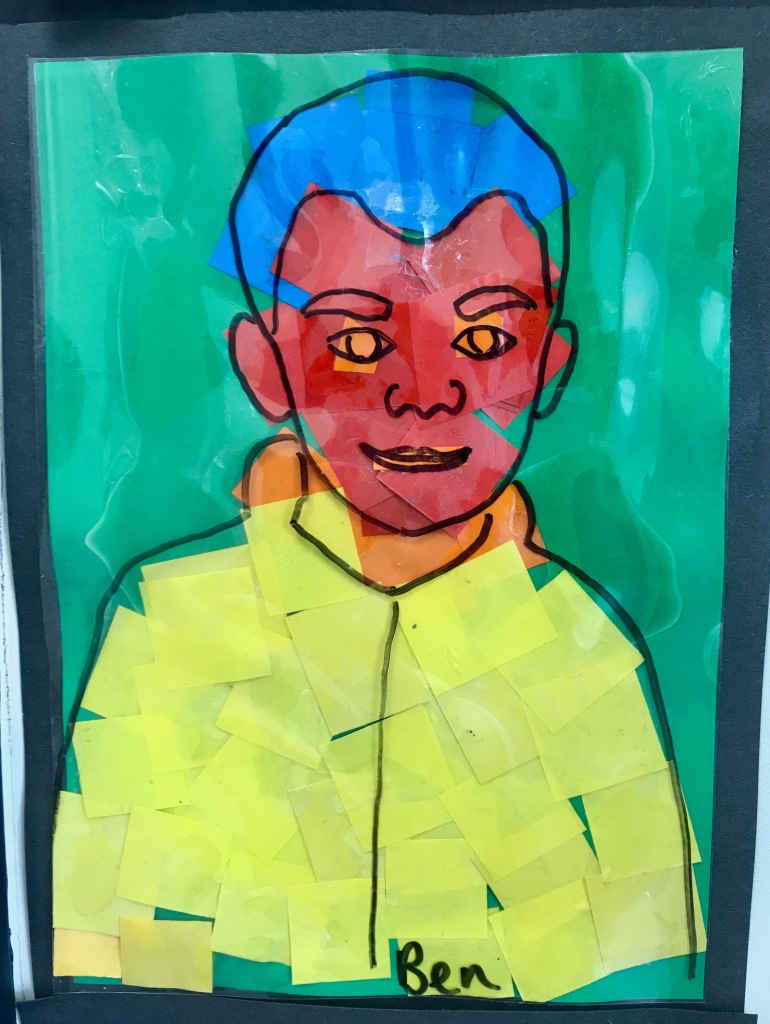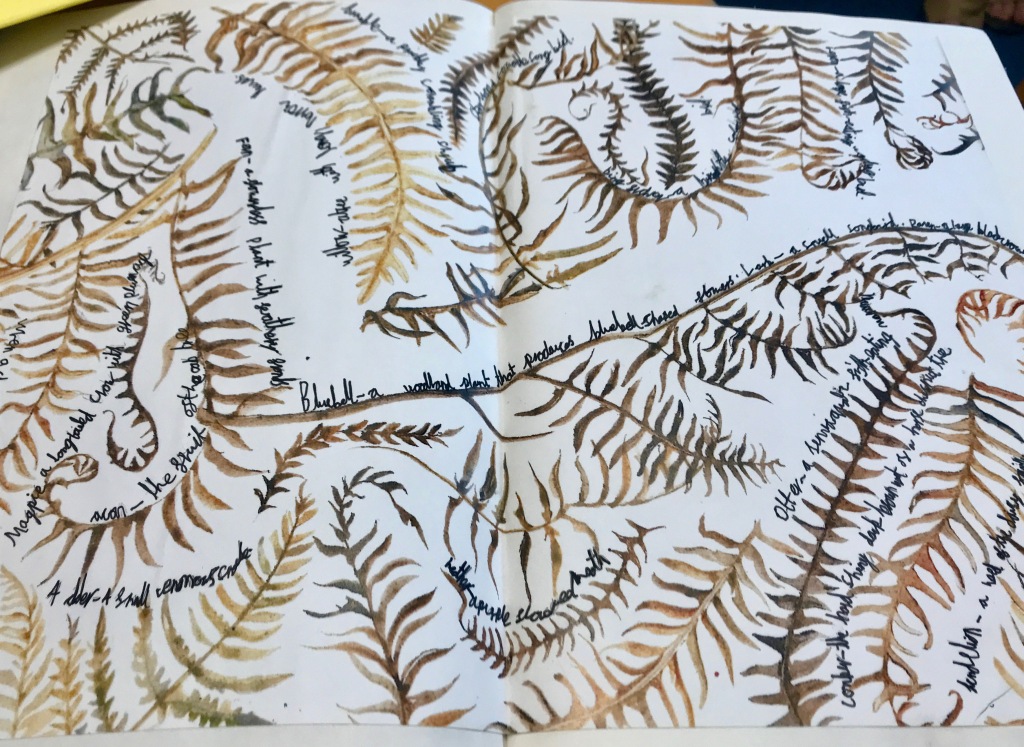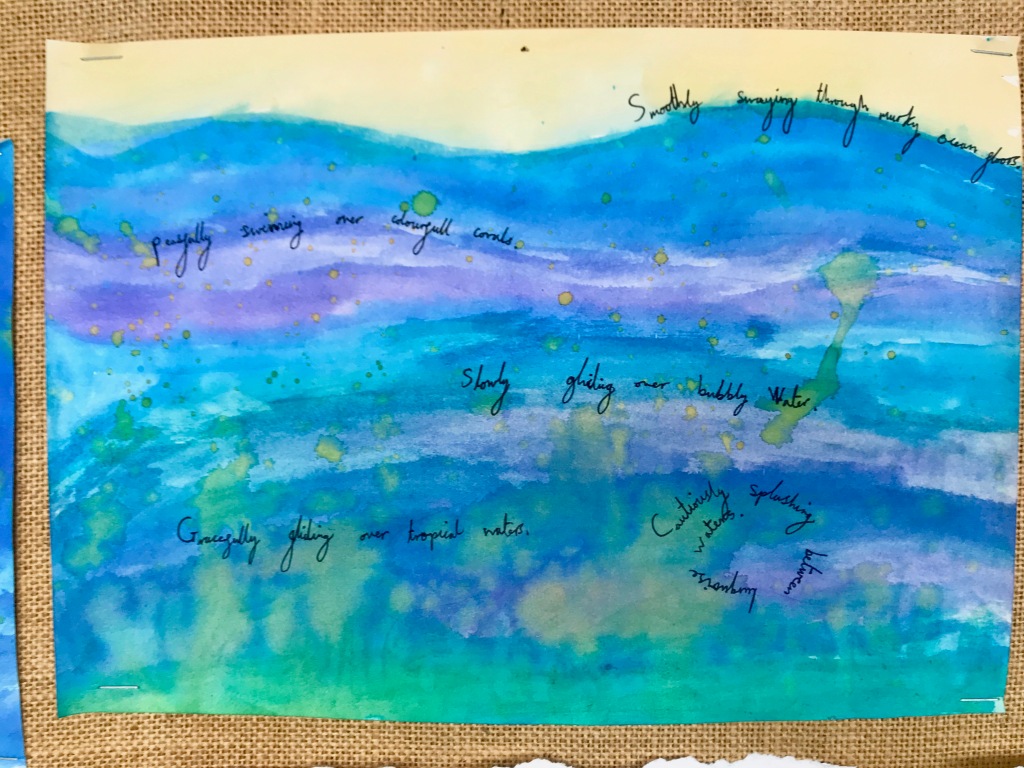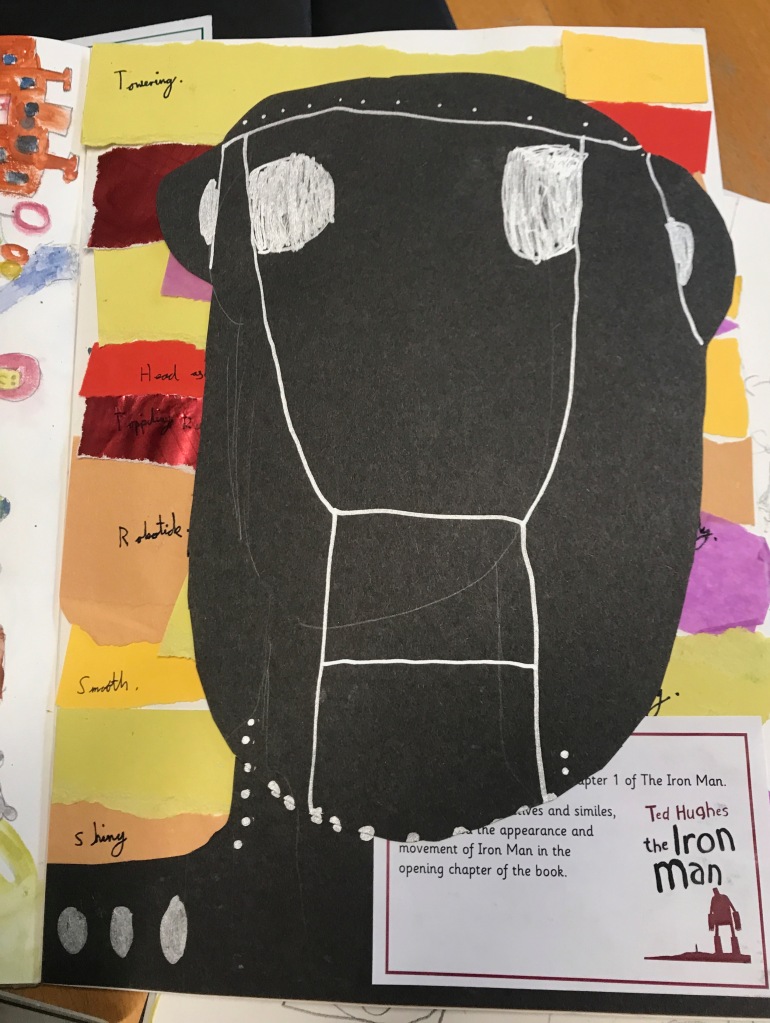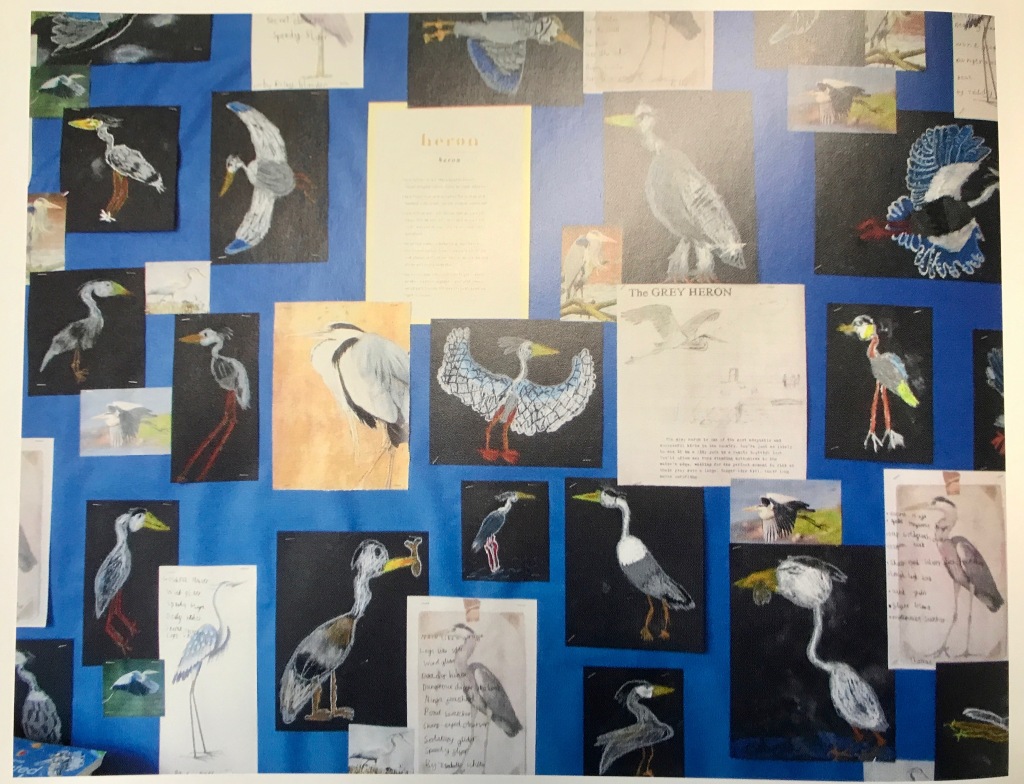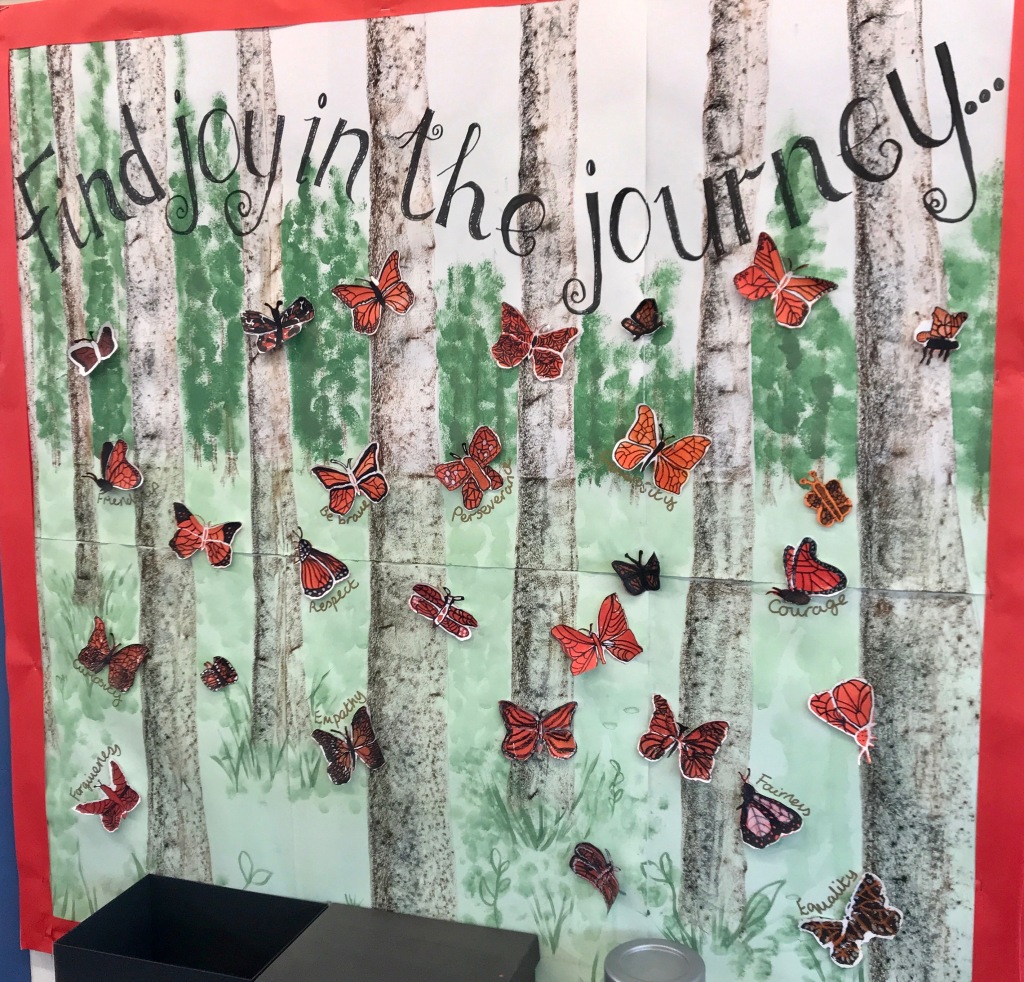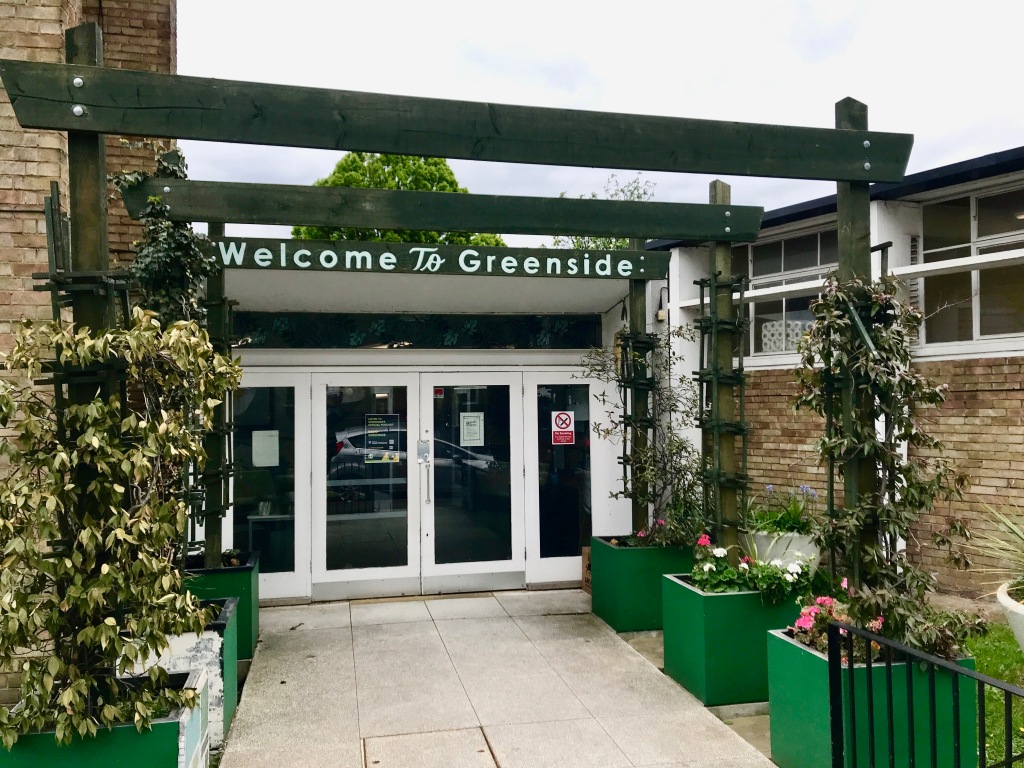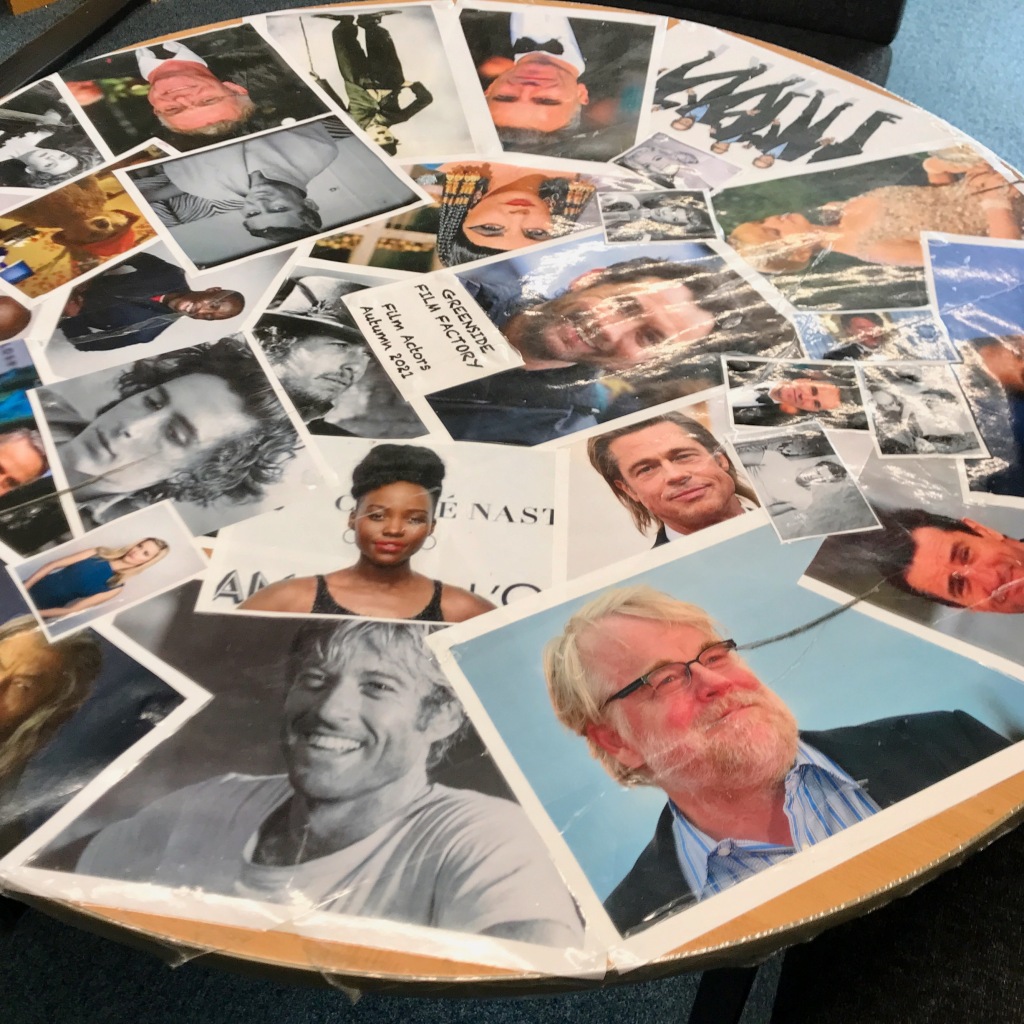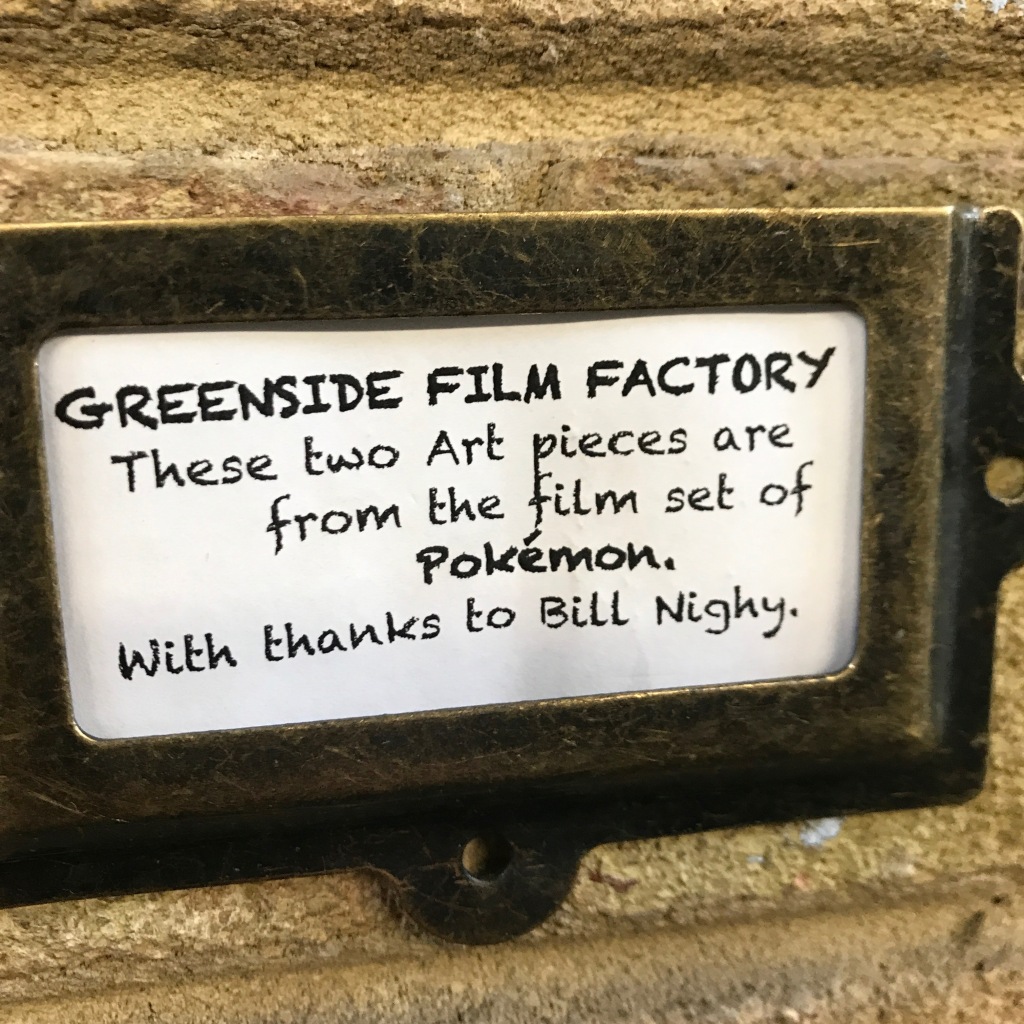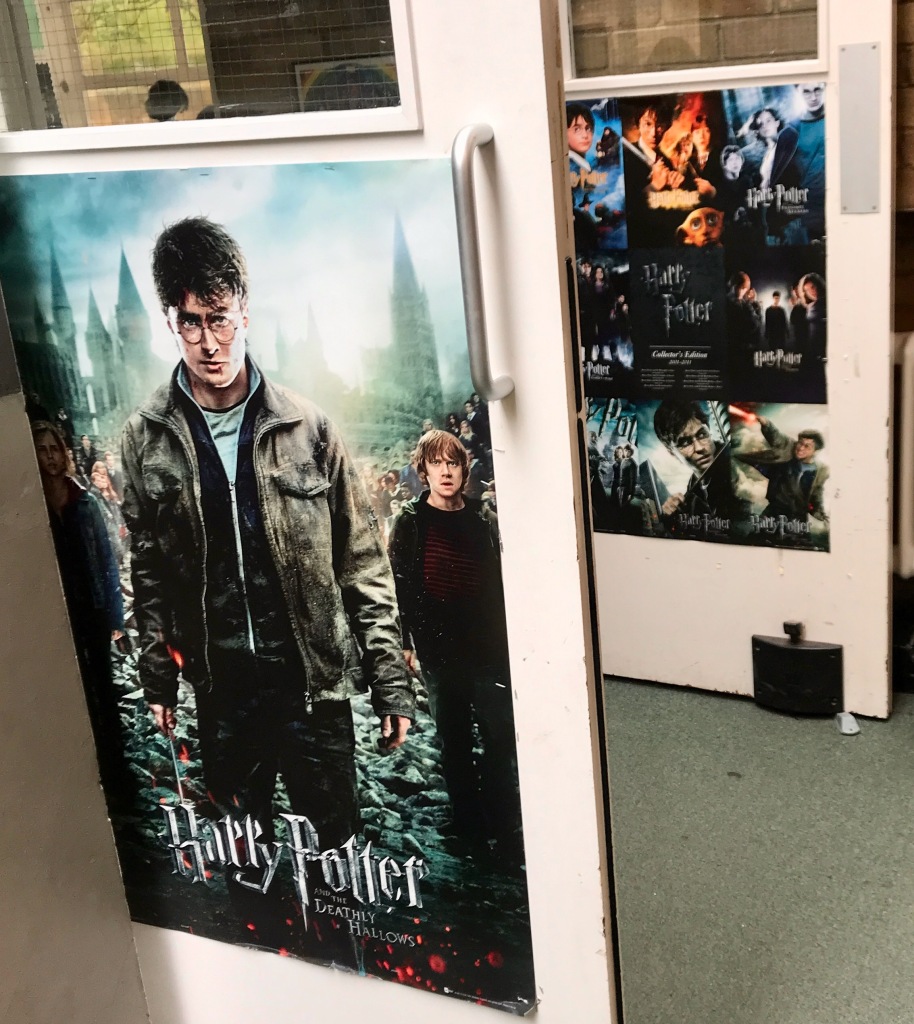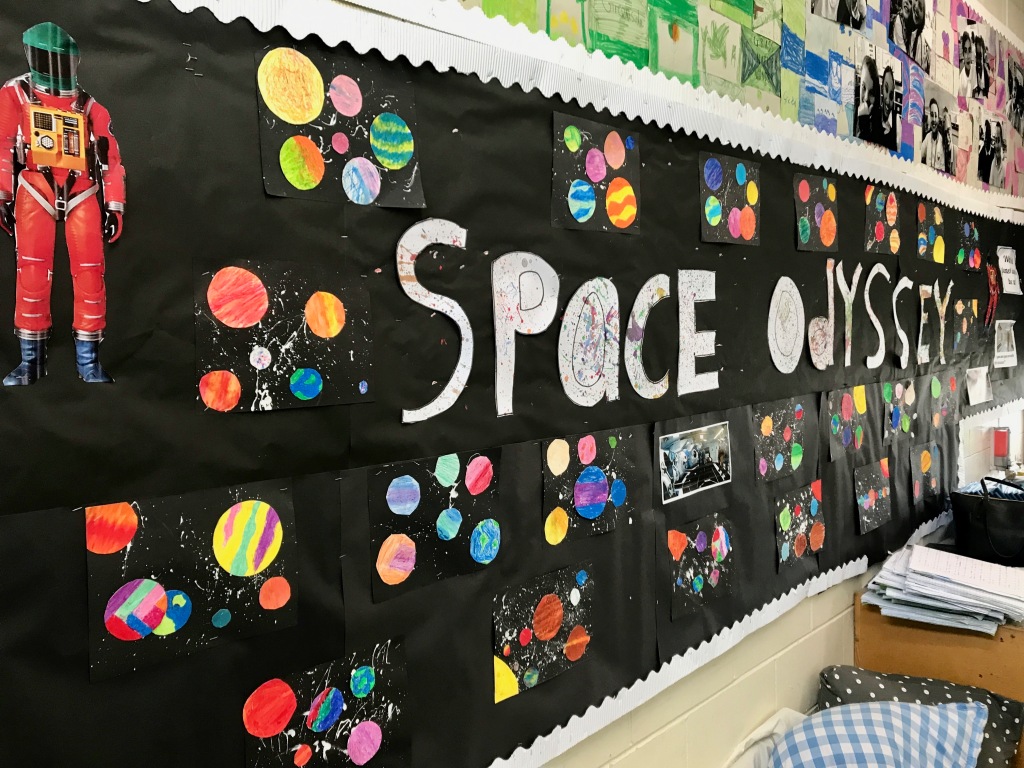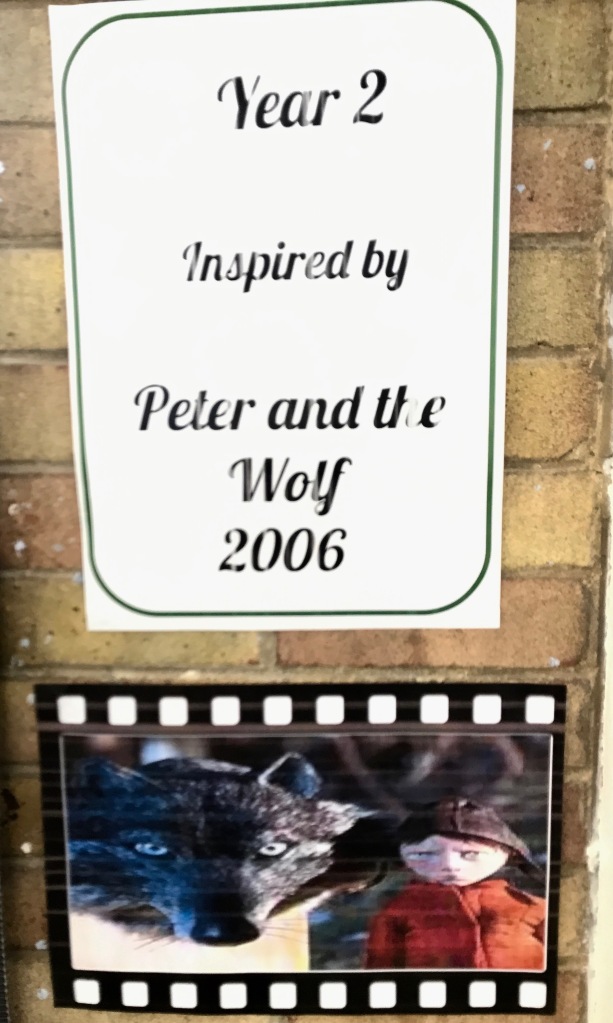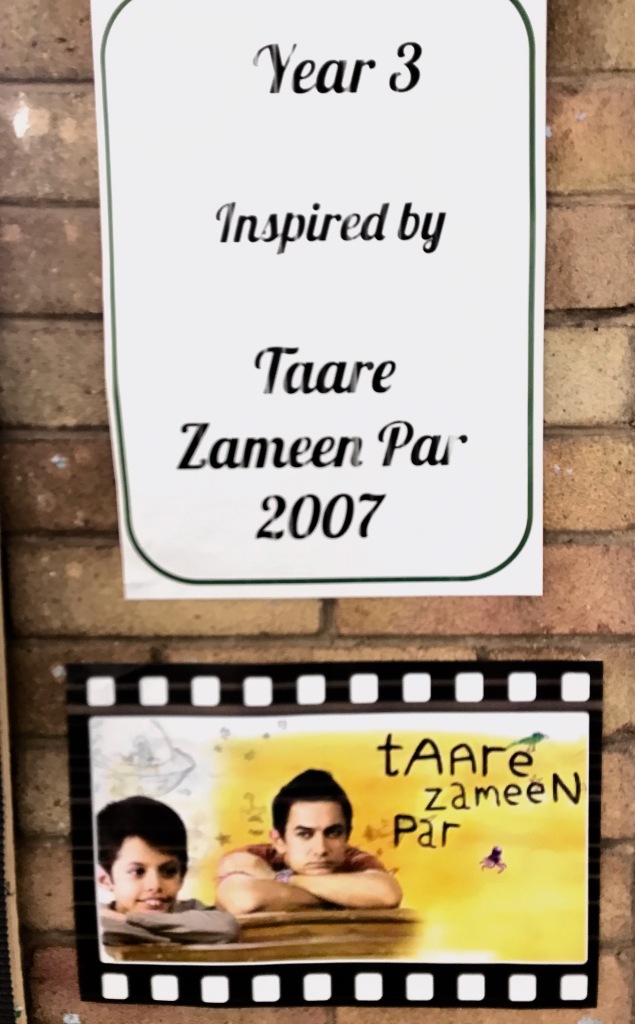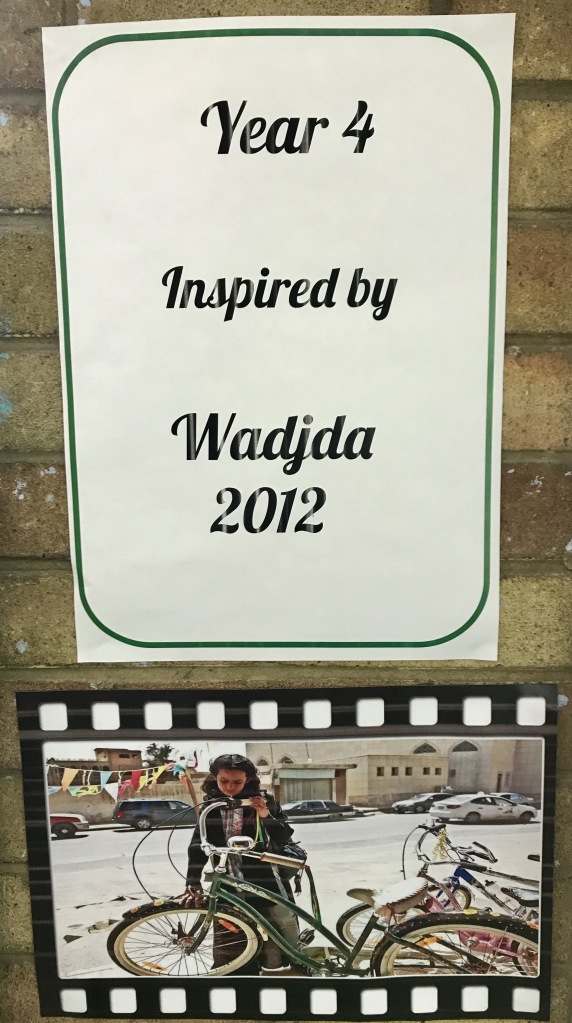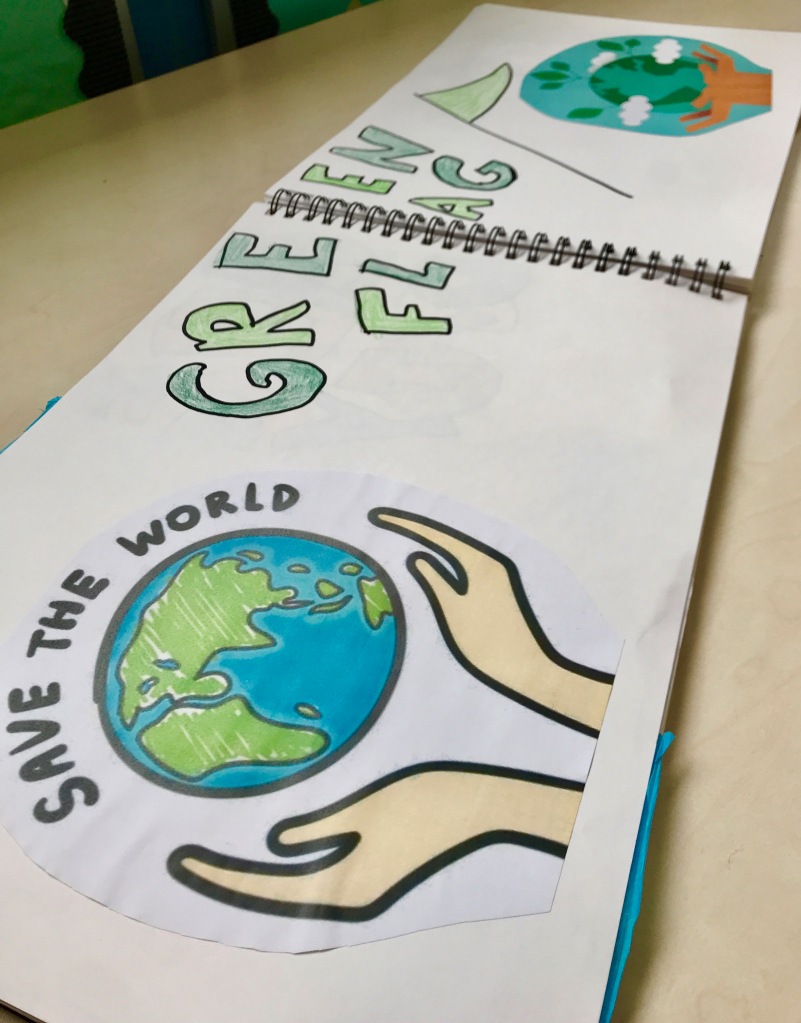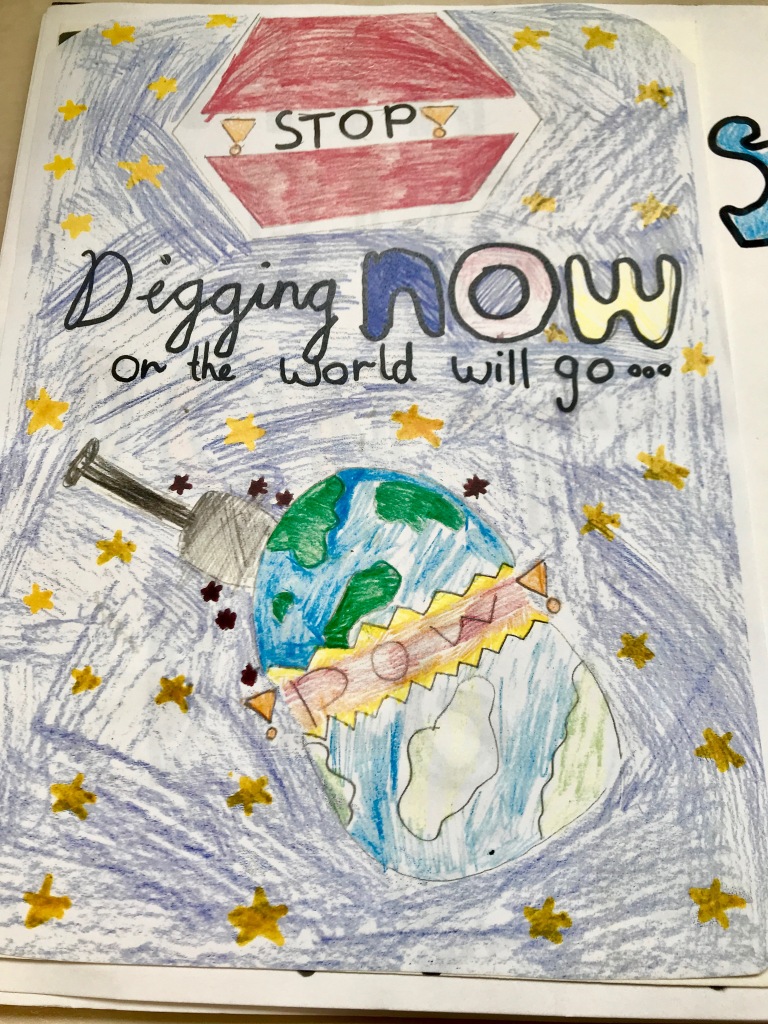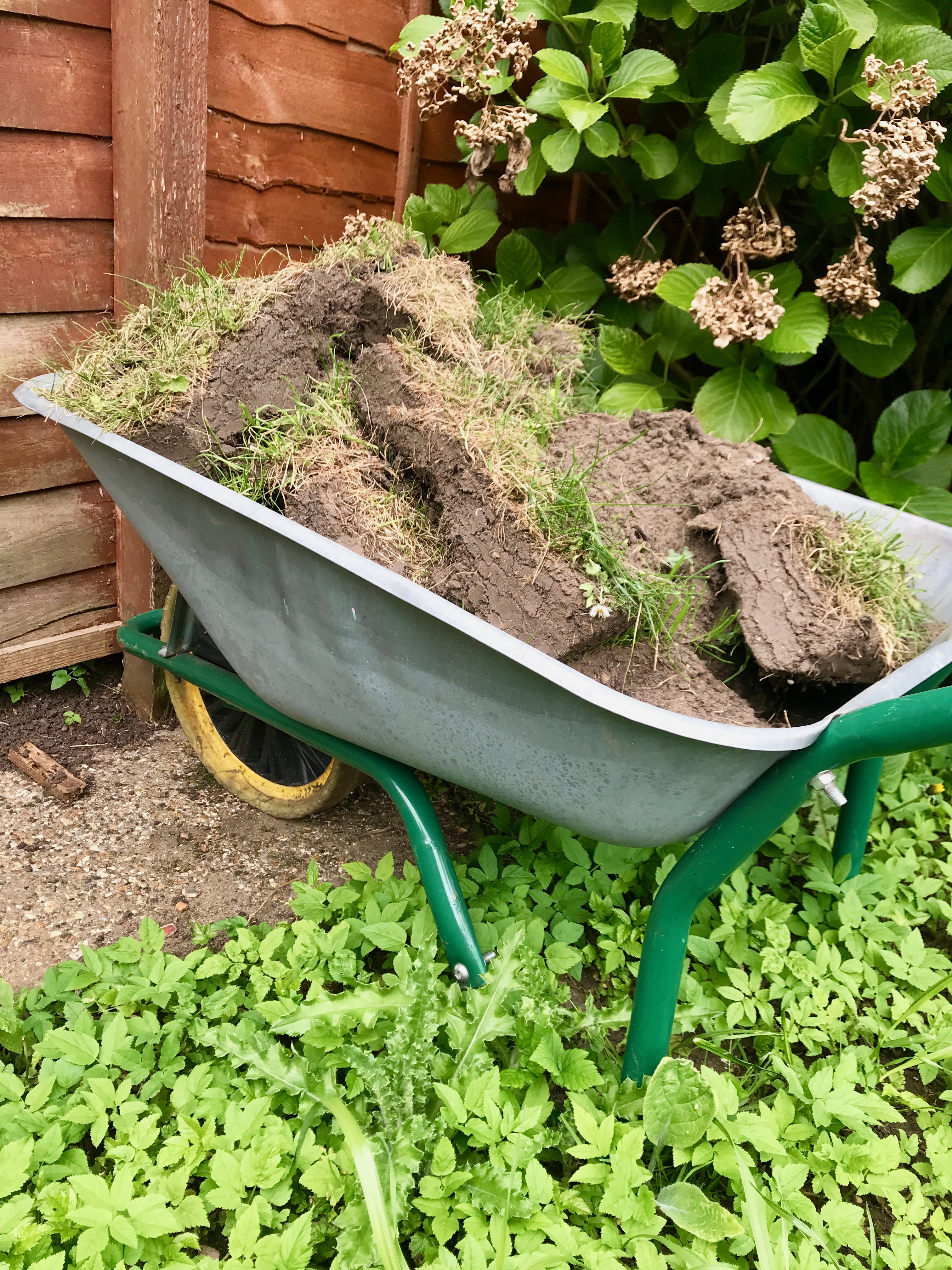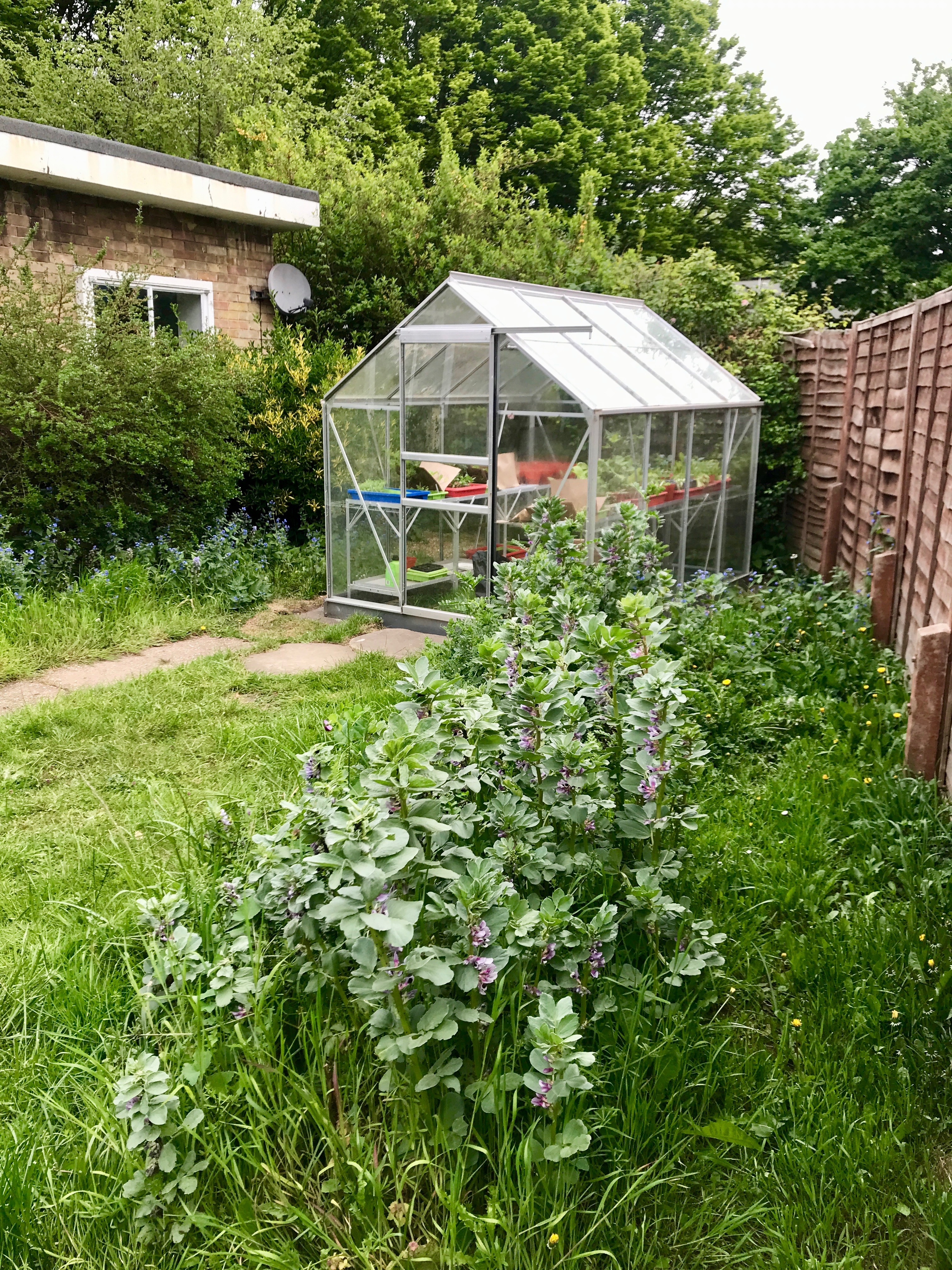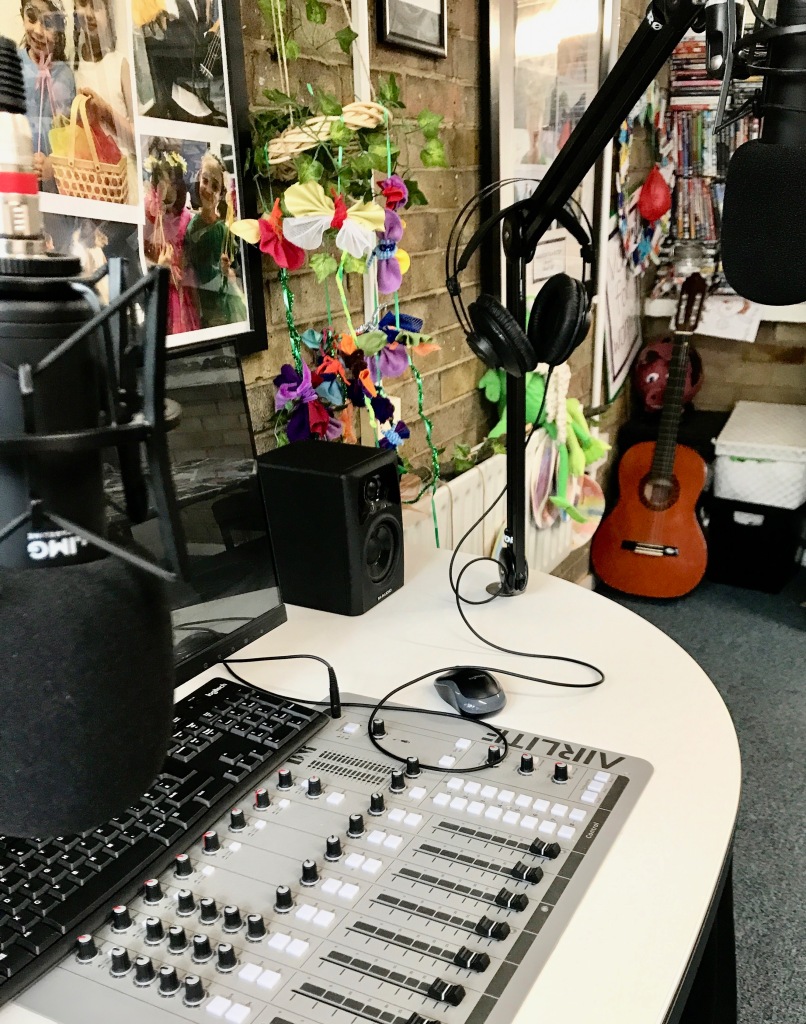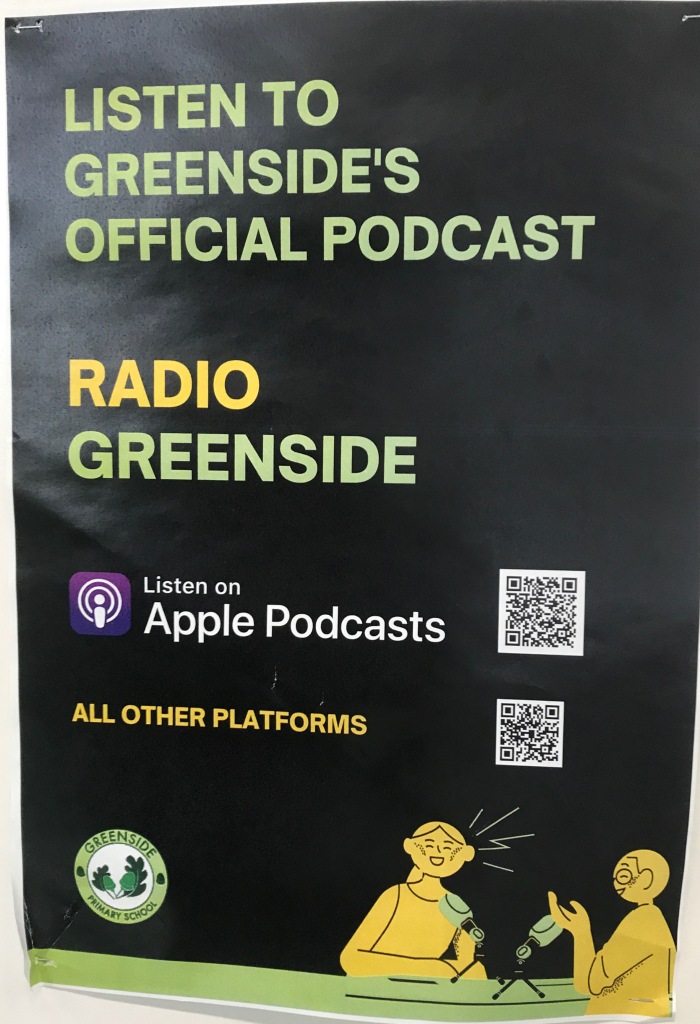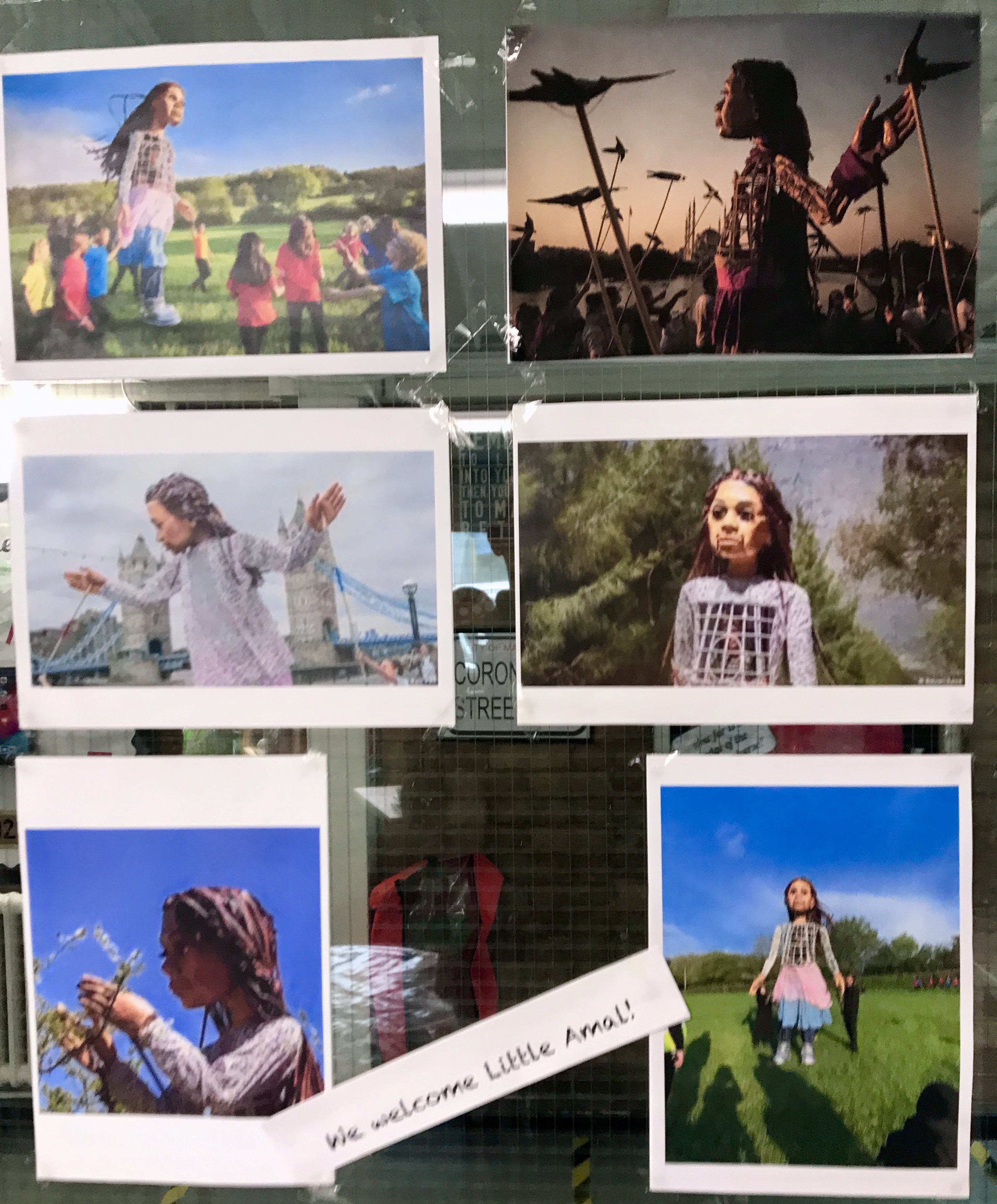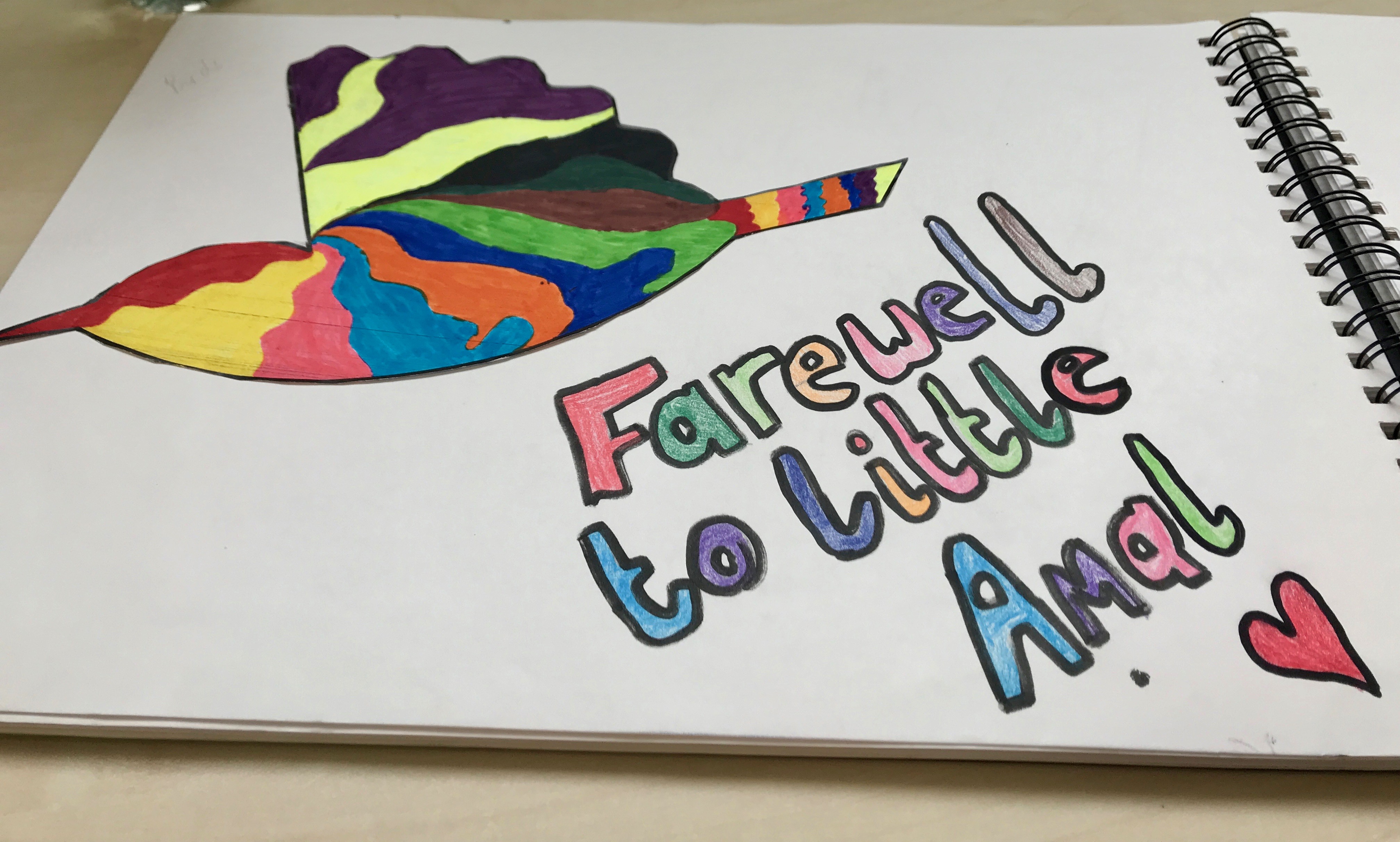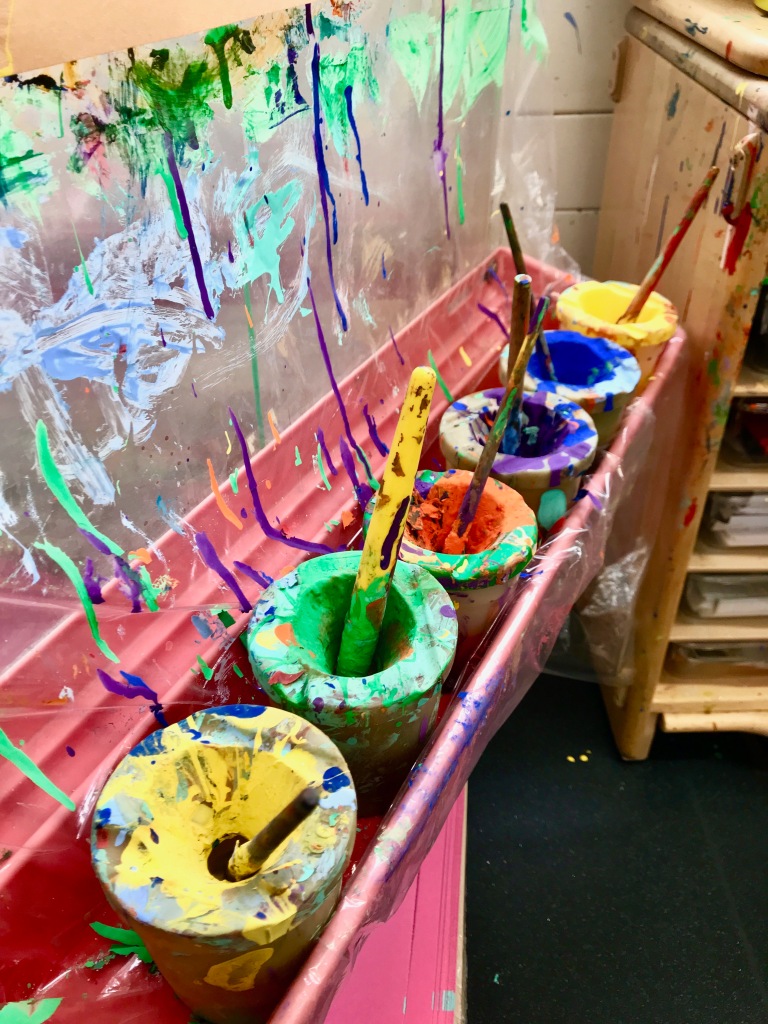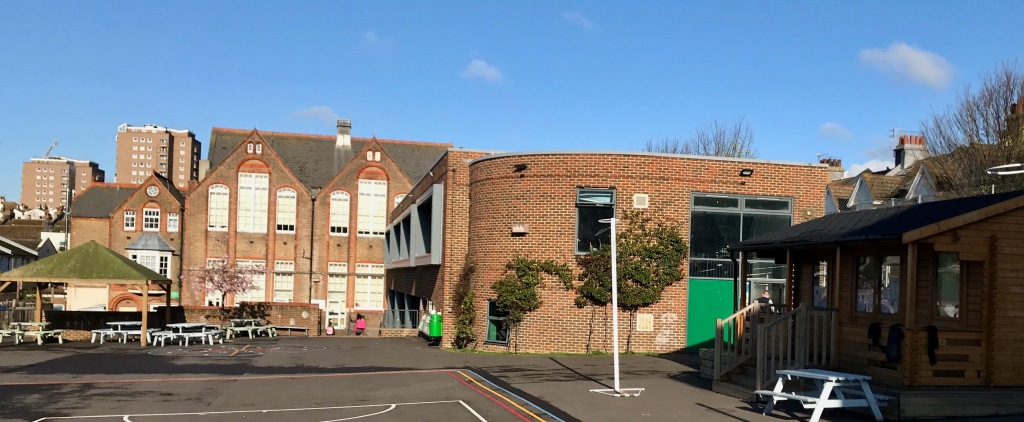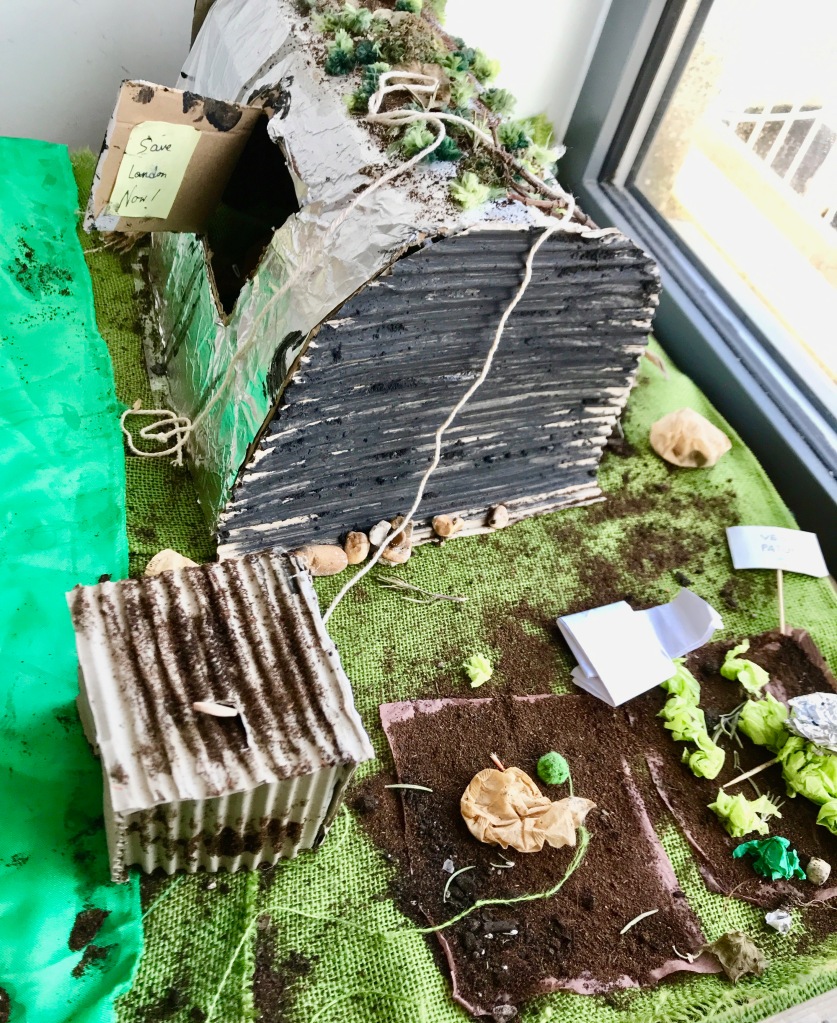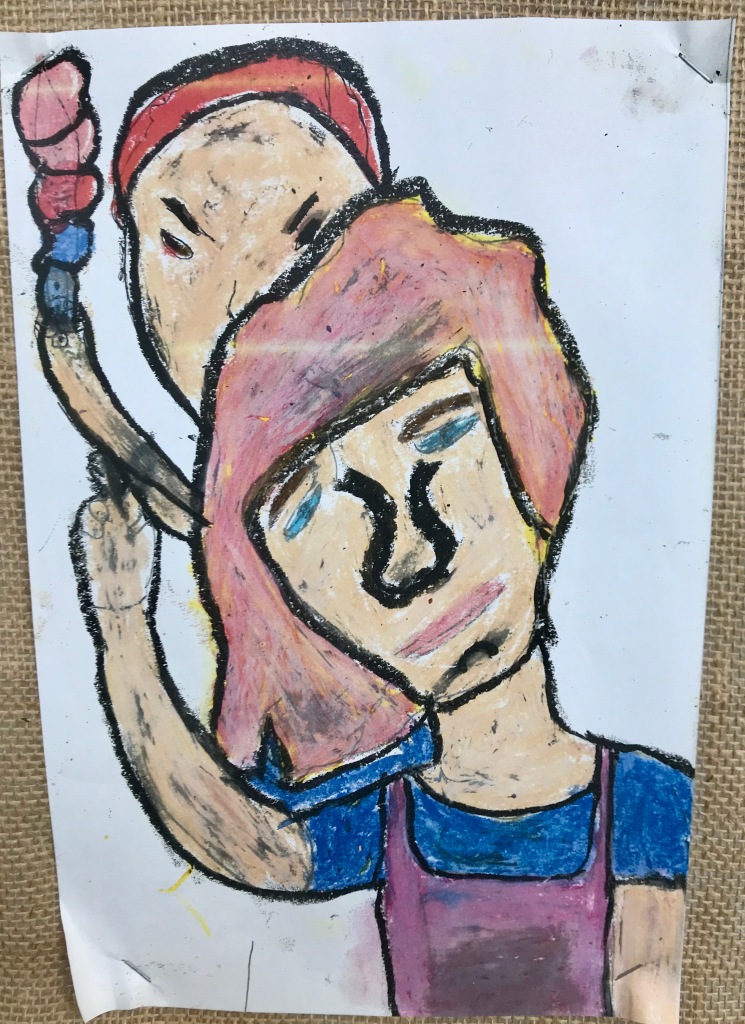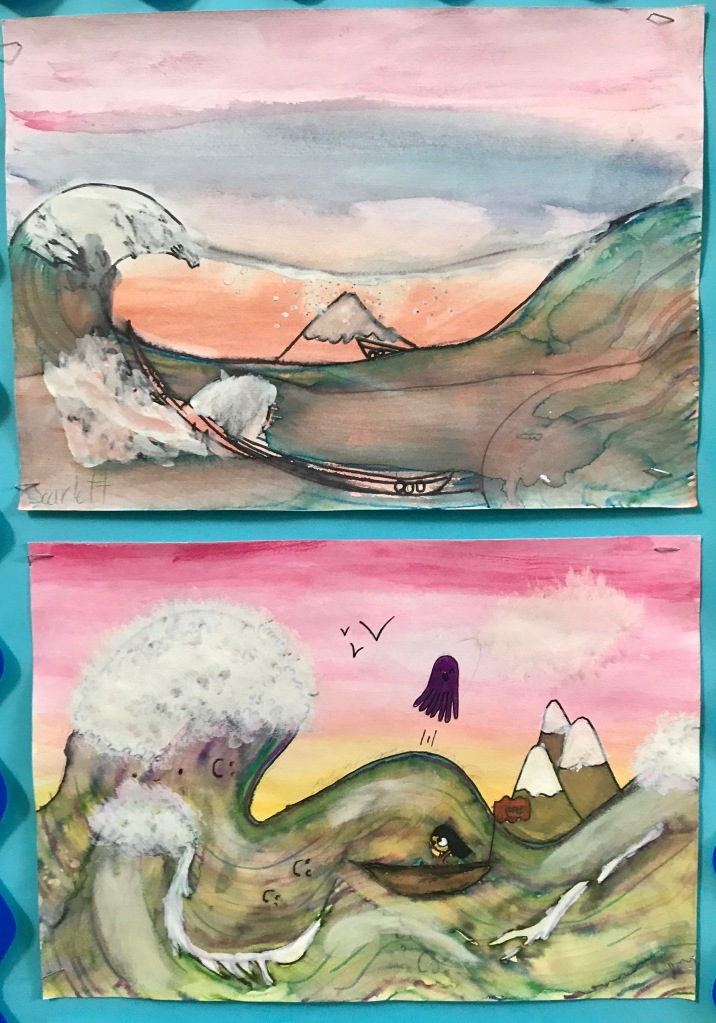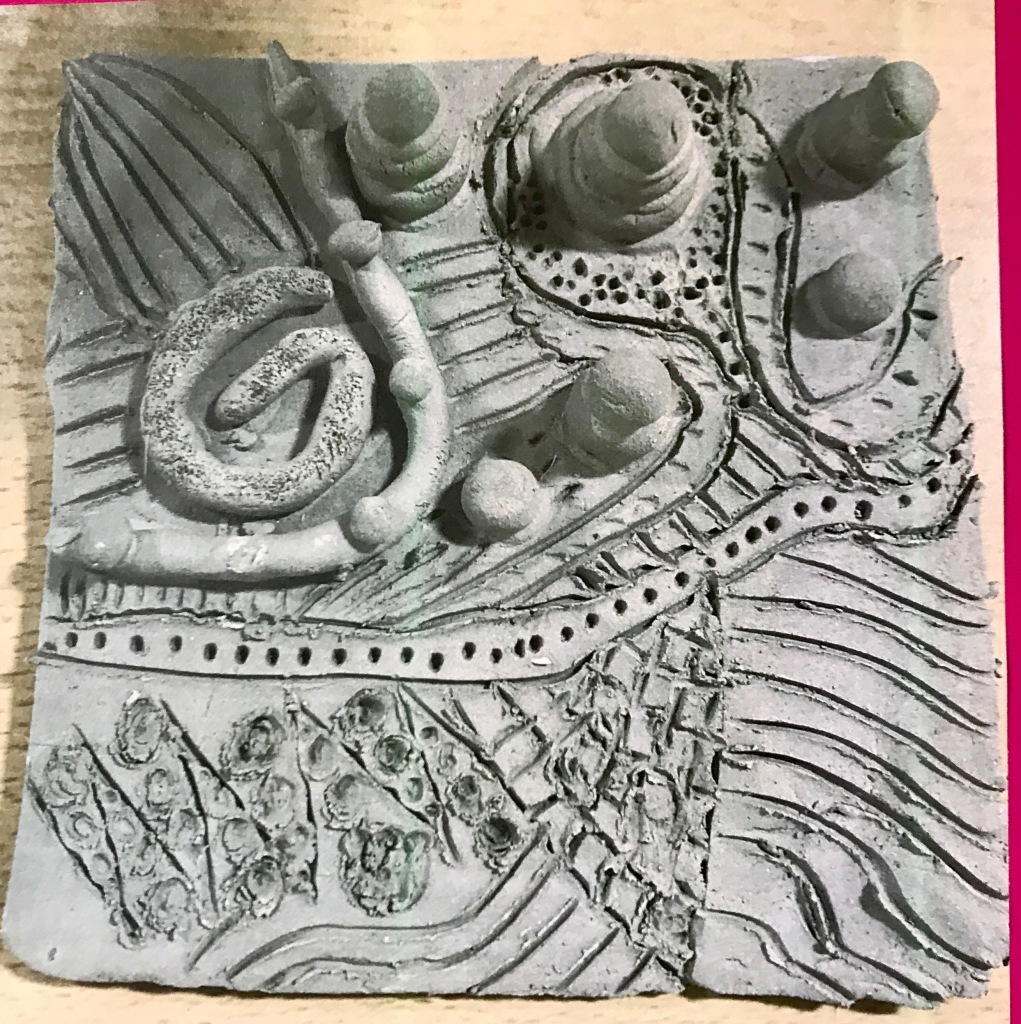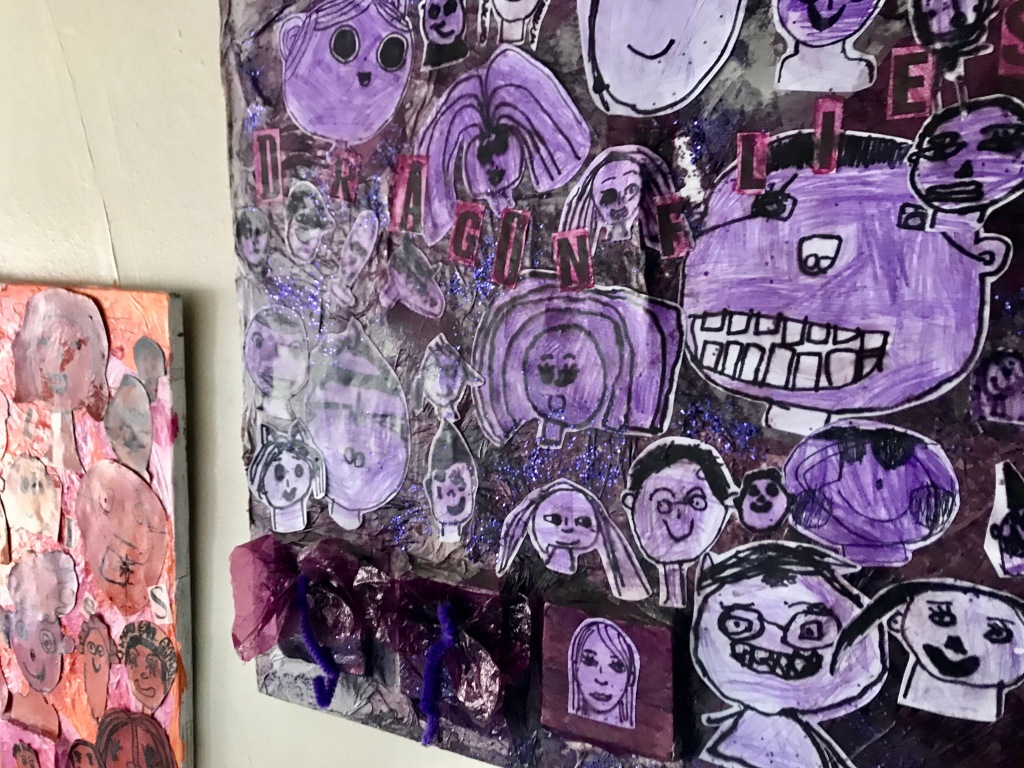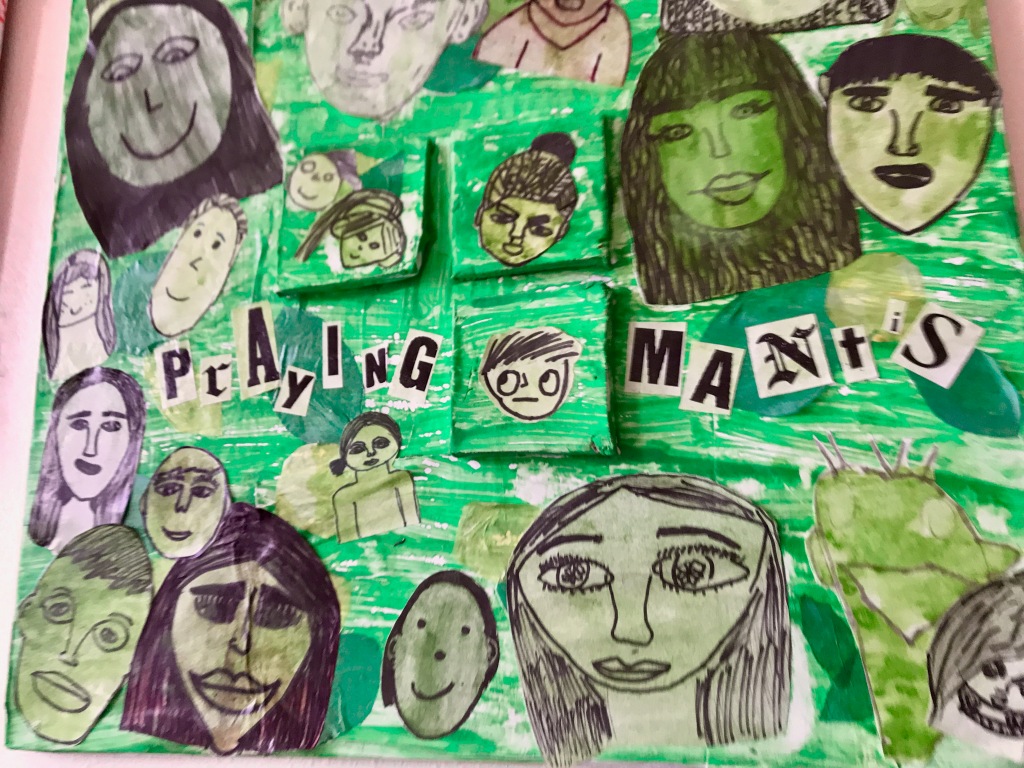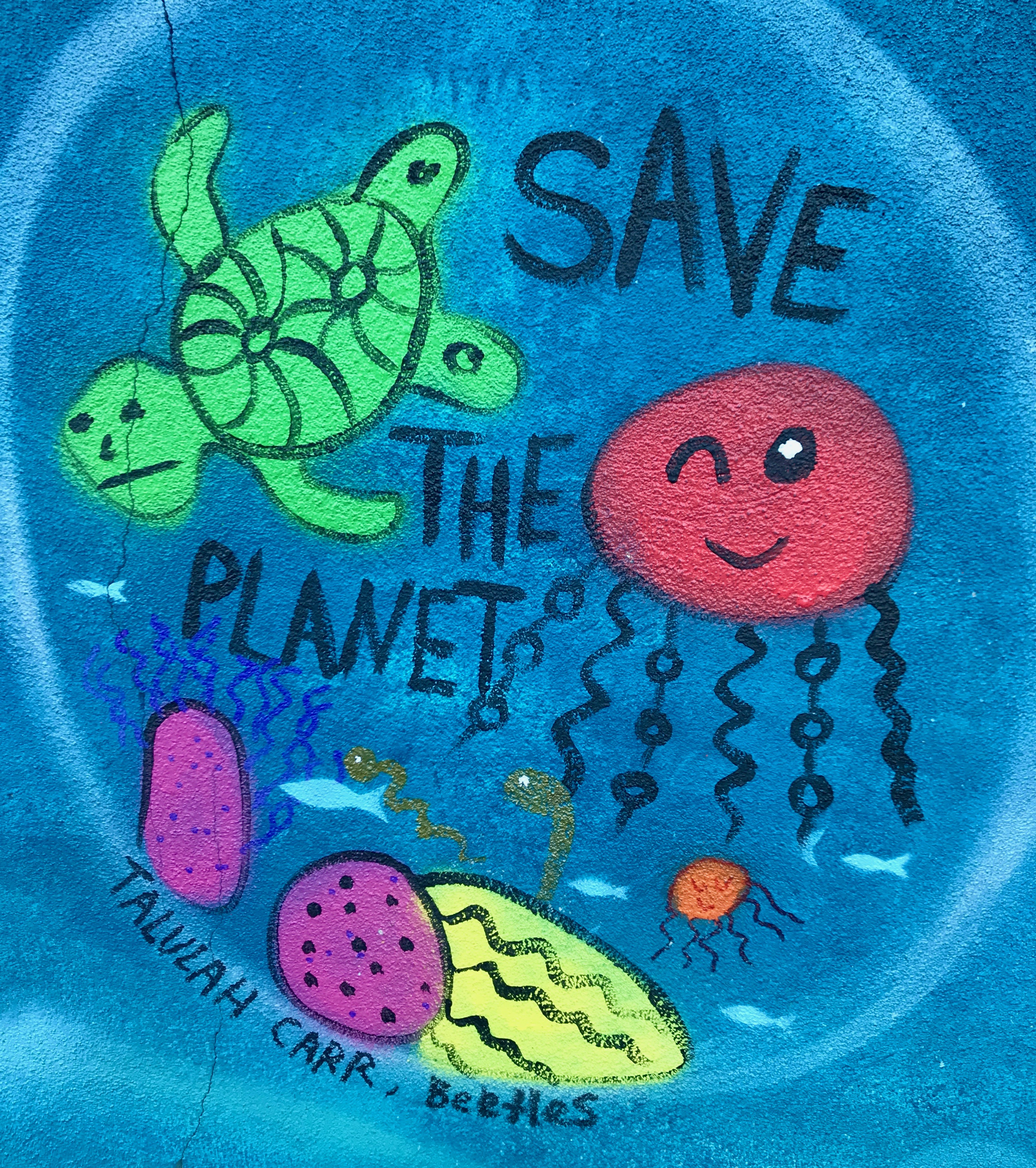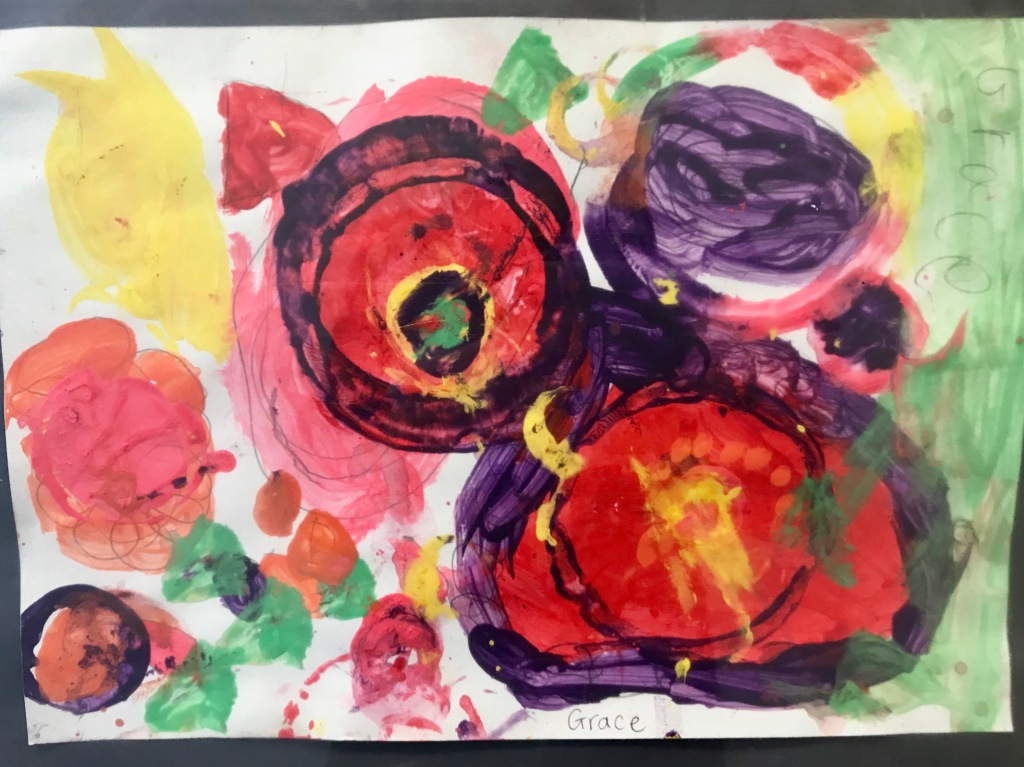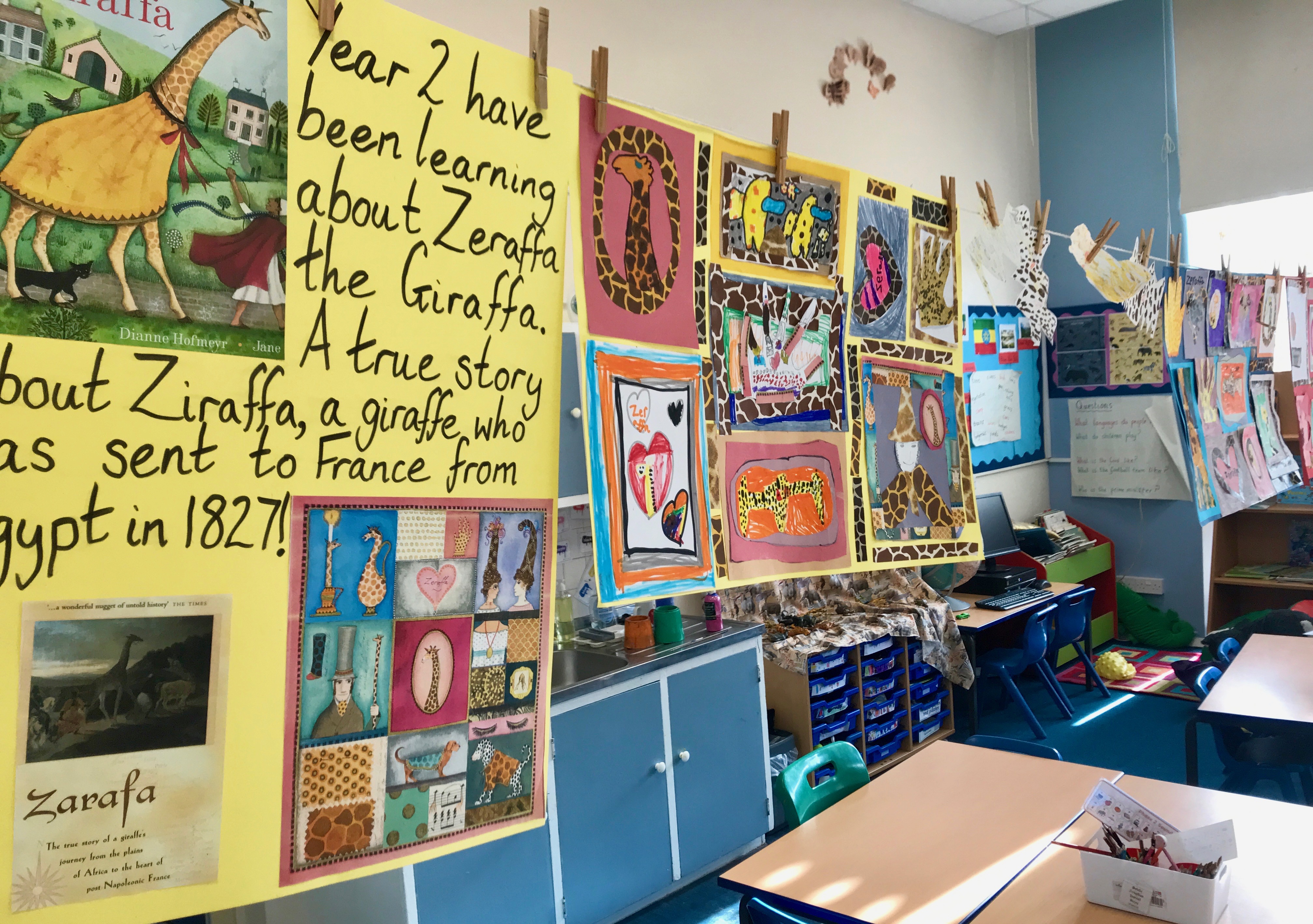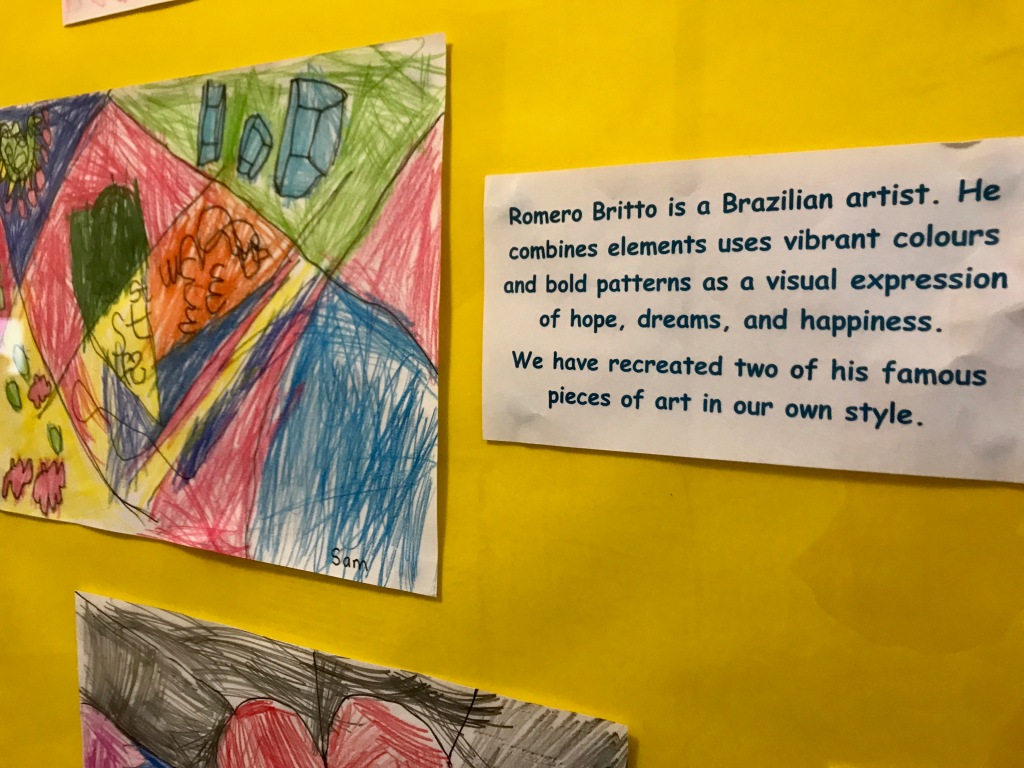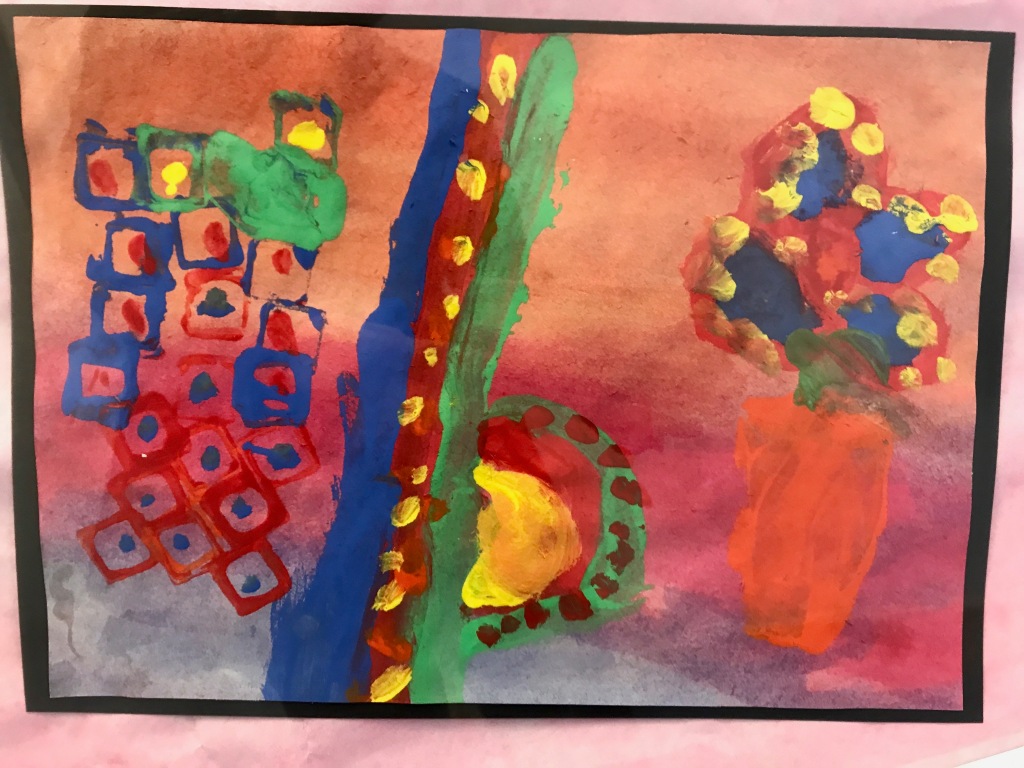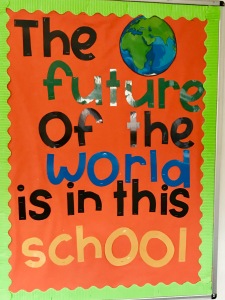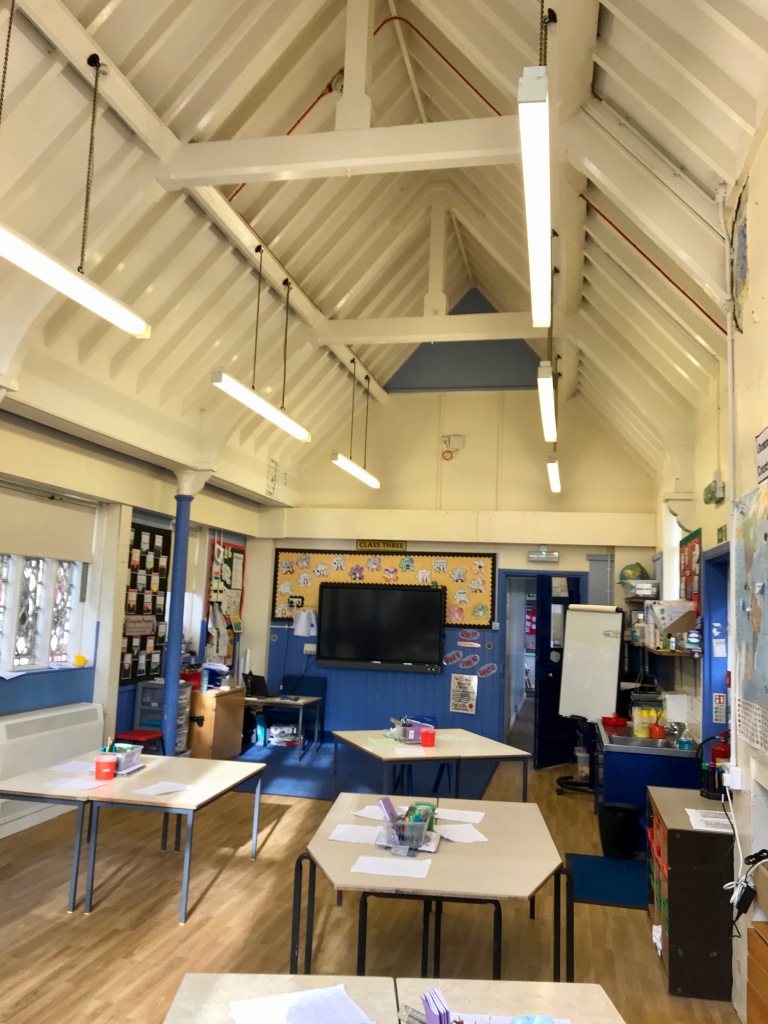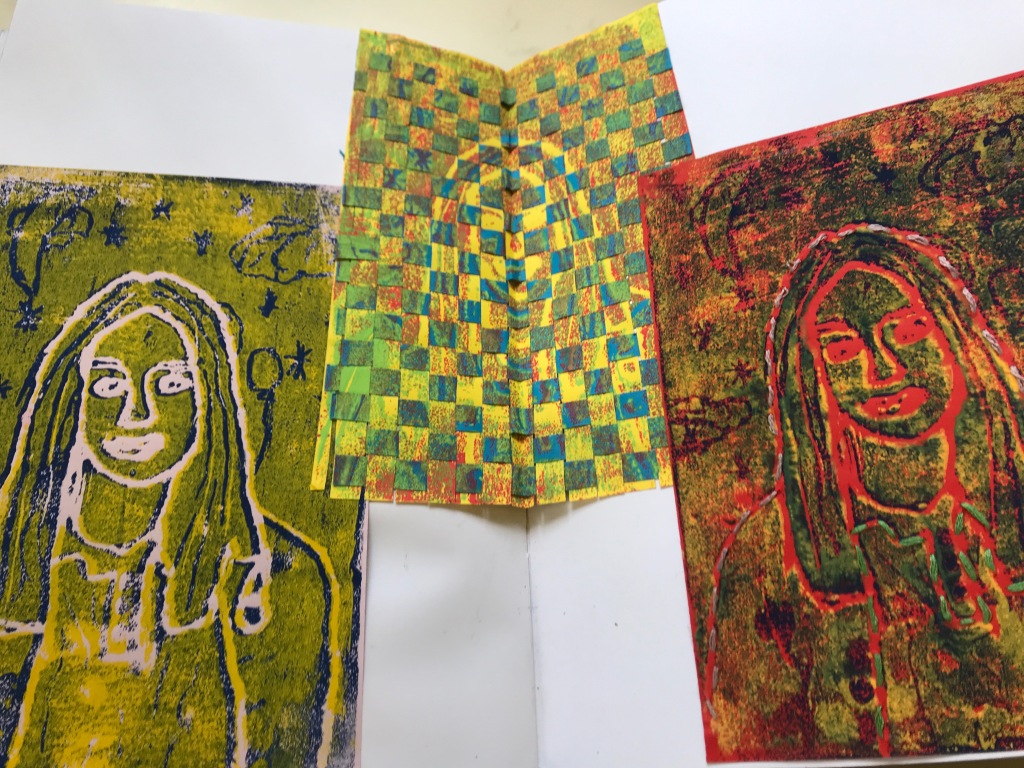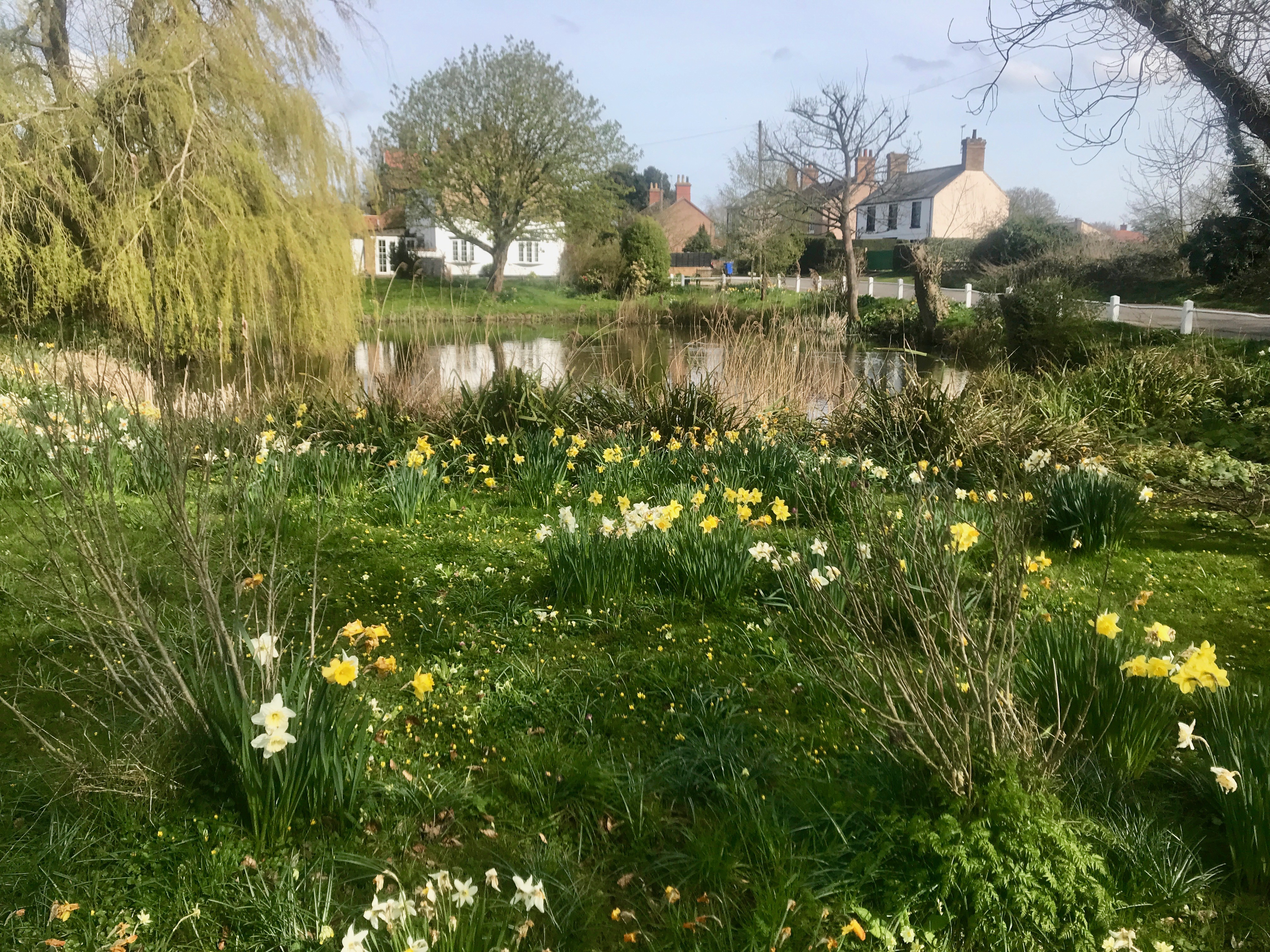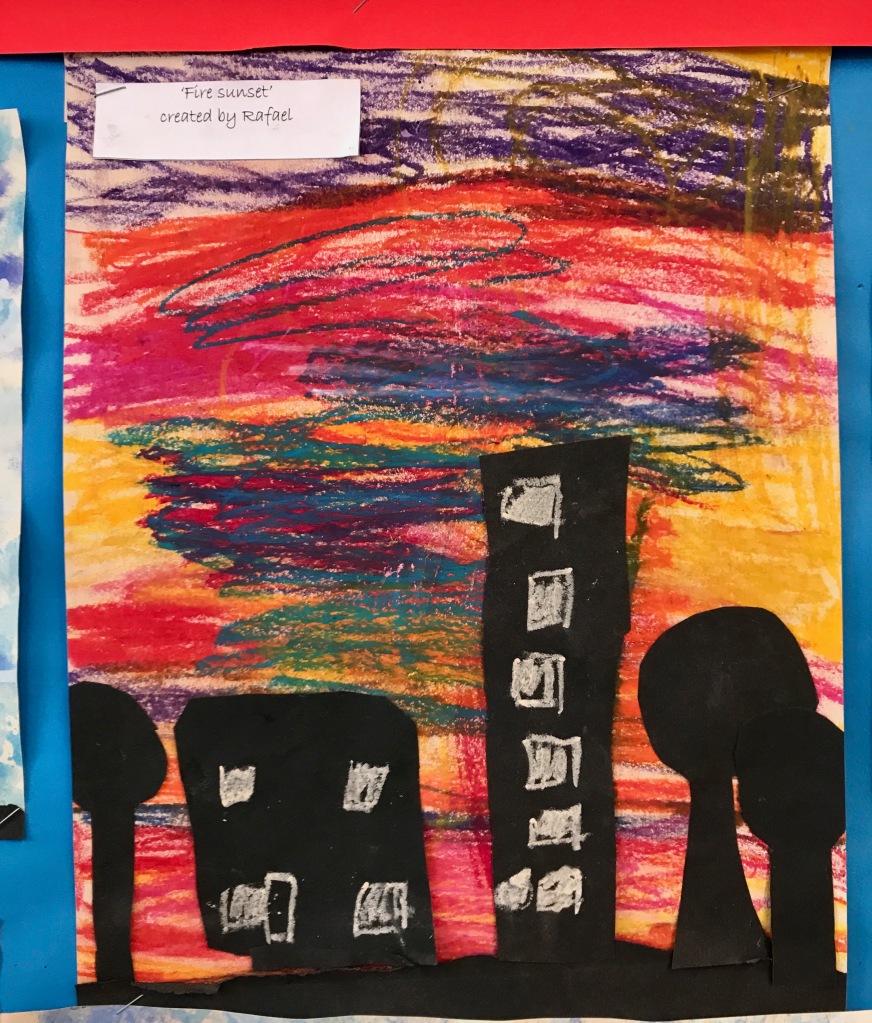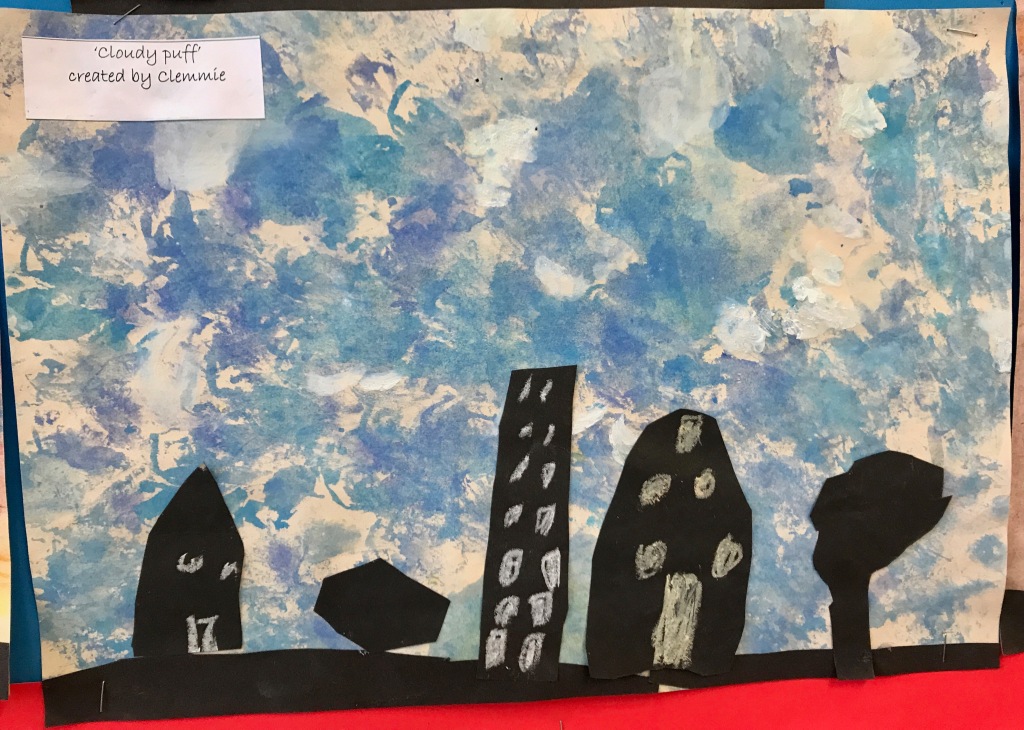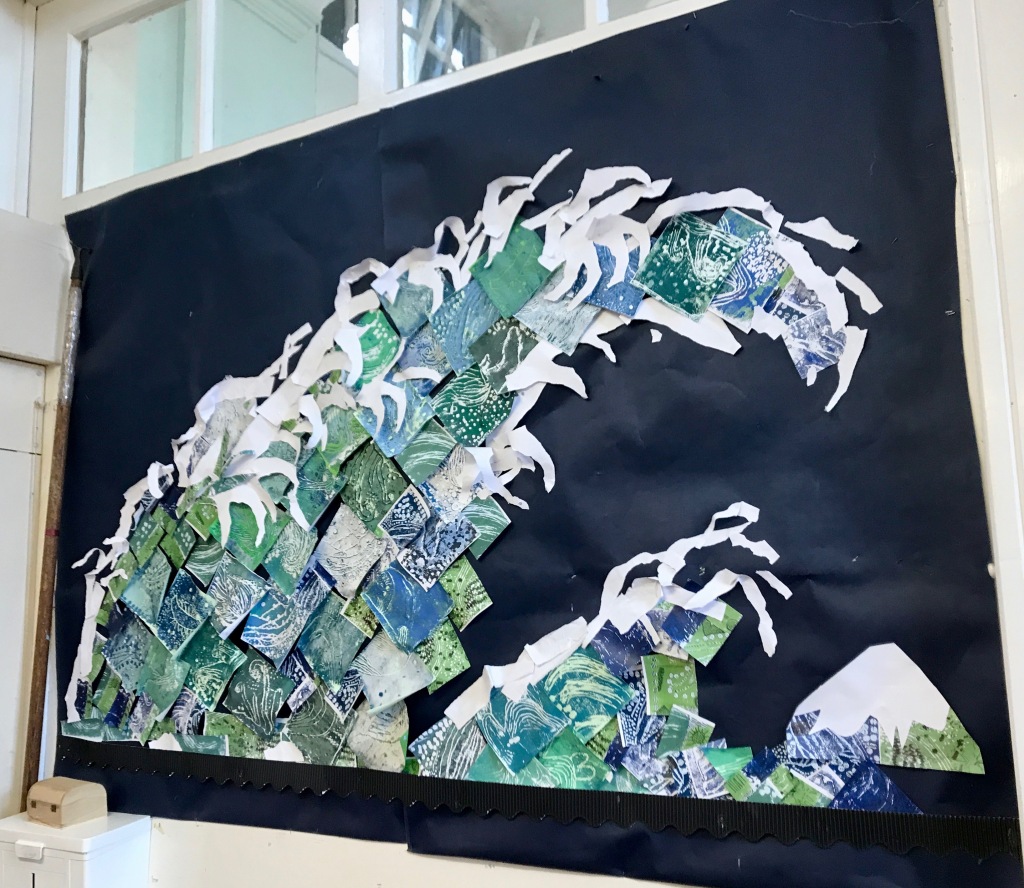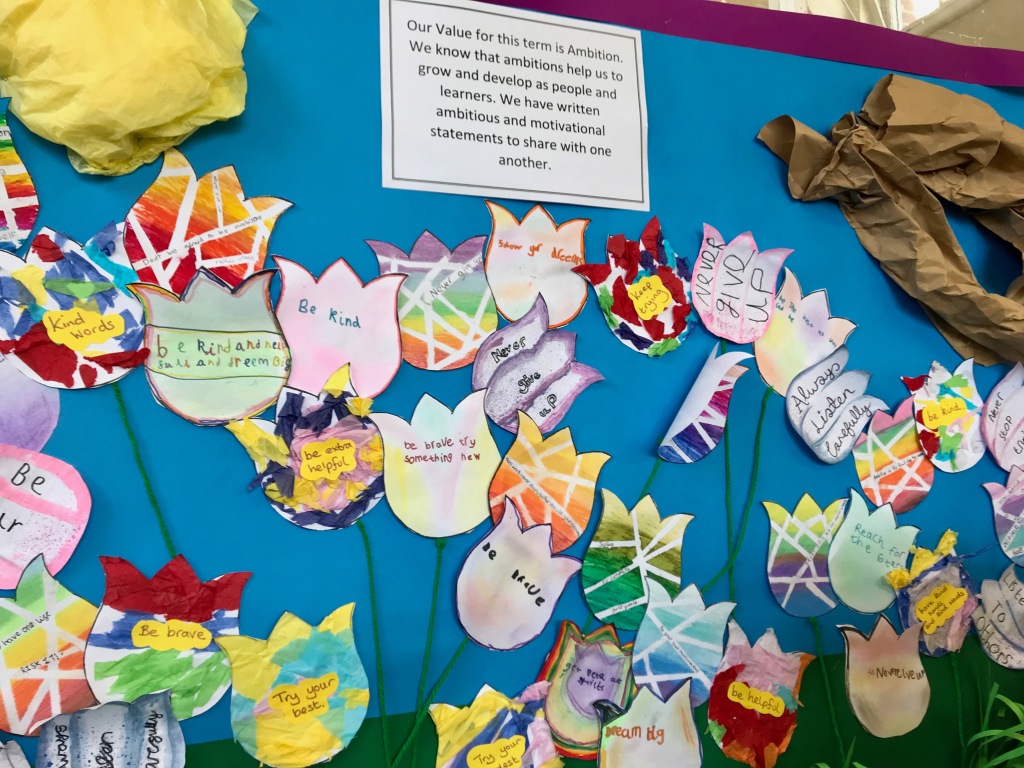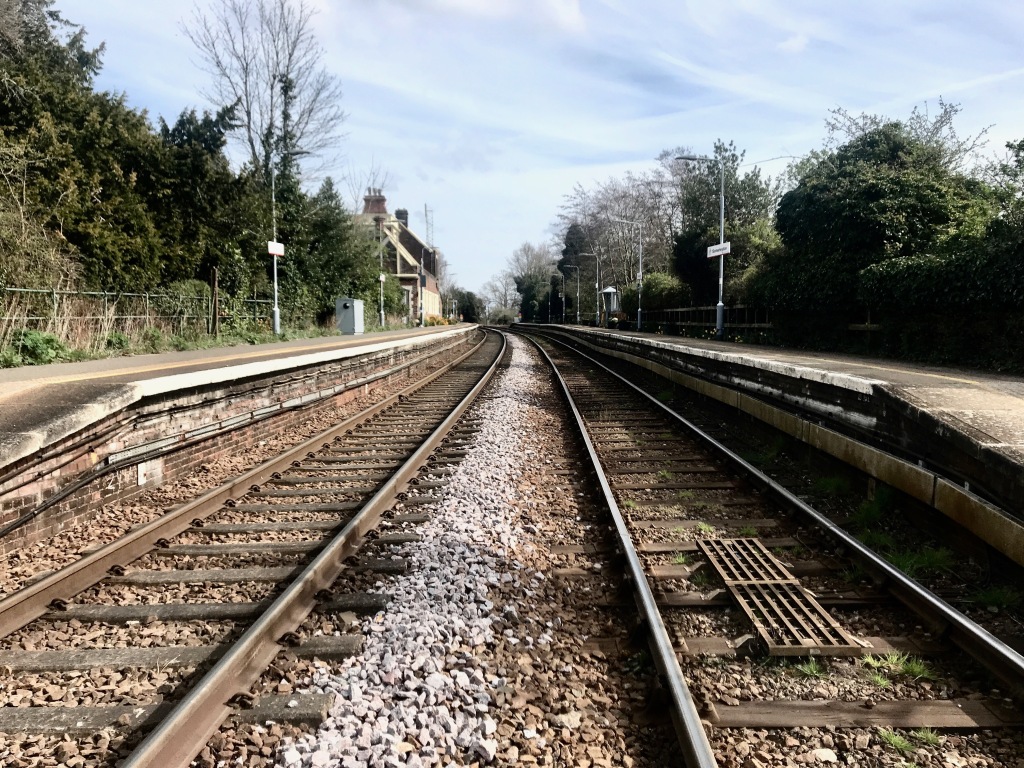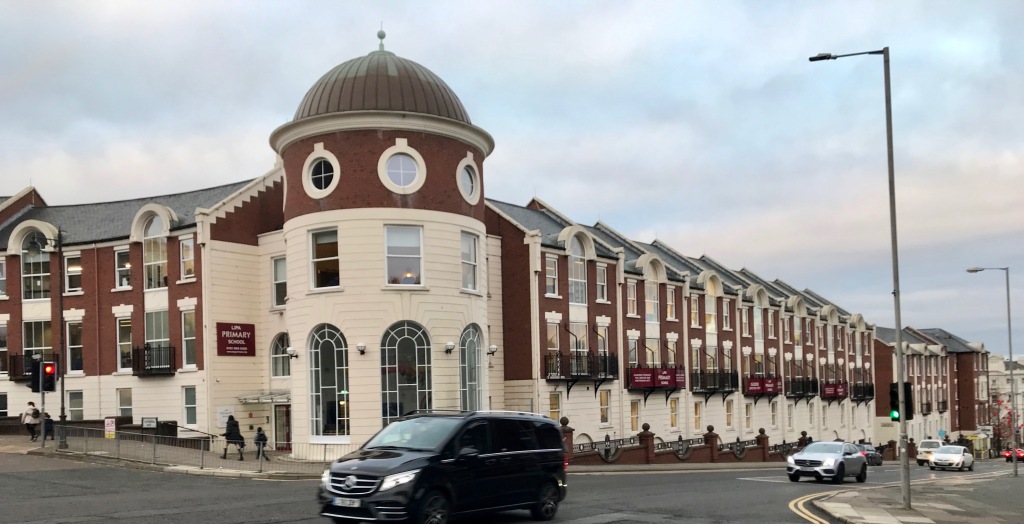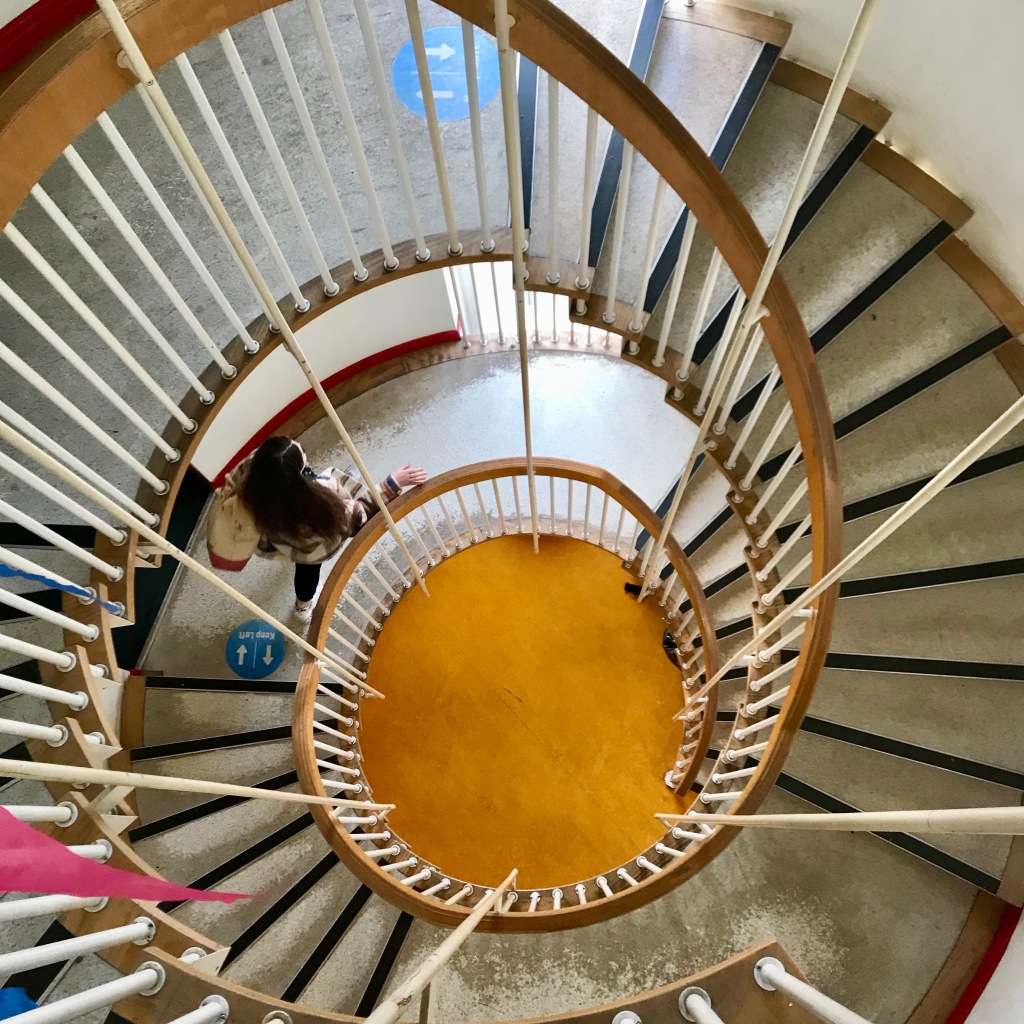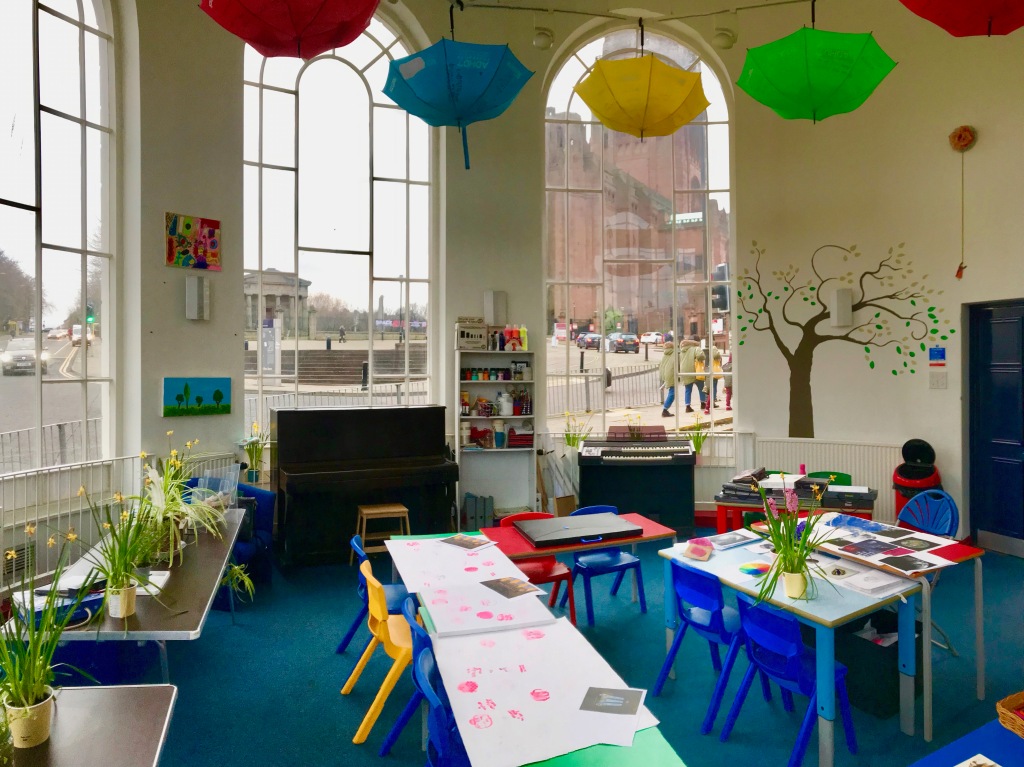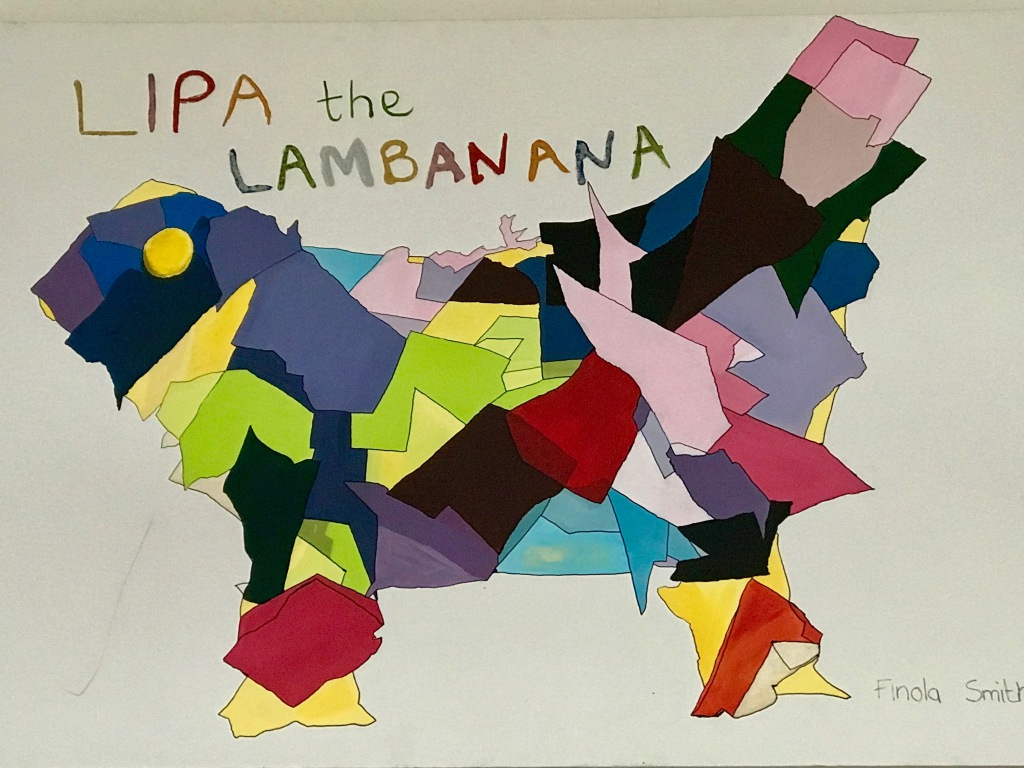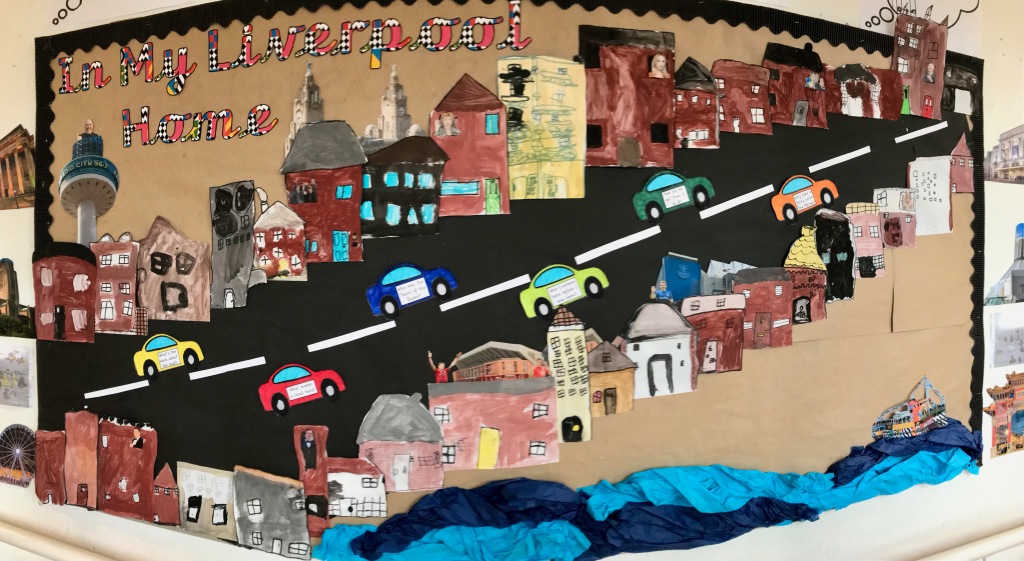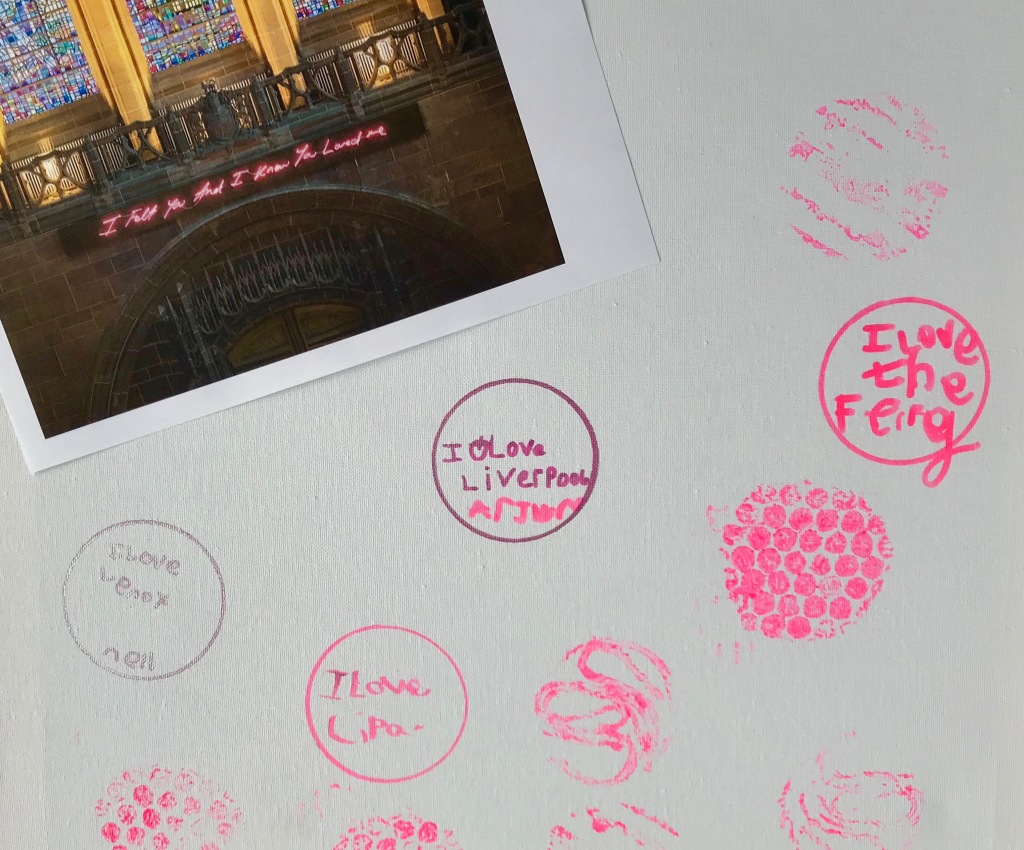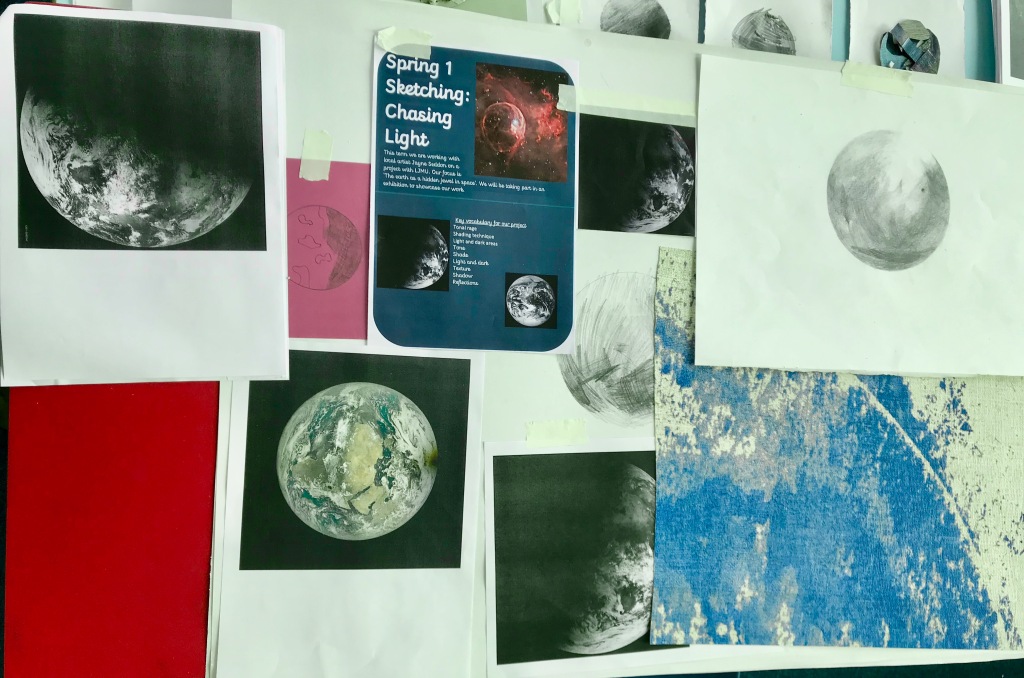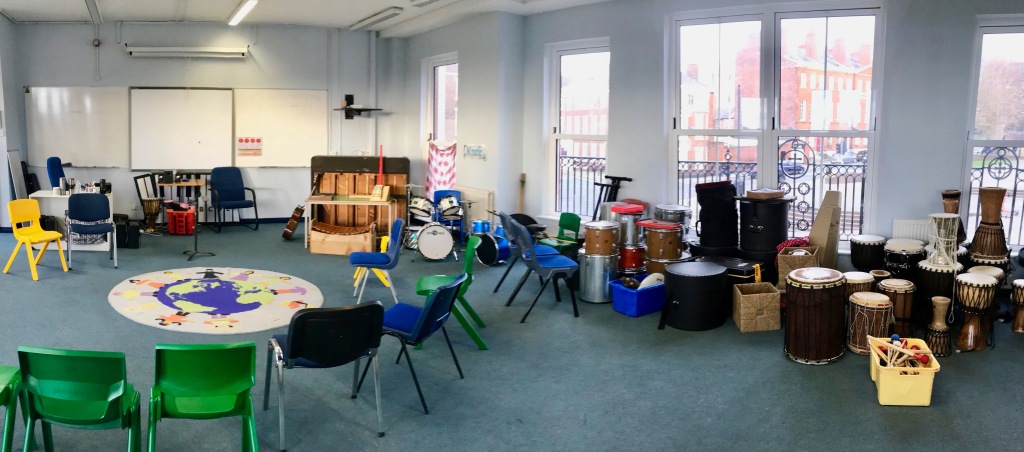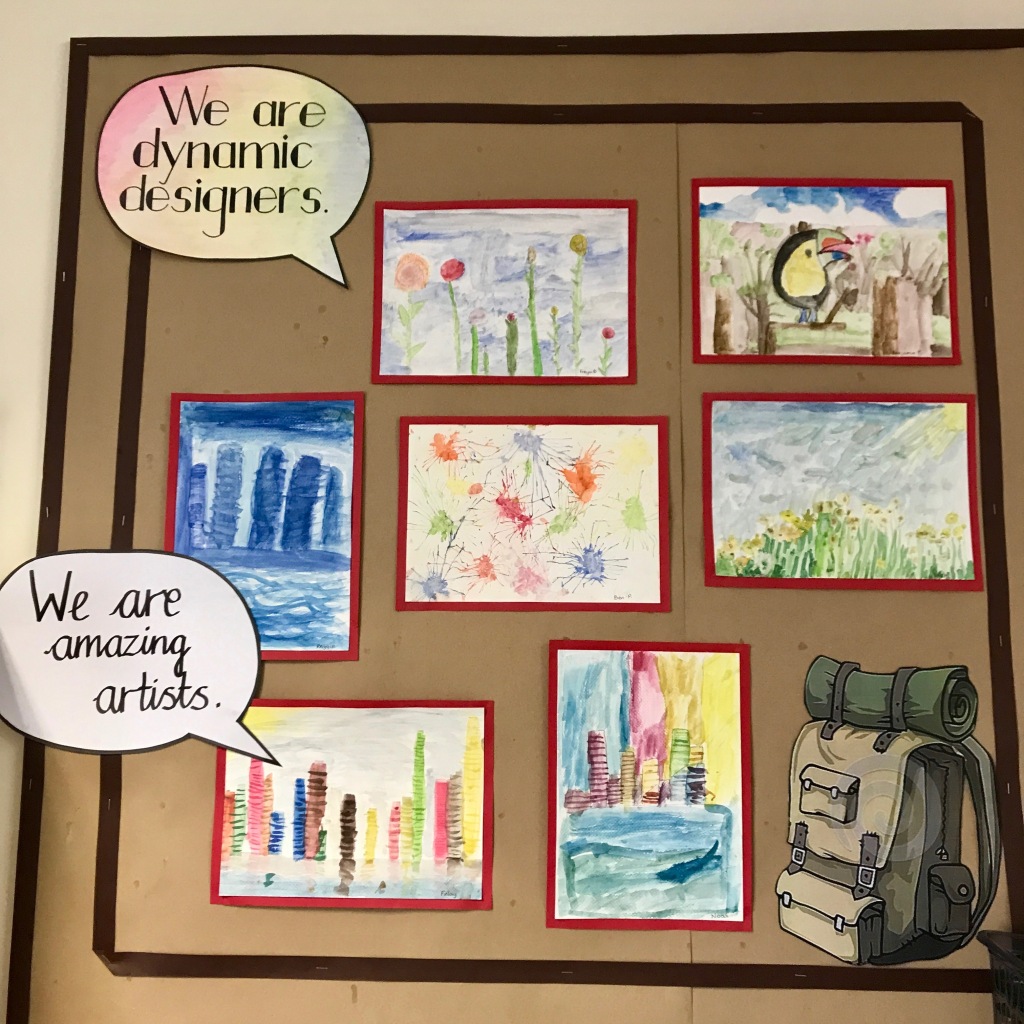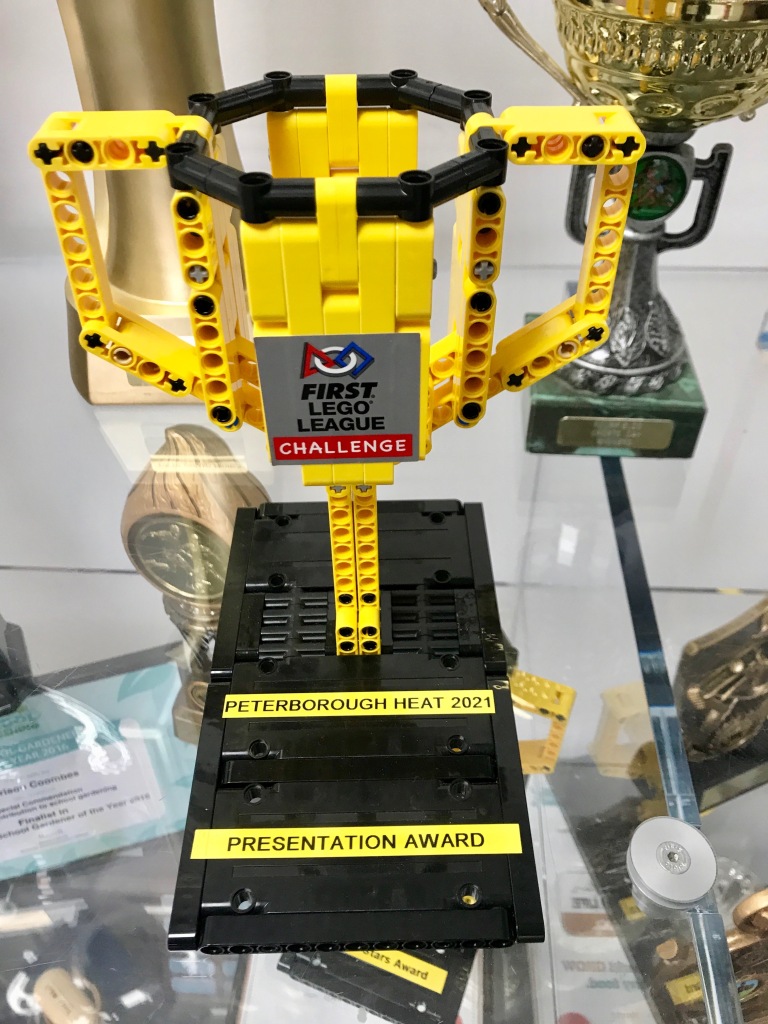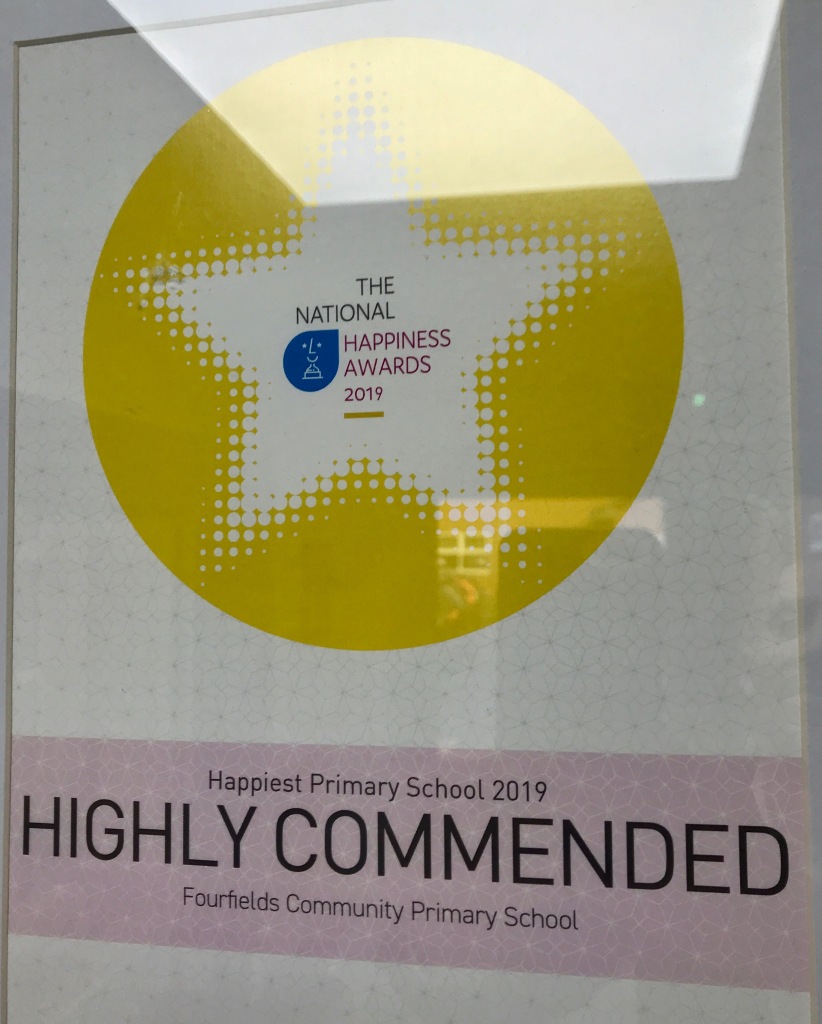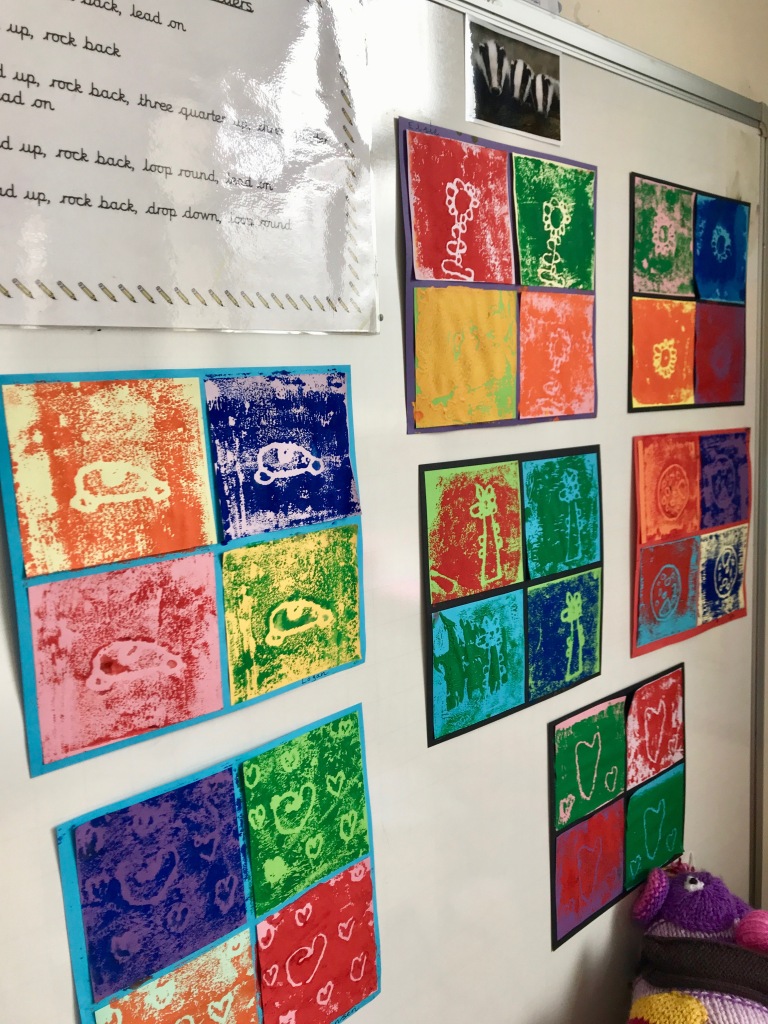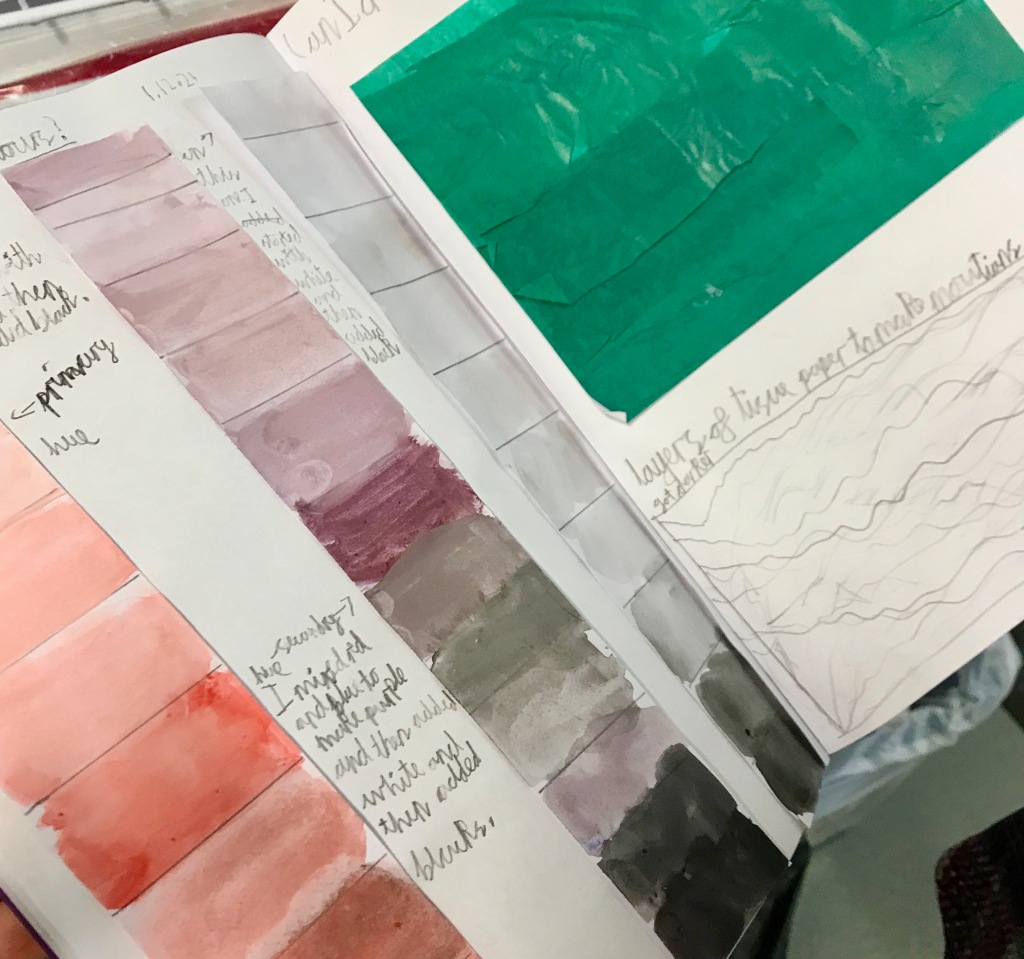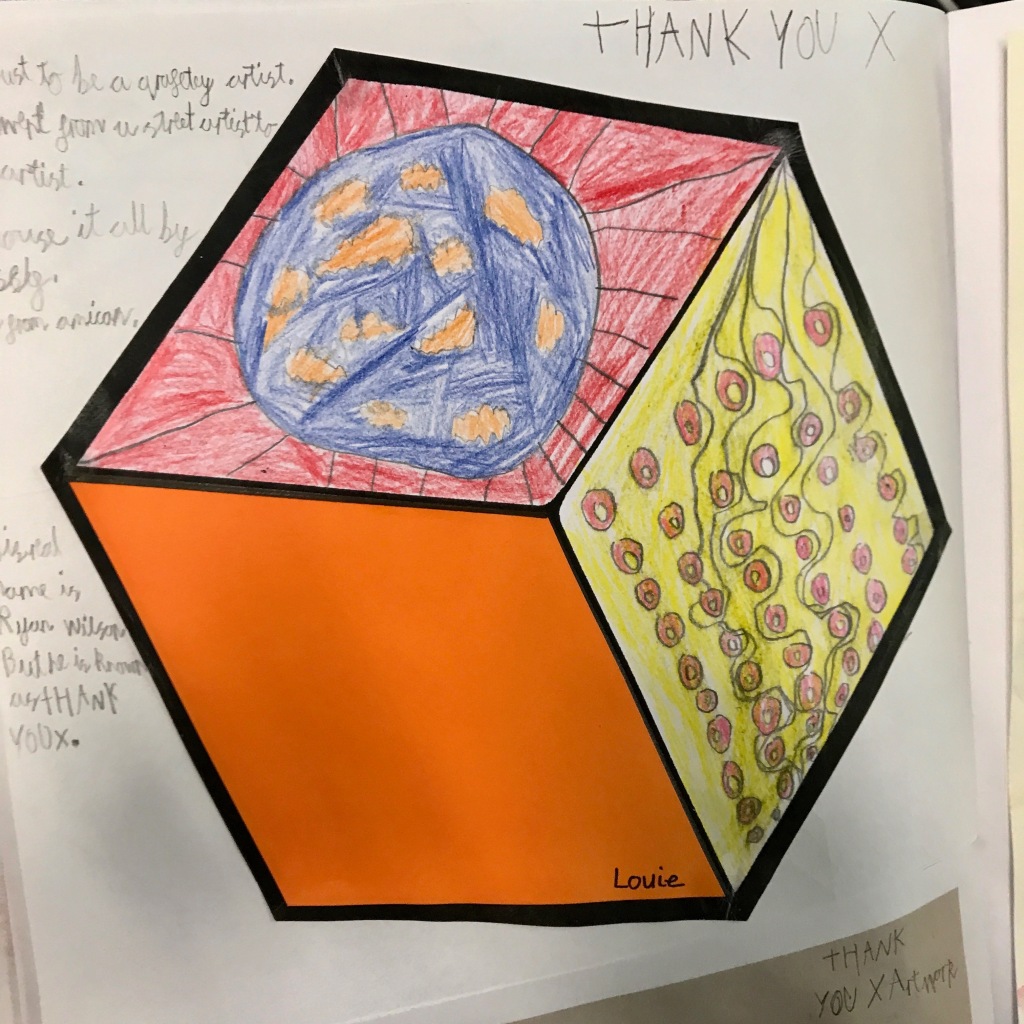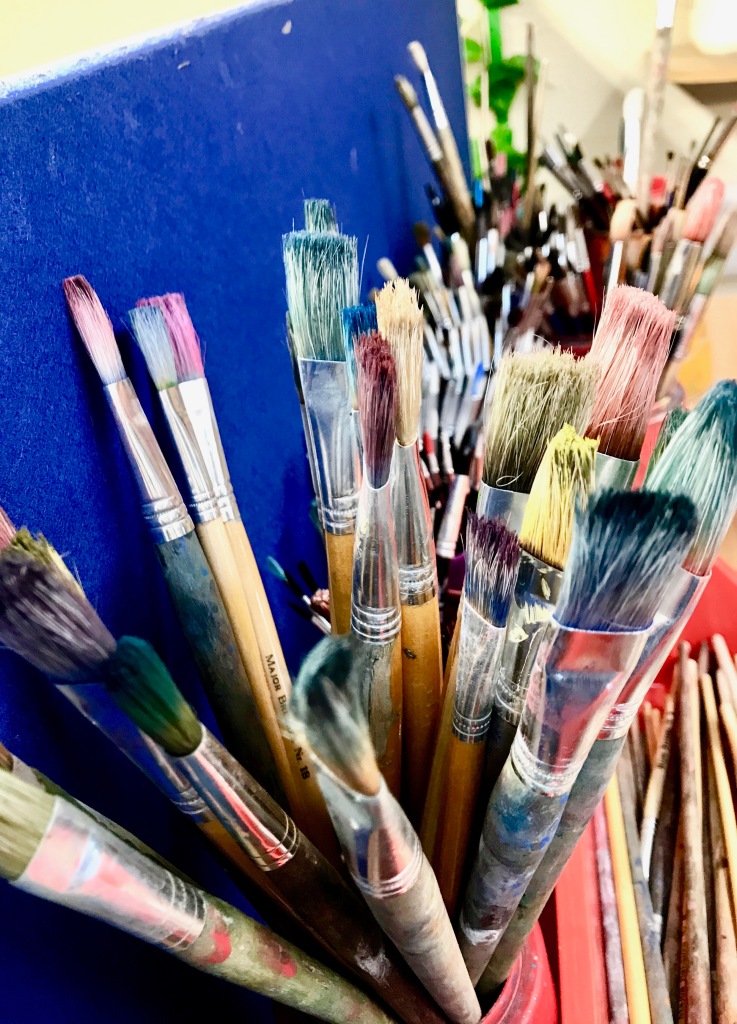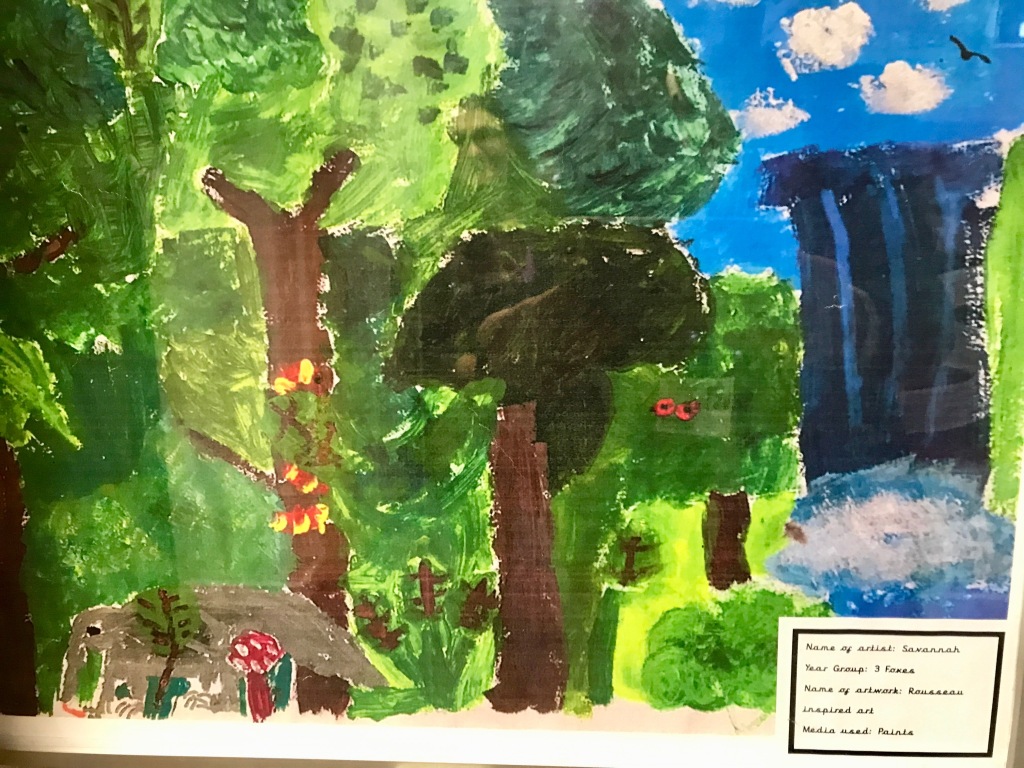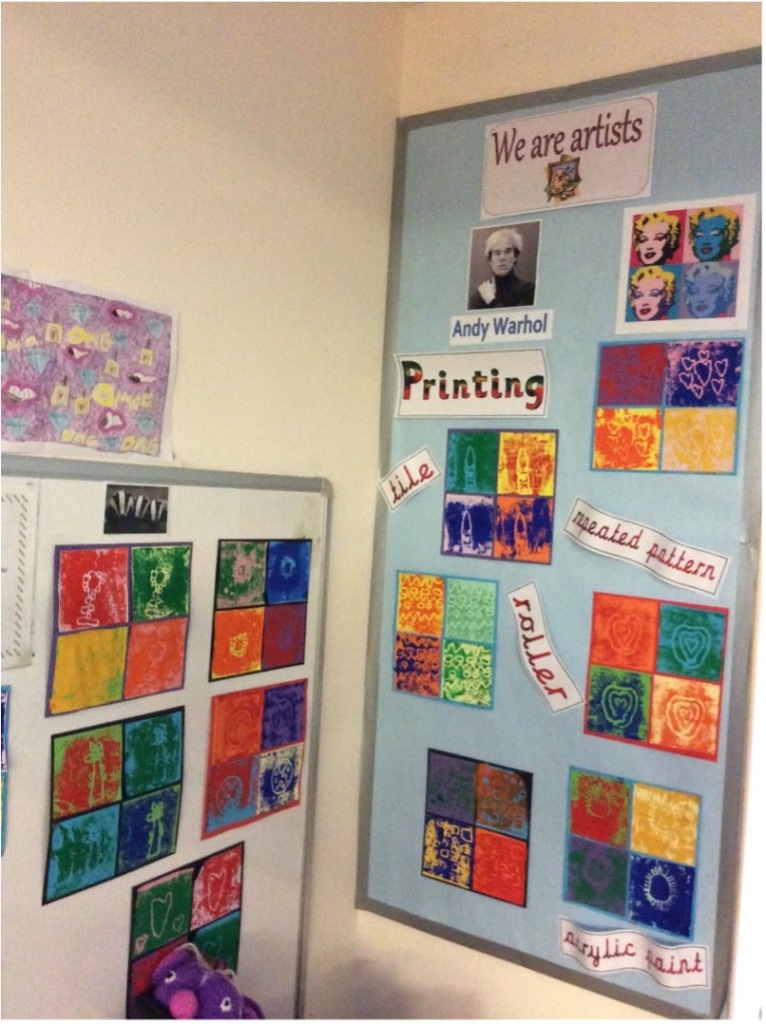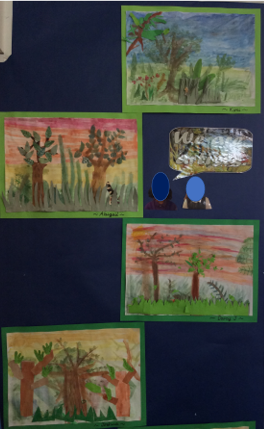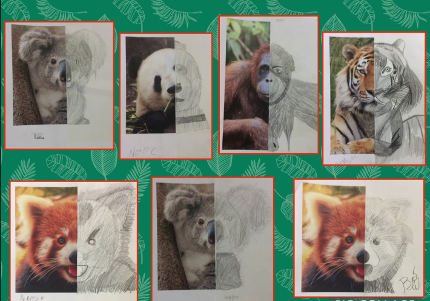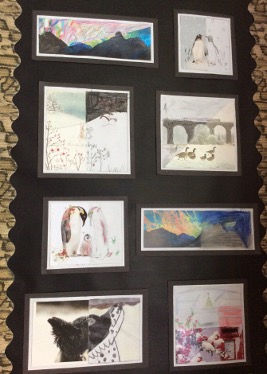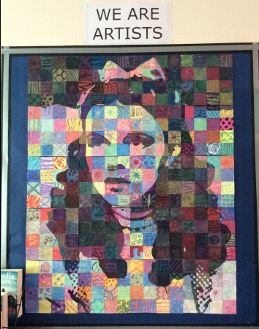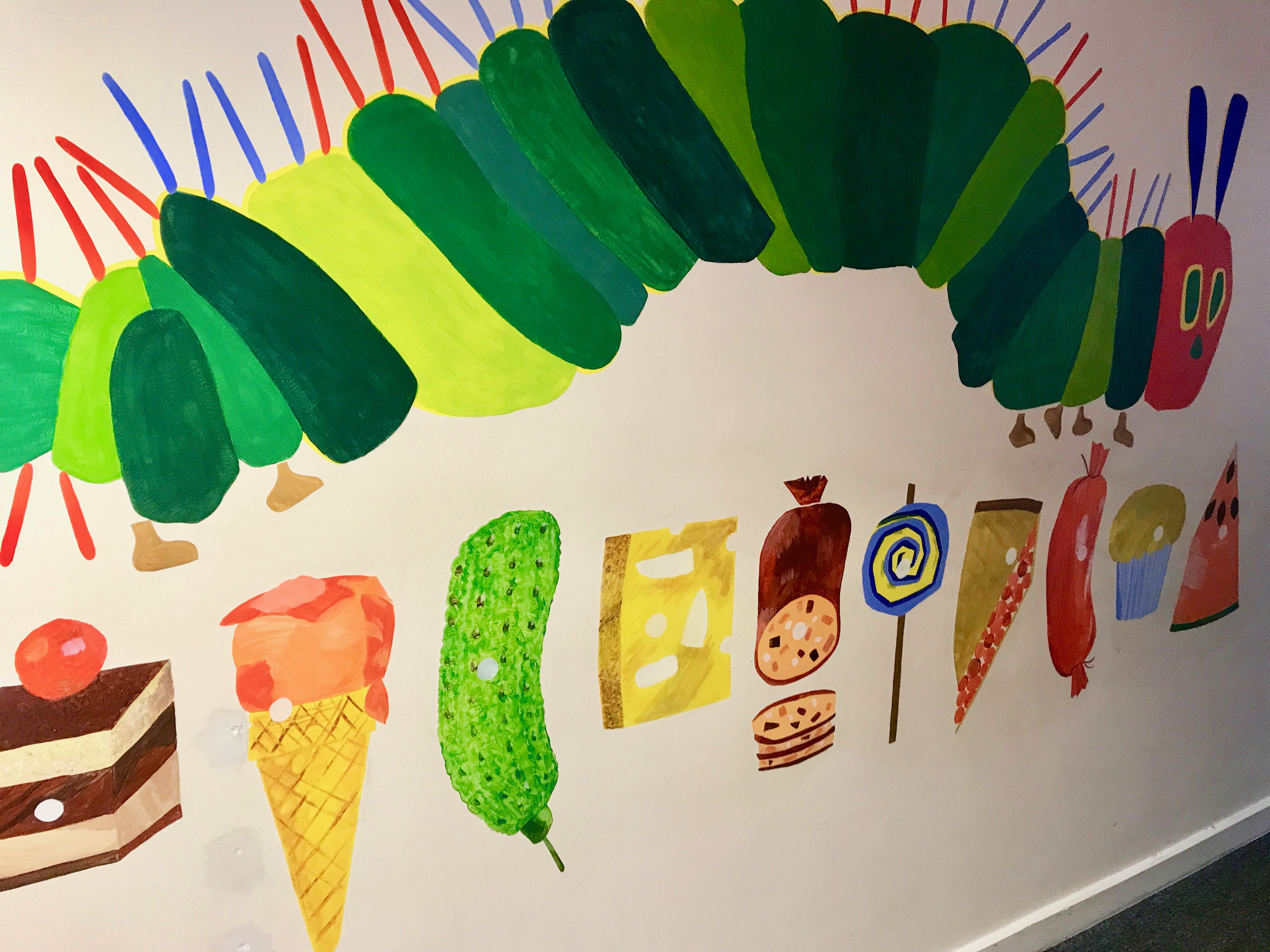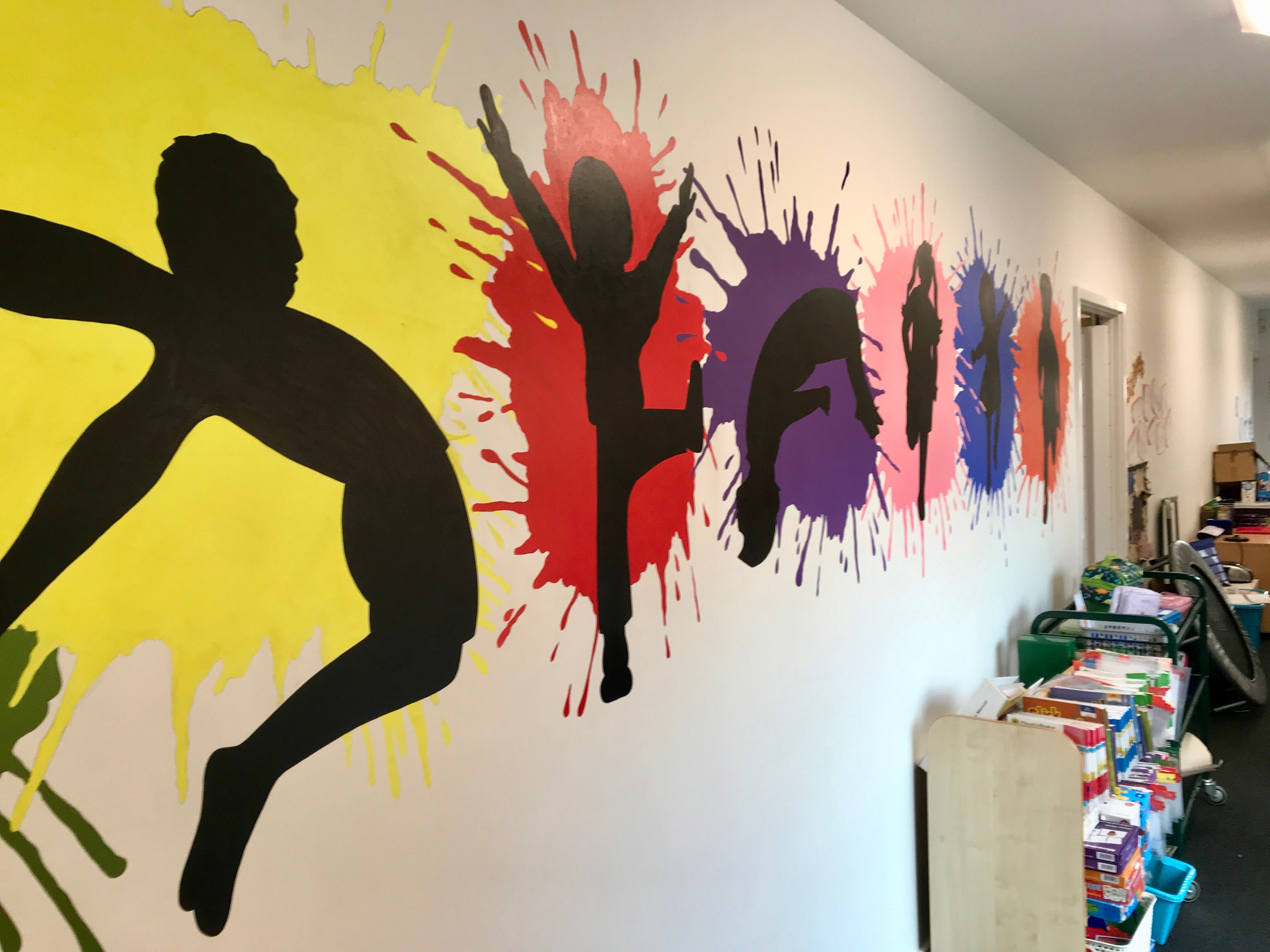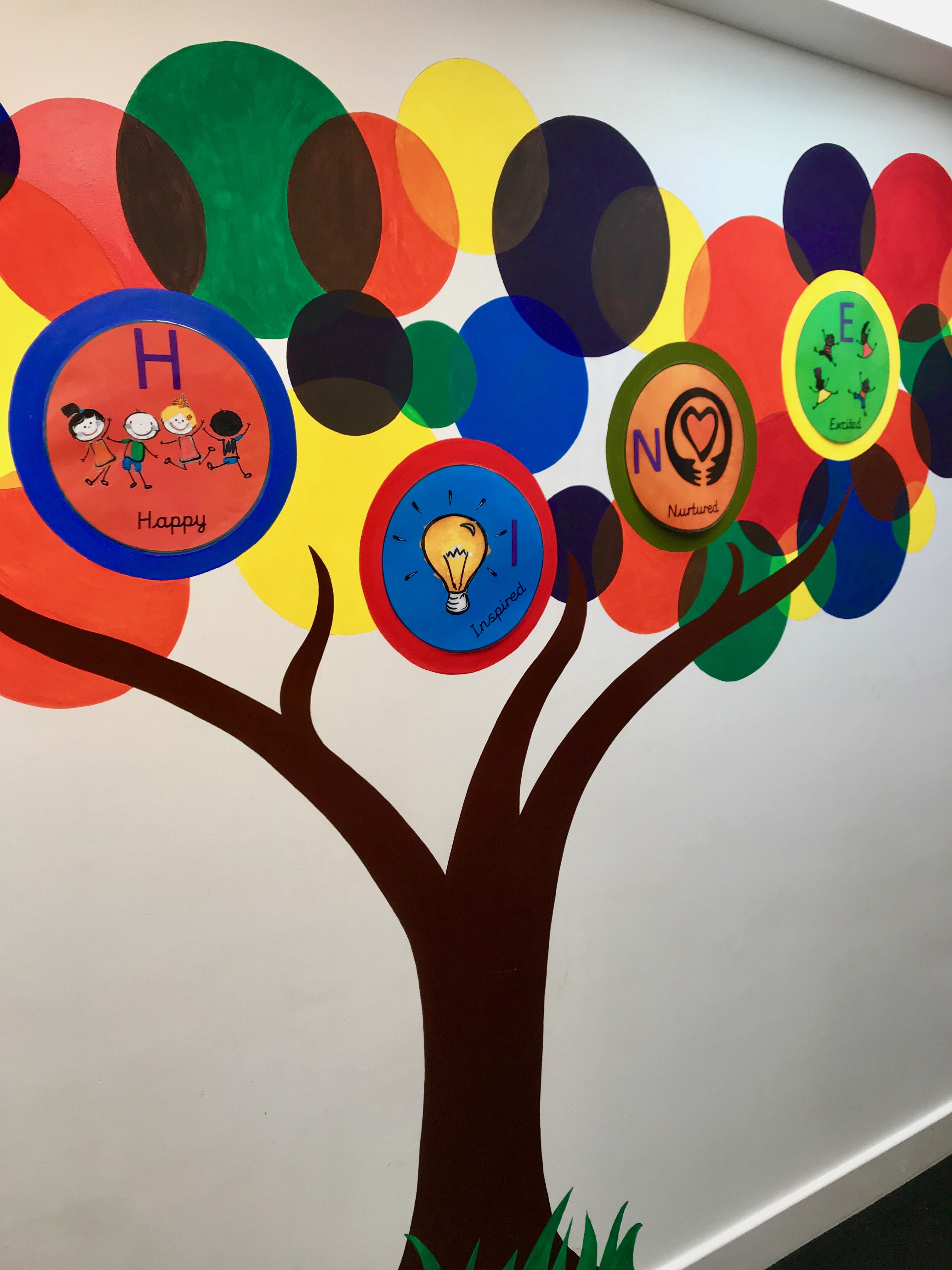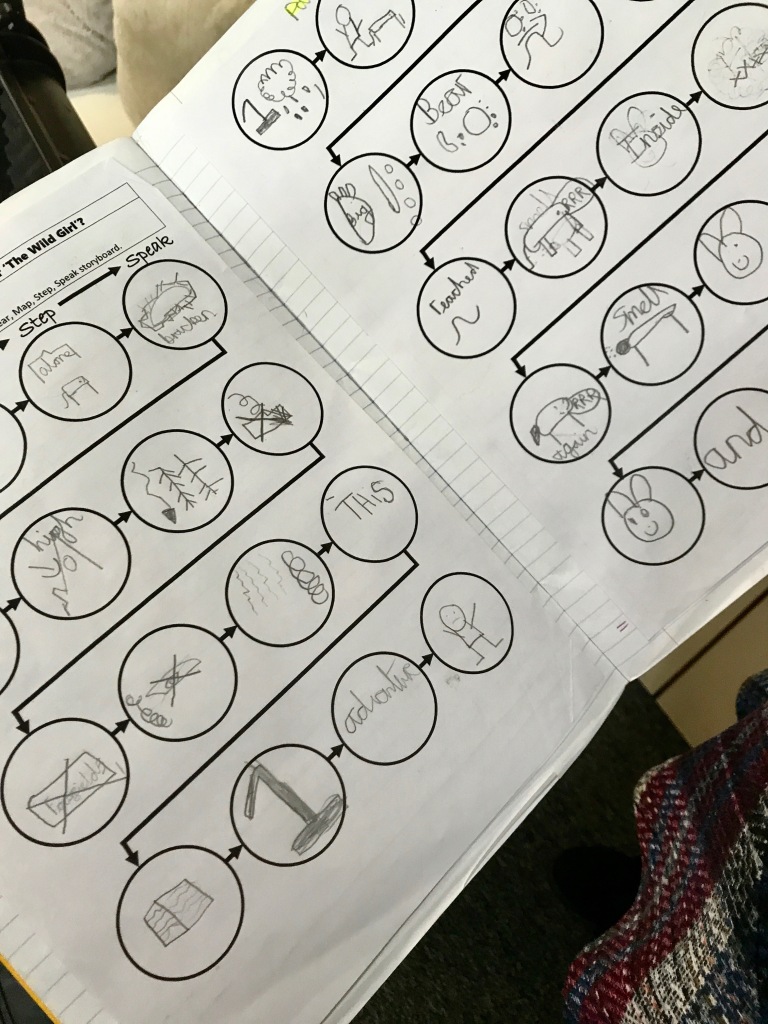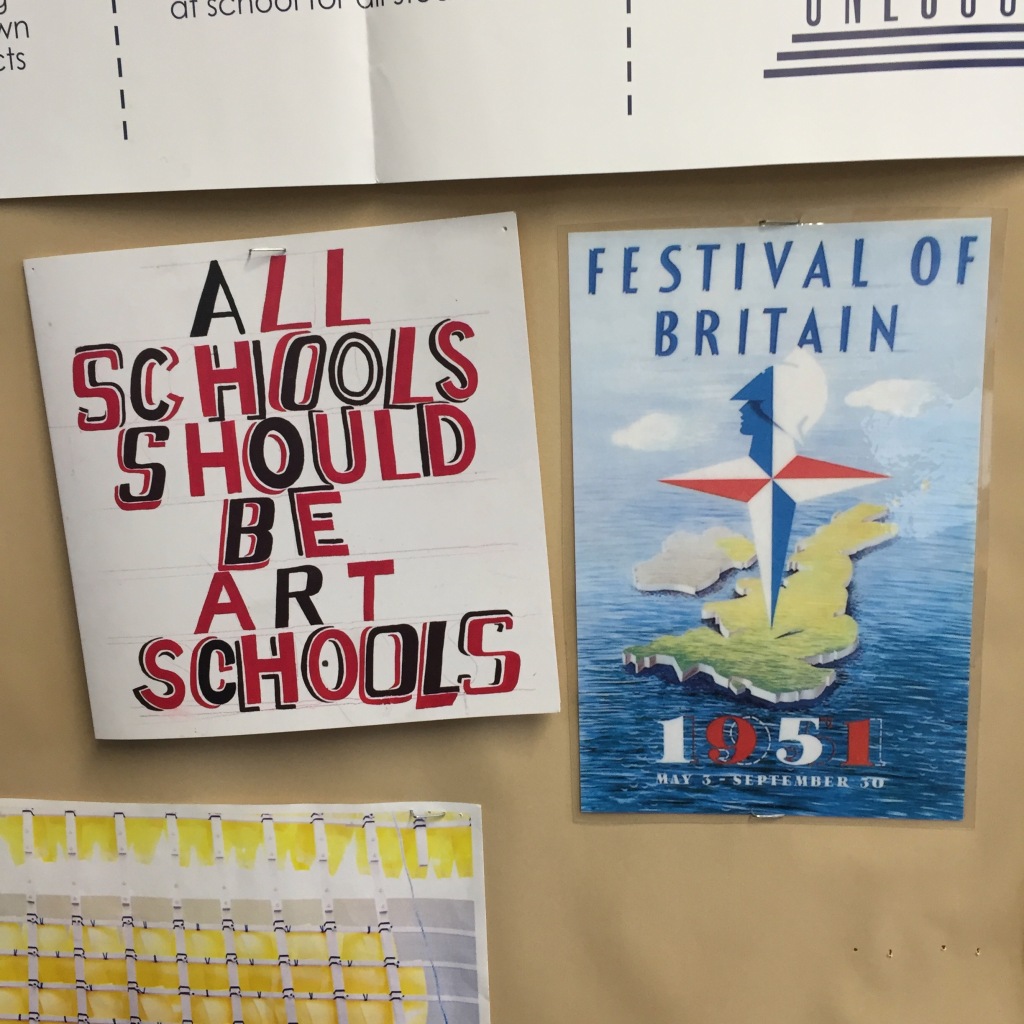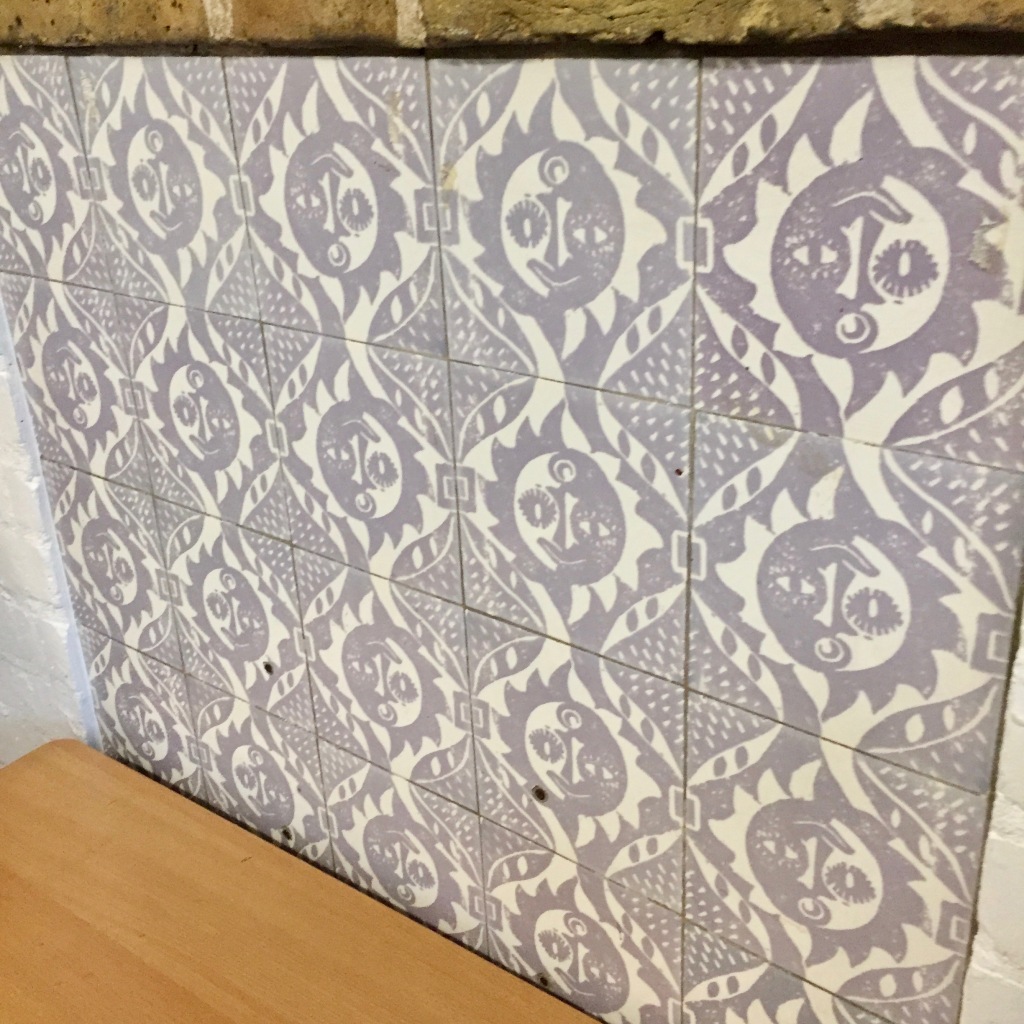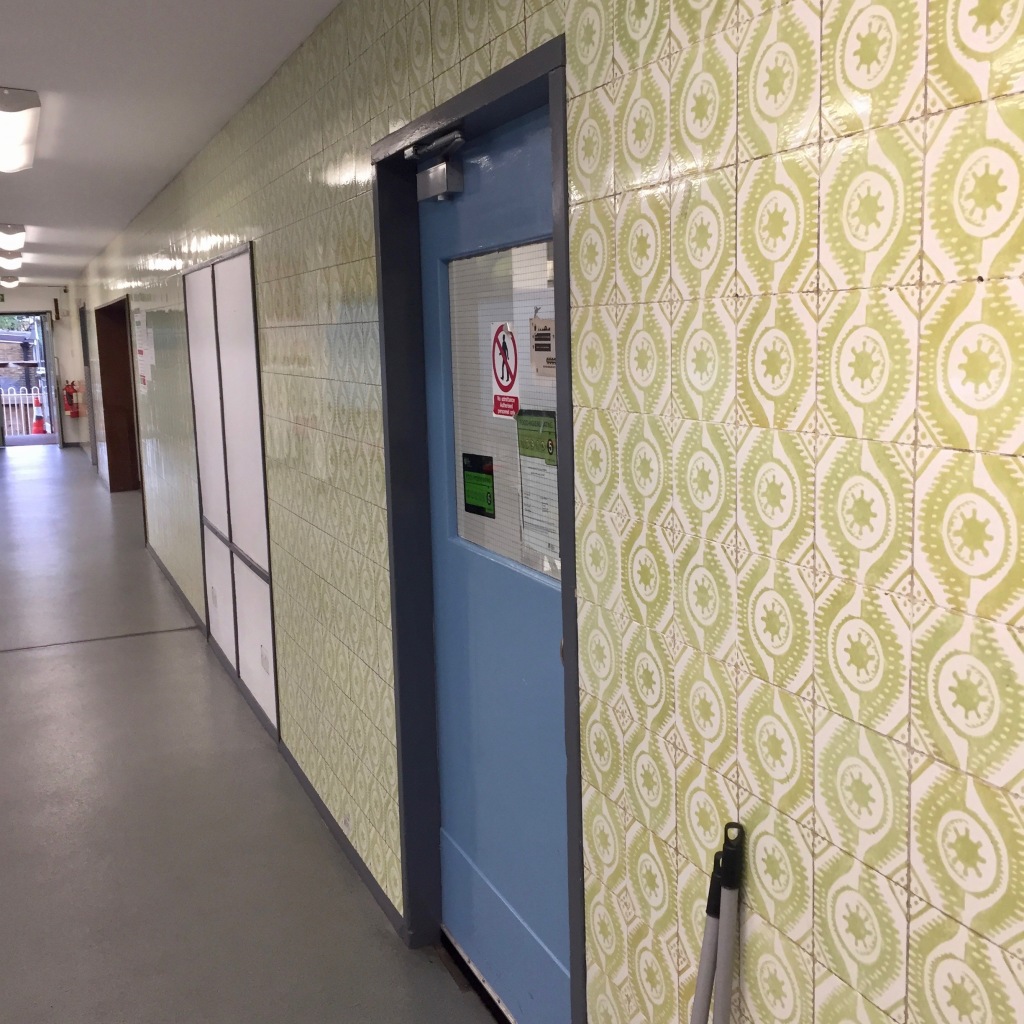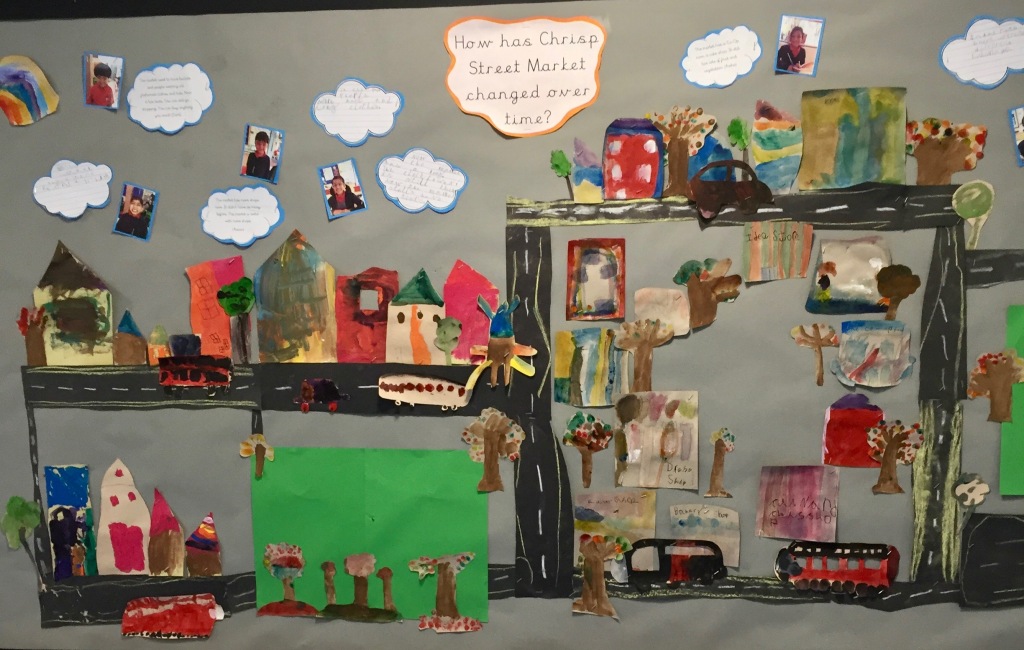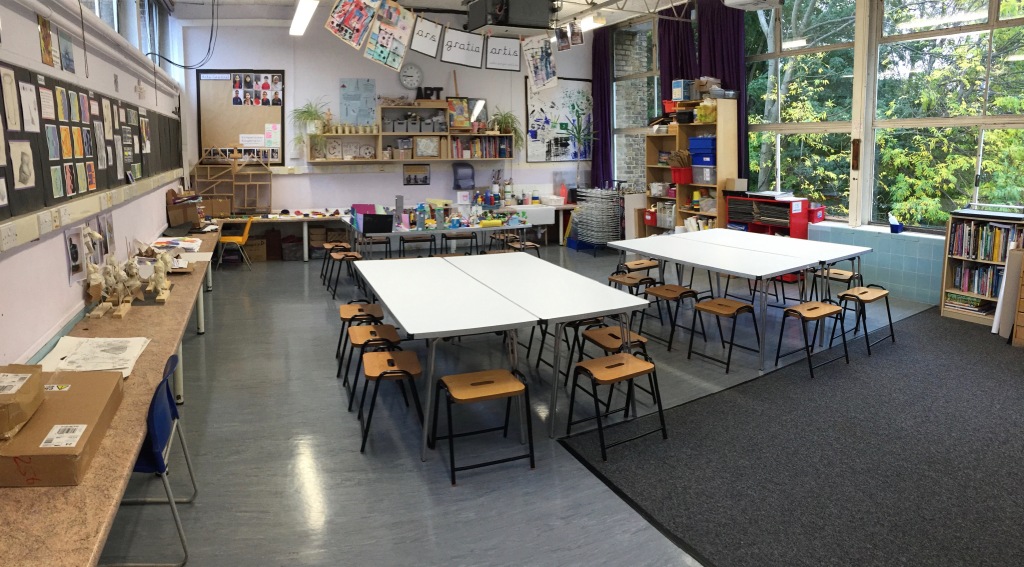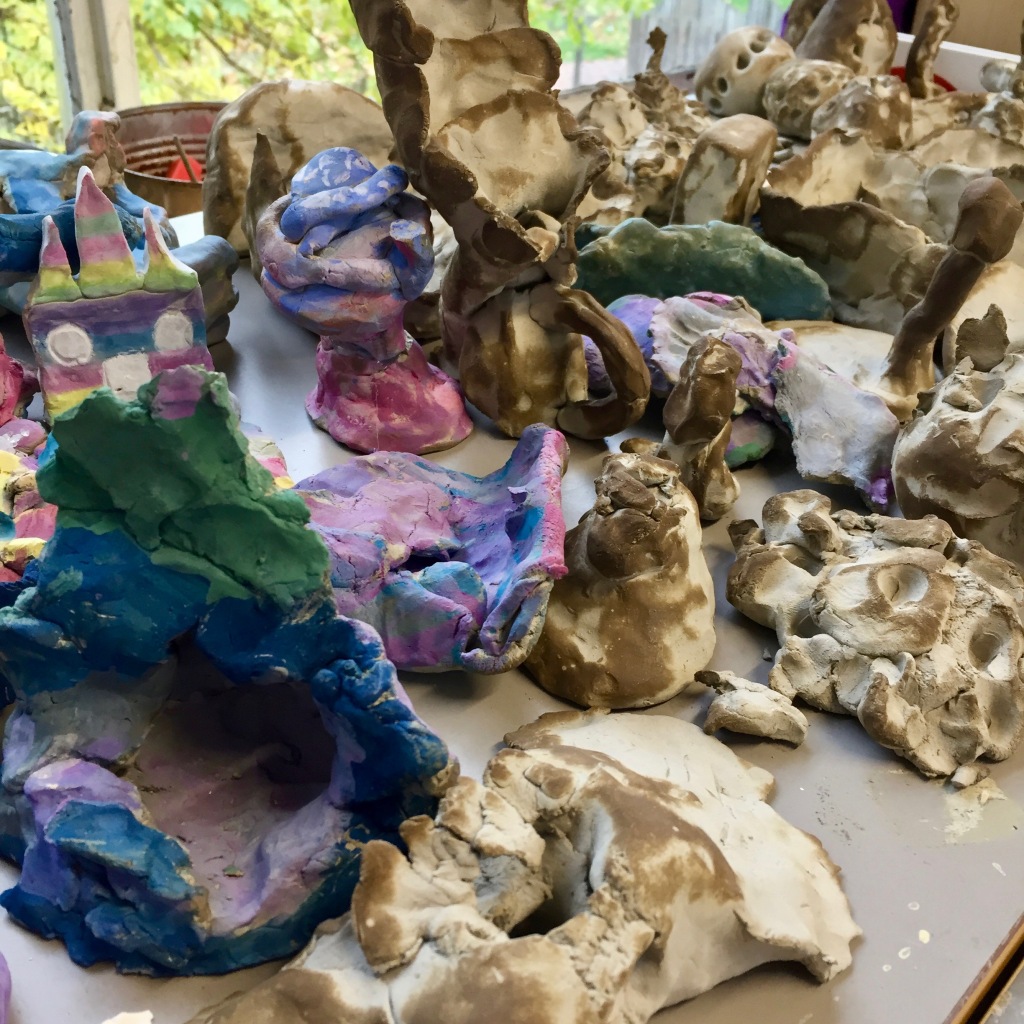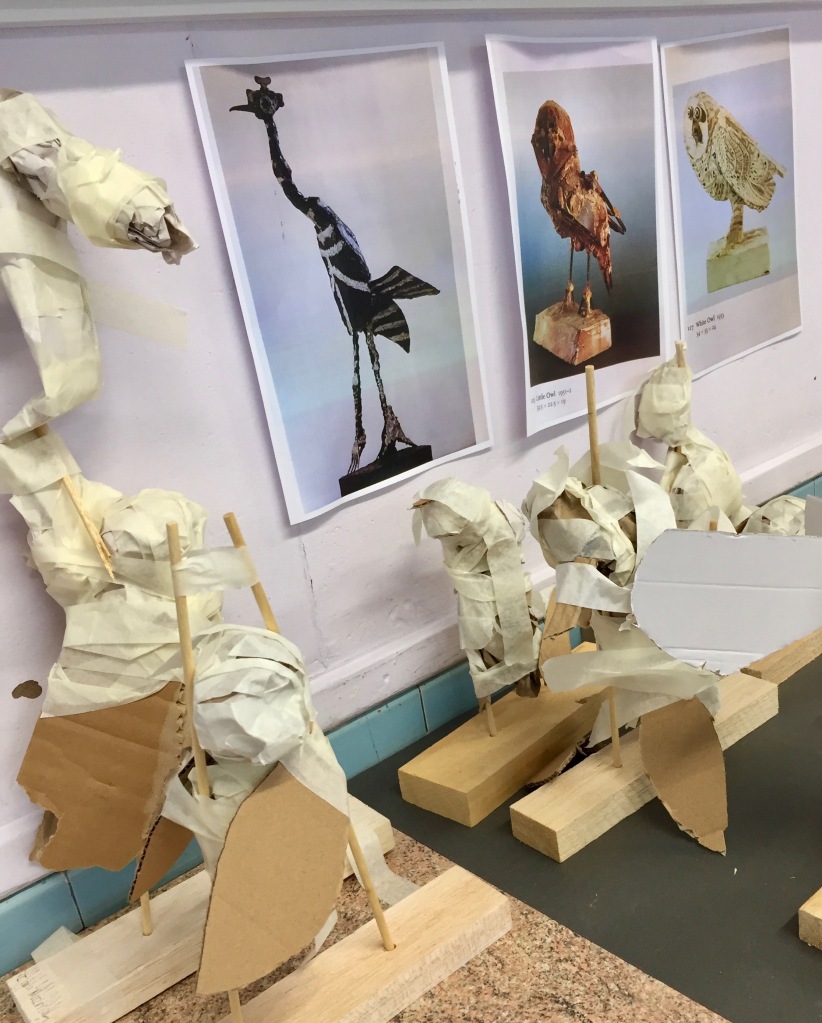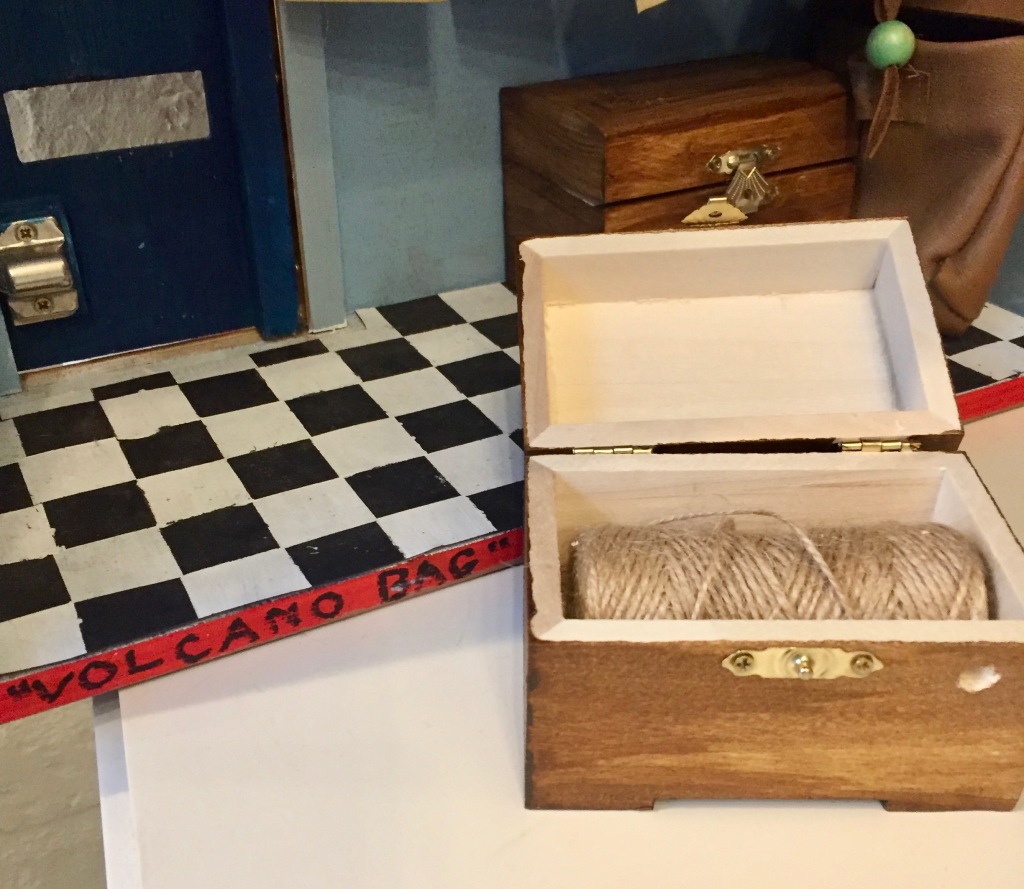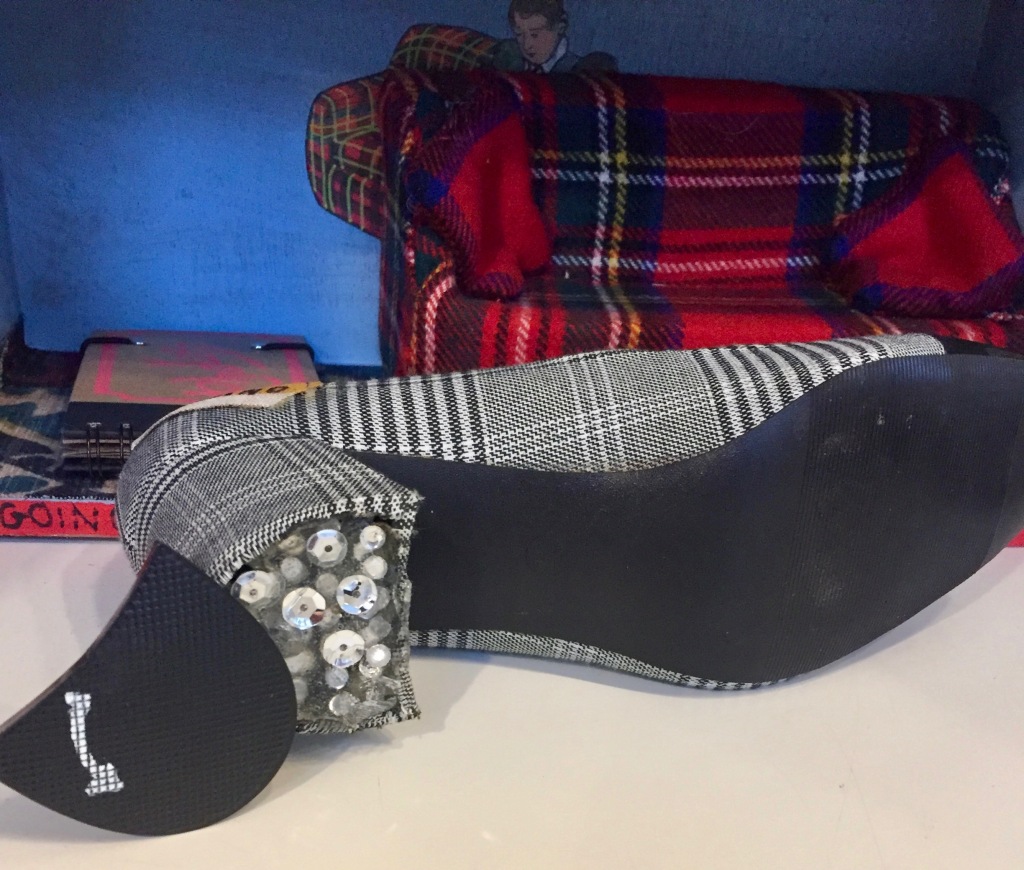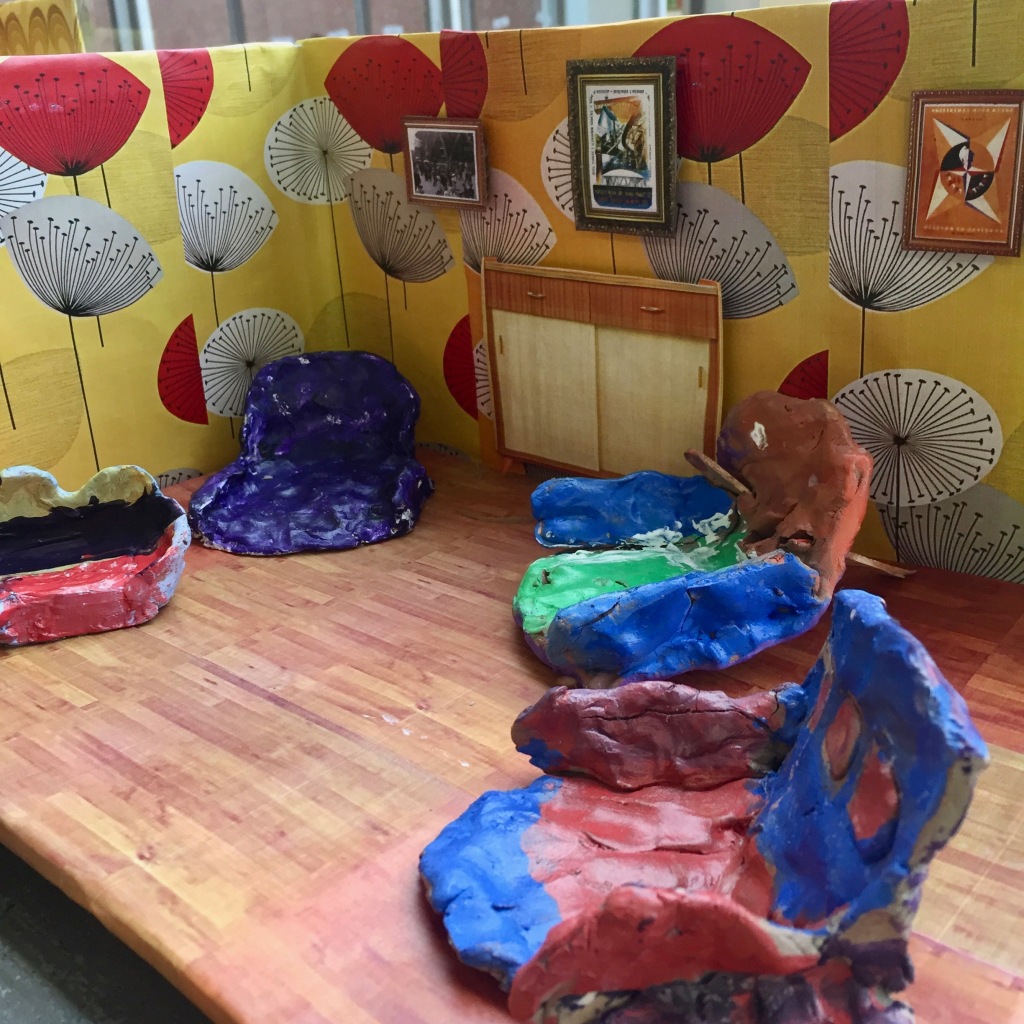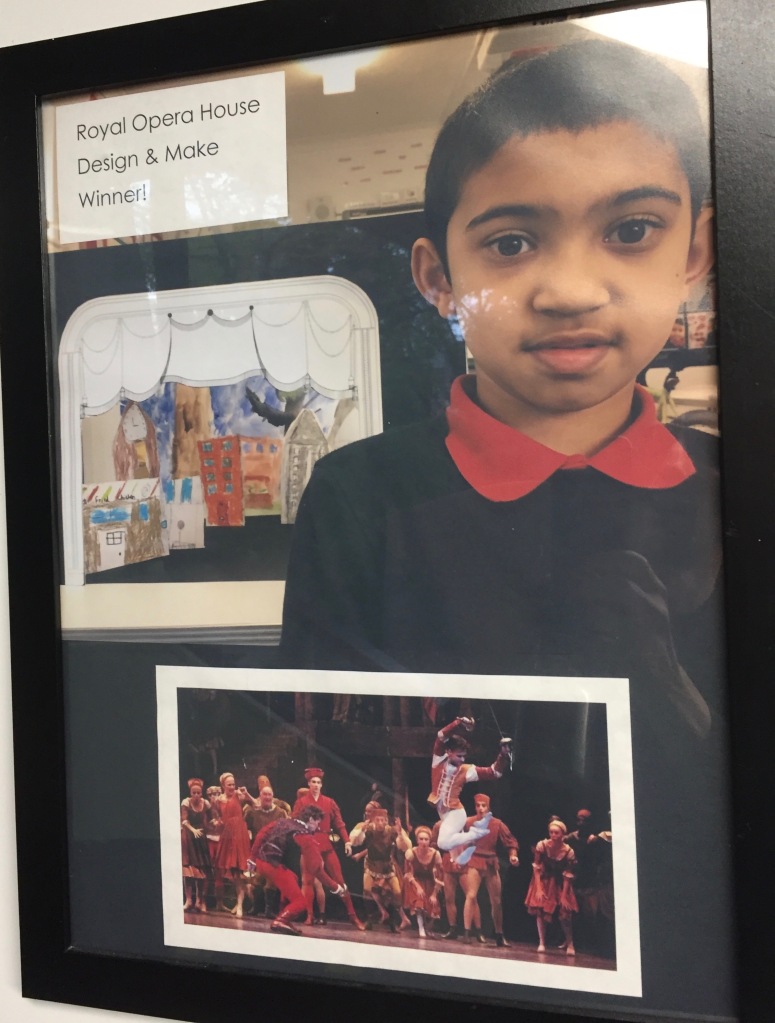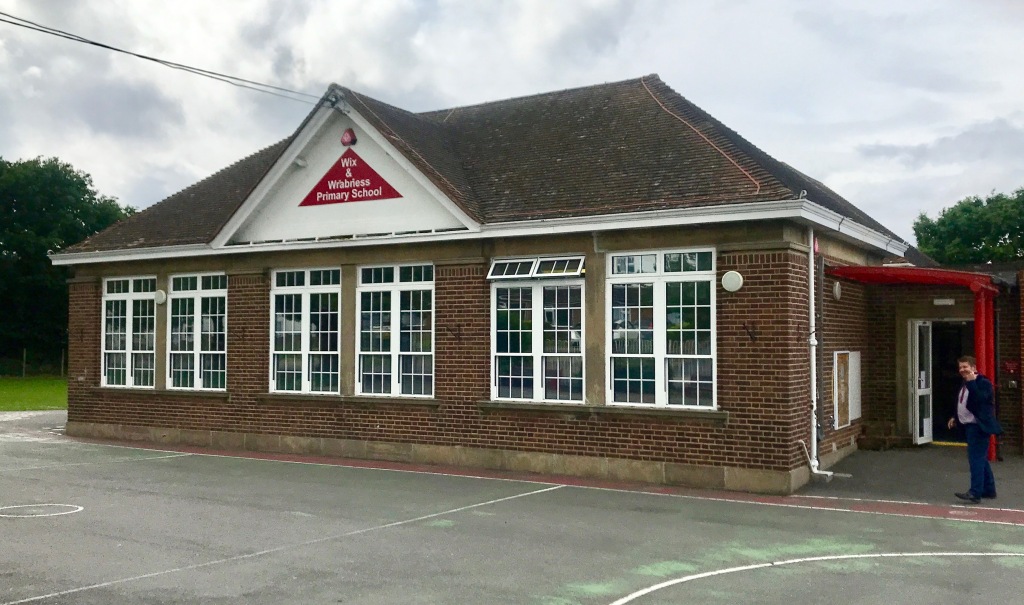
Here at RAPS, we are not only interested in what goes on in our 40 arts-rich primary schools. We are also keen to find out how each school became artistic and the reasons why they started to pursue a creative pedagogy. And while some of our schools have been arts-rich for as long as any of the existing staff can remember, Wix and Wrabness is an excellent example of how vision, purpose and inspiration can transform a school – its students, staff and the wider community.
Wix and Wrabness, a school of 117 students is sited in the small rural village of Wix in Tendring, Essex about 15 miles east of Colchester. The mixed demographic of students come from Wix, Wrabness, Clacton-on-Sea and other areas of high deprivation including Harwich.
We spoke with Head teacher James Newell and Deputy Head and Arts Lead Vanessa Lindsay about the school’s journey. Both had worked previously at Two Village Church of England Primary for several years in different roles. It was there that they developed what became the Garden of Curiosities which they describe as ‘a really creative space’ in which artists from all over the country would come to work with the students.
James took up the Headship at Wix and Wrabness six years ago. He was soon joined by Vanessa as Deputy Head and Arts and Culture lead. James’ first goal was to create a curriculum that was driven through the arts. ‘When you’re trying to make a big change like that, you need more than one person to do it’ James acknowledged.
James’ and Vanessa’s senior leadership roles have allowed them to take their creative arts-rich child-led (‘going out and exploring rather than being told what to learn’: James) vision to new heights.
‘That’s been the beauty here’, Vanessa explained: ‘We’re both leadership and we’re absolutely driven with it, whereas before we had that drive, but the leadership didn’t really buy into it, so ultimately it wasn’t very sustainable’.
The results are evident in this intricate Year 5/6 clay work and the large topic-themed 3D door-mounted sculptures:
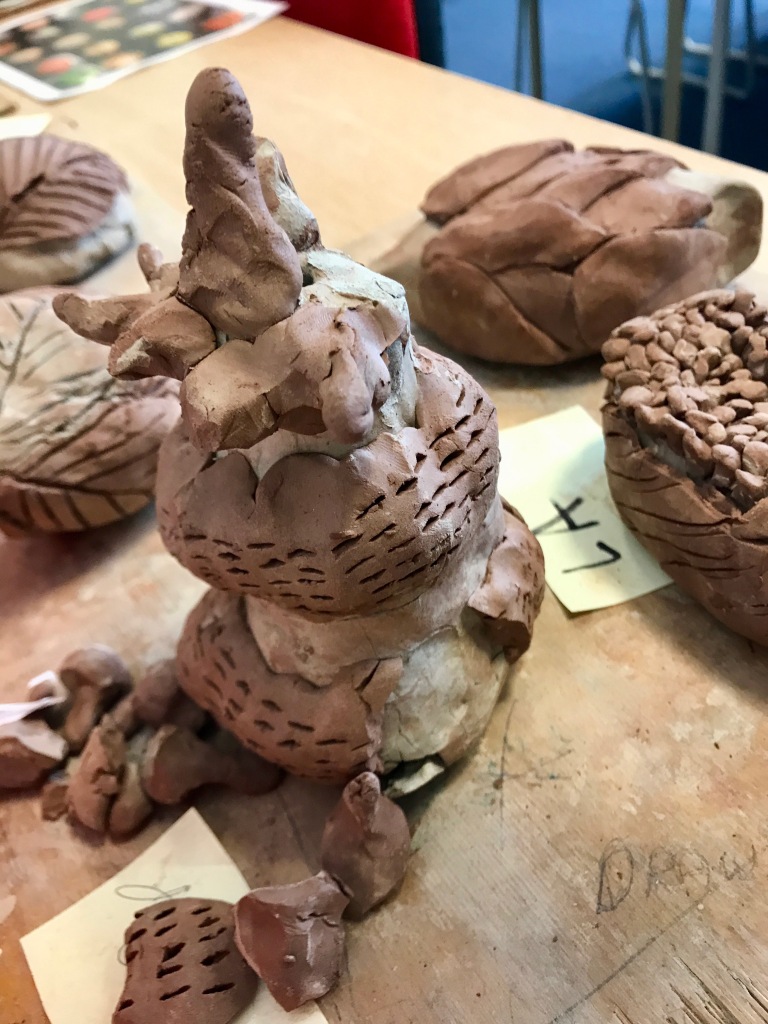

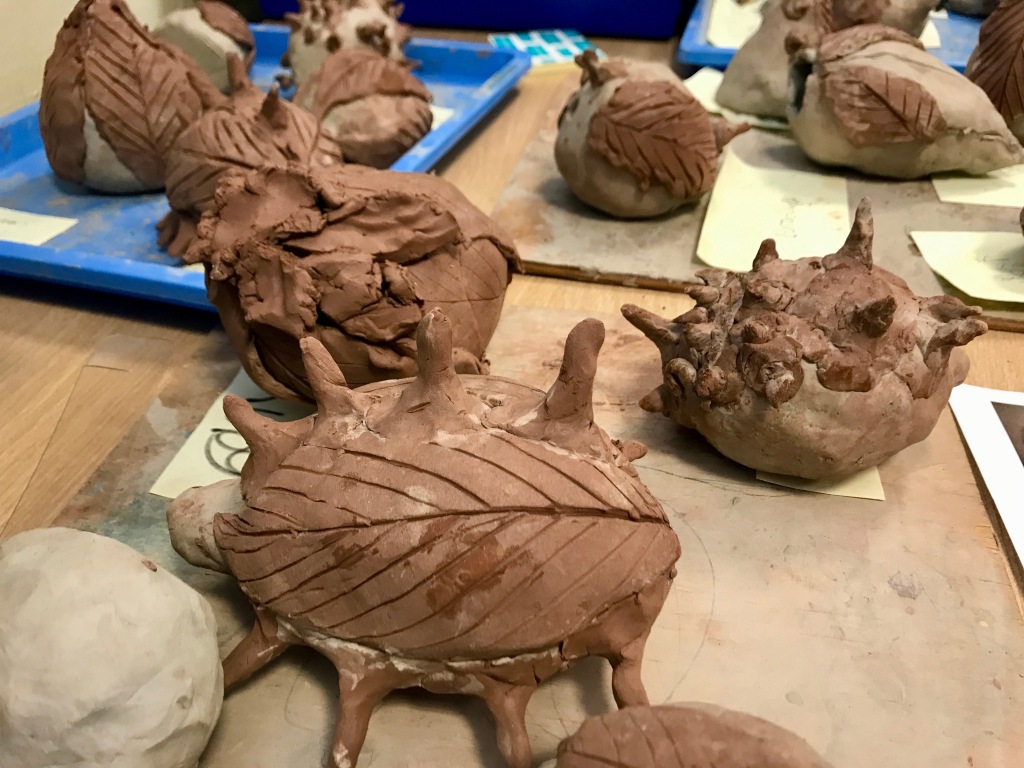
Also on display were other three-dimensional art works themed around the Mayans, Mexico, Egypt and China:
The pair talked to us about the importance of working with external artists and cultural partners in sustained and meaningful ways so that the staff, students and artists build productive relationships.
Among the list of artists and partners were local sculptor Nicola Burrell who worked with students on their D&T landscapes, mosaic artist Anne Schwegmann-Fielding who collaborated on creating the friendship bench at the front of the school (below), local mixed media artist Juliet Lockhart and creative performance artists the Grand Theatre of Lemmings.
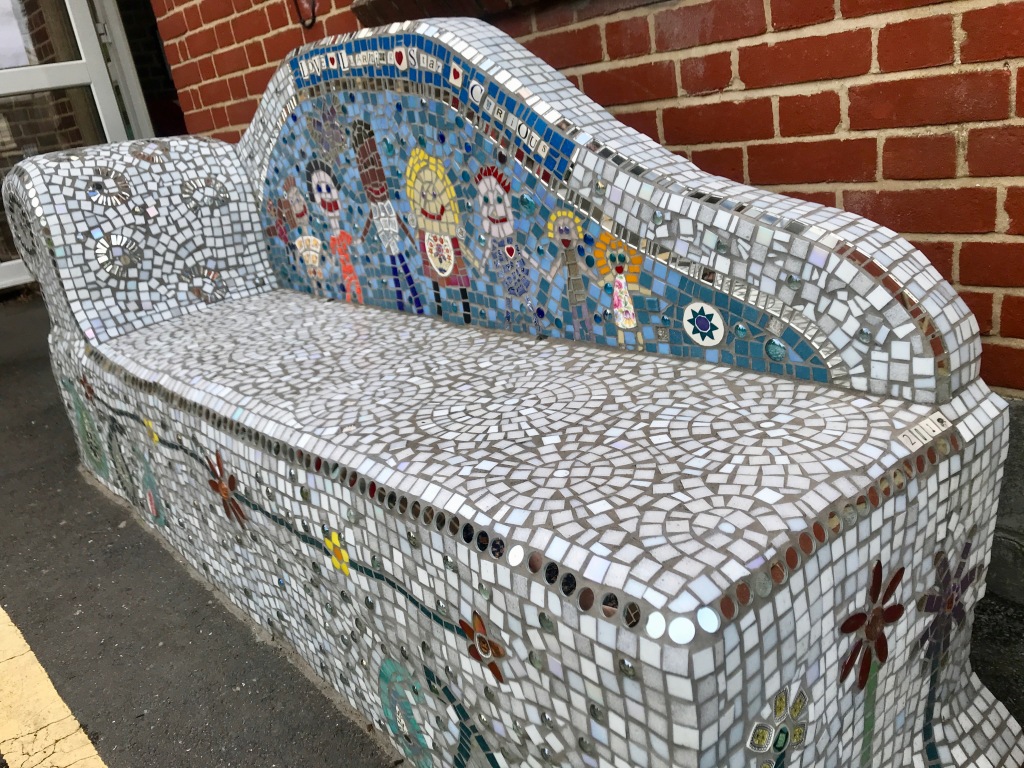
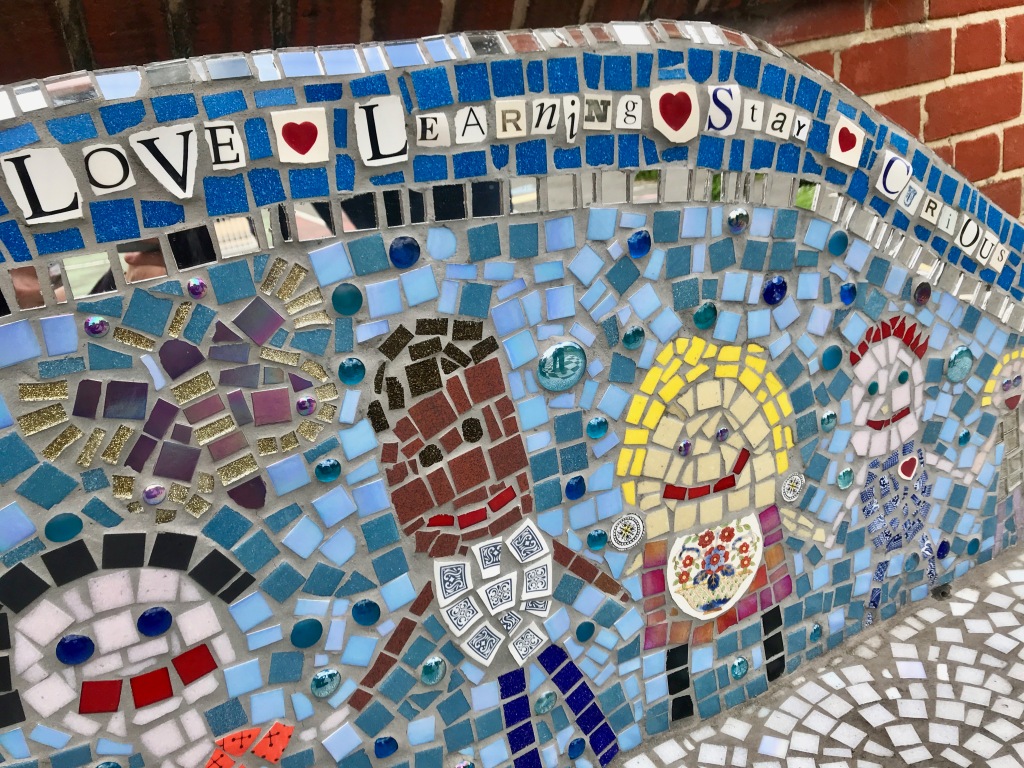
James and Vanessa testified to how studying on the Cambridge Curiosity and Imagination Certificate of Professional Studies at the Faculty of Education, University of Cambridge had inspired their arts and cultural education programme Curious Education.
They have also led CPD for the Colchester teacher training consortium and staff at the school have had training via the Let’s Play programme associated with the National Theatre in London. Vanessa worked with a director from the National to create an ‘unusual’ and innovative nativity with the KS1 students. The process was immersive and multi-faceted; the play was performed in-the-round.
Wix and Wrabness also have strong links with the Royal Opera House. The students have visited the huge aircraft hangar space in Purfleet where the sets for the ROH are made and the wigs and costumes stored. ‘Broadening their horizons doesn’t necessarily mean leaving the area’ James explained.
The pair are working hard to spread their arts-rich message to the wider community and ‘bigger networks’. They have recently been selected by the Royal Opera House to act as consultants and hosts for a six-week CPD course on bringing the creative industries into primary schools.
Their outward-looking artistic approach is displayed on the walls and corridors, and in the students’ sketchbooks and art folders where BAME heroines and Jaspar Johns nestle with the Queen, Culture Club and banks of colourful ukeleles.
To seal the deal, Wix and Wrabness are an Arts Award Centre. Their Year 5 and 6s have achieved Bronze awards through artwork based around the Royal Opera House’s design challenge. They have Platinum Arts Mark status, a Music Mark award and are proud to be a Wellbeing Hub.
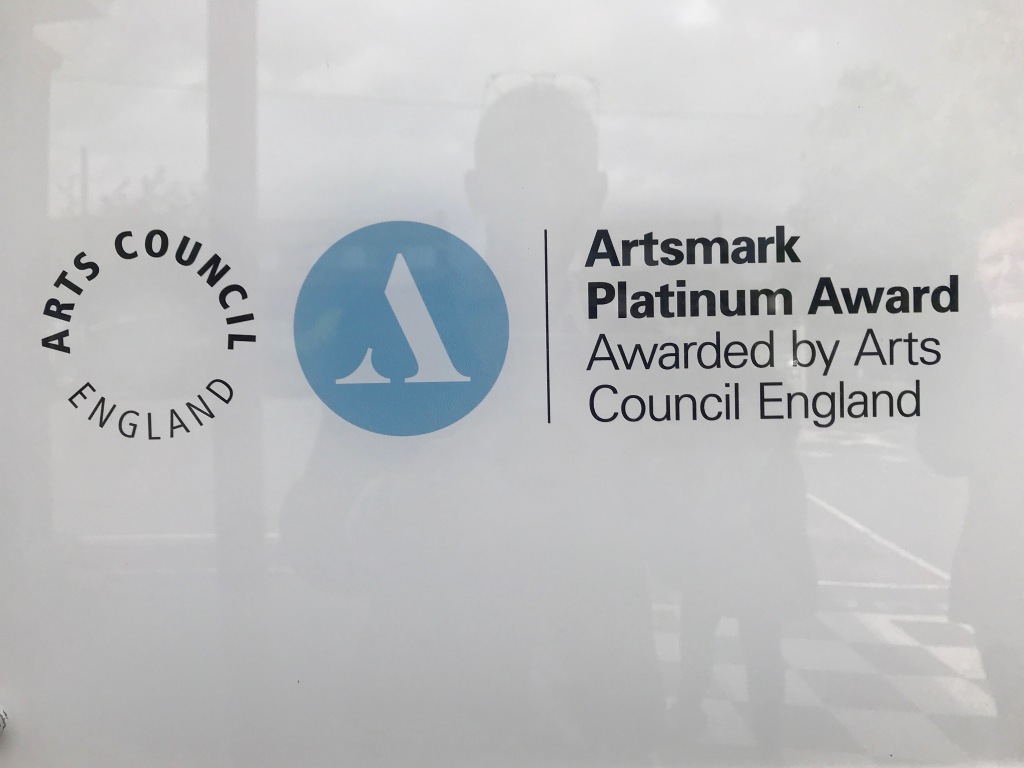


With Covid currently on the back foot, the team are planning to transform their summer school fete into a celebratory arts-packed festival. Building on a half-day creative den building experience with students and parents, the festival will feature a disco, circus skills, storytelling, drama and live music. Get behind us in the queue for your Access All Areas pass!
We would like to thank Head teacher James Newell, Deputy Head and Arts Lead Vanessa Lindsay, and the many children who came to speak with us about their arts-rich experiences.
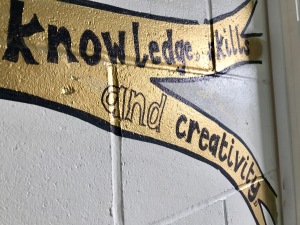
You may also be interested in reading our recently-published Art, Craft and Design Rapid Evidence Review – a survey of published scholarly literature on art, craft and design in education.



